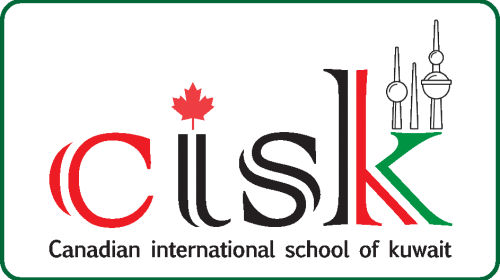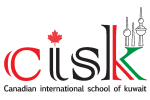Canadian International School of Kuwait
Available Courses
Our courses can streamline any home learning program, supplement a child’s day school curriculum, or be used as review materials. Parents and learning coaches prefer CISK courses because we make it easy to organize, plan, and pace their child’s learning, and also track their progress. You can register for an independent course, a facilitated course, or a Learning Pod. Regardless of the path you choose, all CISK parents and students enjoy the peace of mind that comes with courses fully aligned to the Canadian international school of Kuwait (CisK) of Education curriculum expectations. We simplify things so you can enjoy the experience of confidently guiding your child along their learning journey.
- Grade 1
- Grade 2
- Grade 3
- Grade 4
- Grade 5
- Grade 6
- Grade 7
- Grade 8
- Grade 9
- Grade 10
- Grade 11
- Grade 12
Grade 1 Mathematics

This course builds on the Kindergarten curriculum to further develop students’ understanding of fundamental mathematical concepts by exploring topics related to number, coding, algebra, data, spatial sense, social emotional learning skills in mathematics, and financial literacy. Throughout the course, students will be encouraged to build their social-emotional learning skills by focusing specifically on positive motivation and how to use self-talk strategies to themselves and their peers. Regarding numbers, students work with numbers up to 50 and learn how to count by various amounts. They learn how we use numbers in everyday life. Students learn basic addition and subtraction strategies. They are also introduced to basic fractions and how to divide shapes into equal parts. In algebra, students find, continue, and create patterns and show a pattern in different ways. They also begin to work on the idea that in a number sentence, both sides of the equal sign have the same value. Students will begin to write code to order a sequence of steps and to give basic instructions to a computer. They also learn how to find simple errors in code and how to correct them. In data, students organize data into categories and then display the data to help draw conclusions. They ask and answer questions about data. In spatial sense, students compare the length, mass, and capacity of different objects and learn how to read a calendar. They also learn how to describe different shapes and figures. In financial literacy, students learn about Canadian coins and bills and practice comparing their values. Through investigation of real-life problems, students develop a strong foundation of mathematical knowledge and skills. Students apply mathematical processes and build transferrable critical thinking skills in varied teaching and consolidation activities that appeal to diverse learning styles. Students participate in engaging storylines along with characters who connect their learning to real-world contexts and build confidence by instilling a positive attitude towards mathematics. Various opportunities consolidate students’ learning through technology and offline activities, including tactile manipulatives, to reinforce essential mathematical strategies and tools. The course has a strong focus on reinforcing number sense and numeracy skills. It also provides various activities for practice throughout. This course prepares students for grade 2 mathematics |
Grade 1 Science & technology

First graders should be learning fundamentals skills in topics like physical science, life science, and Earth science. Students should also learn the importance of observation, note taking, and communicating information, all essential skills that they will put to use as they continue to learn more advanced science concepts throughout the years. some of the most common topics covered in 1nd grade science curriculum are:
|
Grade 1 Language

Reading is a big part of first grade. As your child begins to broaden their reading skills, you’ll notice that they’ll begin to read words everywhere they go and relish in their newly developed skill. It’s important that you read to your child, and vice versa, on a daily basis to help them develop their literacy skills even further. A comprehensive and effective first grade language arts curriculum will help your child accomplish the following goals and objectives:
|
Grade 2 Mathematics
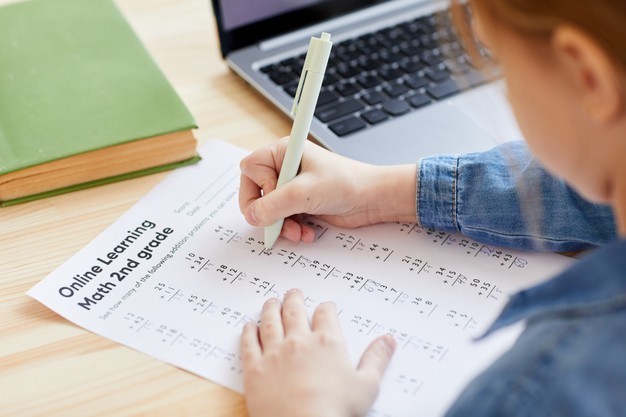
This course builds on the Grade 1 curriculum to further develop students’ understanding of fundamental mathematical concepts by exploring topics related to number, coding, algebra, data, spatial sense, social emotional learning skills in mathematics, and financial literacy. Throughout the course, students will be encouraged to build their social-emotional learning skills specifically focusing on critical thinking skills, including creative and flexible ways of solving various problems. Regarding numbers, students show, count, order, compare, and read numbers up to 200. They continue to develop skills in solving problems involving addition and subtraction. Students work with fractions and are exposed to the concept of sharing things equally. In algebra, learn about geometric patterns and how to extend them. They also learn about equality and how to make pairs of equations equal by adjusting their numbers. Students will develop code that moves objects from one location to another on a grid. In data, students collect, organize, display, and interpret data. They will learn about the probability of events occurring and explore probability through experiments. In spatial sense, students continue to develop an ability to identify and sort shapes. They describe and represent the relative locations of objects and represent objects on a map. In measurement, students estimate and measure length, height, distance, and time. In financial literacy, students build on their understanding of Canadian coins and bills. They learn how to represent money amounts in different ways and compare different amounts of money. By investigating real-life problems, students develop a strong foundation of mathematical knowledge and skills. Students apply mathematical processes and build transferrable critical thinking skills in varied teaching and consolidation activities that appeal to diverse learning styles. Students participate in engaging storylines along with characters who connect their learning to real-world contexts. Such meaningful experiences build confidence by instilling a positive attitude in students towards mathematics. Various opportunities consolidate student learning through technology and offline activities, including tactile manipulatives, to reinforce essential mathematical strategies and tools. The course has a strong focus on reinforcing number sense, numeracy skills, and frequent practice activities. This course prepares students for grade 3 mathematics |
Grade 2 Science & technology

In second grade, students learn to plan and conduct experiments. From states of matter and how they transform, to creating Earth models using different materials and more. Observation and note taking will continue to be key during second grade as they learn more advanced concepts that will be essential for them in the future. some of the most common topics covered in 2nd grade science curriculum are:
Your second grade science lesson plans will build on the skills gained in earlier grades and challenge them with progressively more complex material. While facts are important, an effective science curriculum will encourage students to observe, ask questions, and explore concepts for themselves. |
Grade 2 Language

Reading Foundational skills for second grade readers involve making sure they are able to read carefully and independently for sustained periods of time. They will grow in their ability to comprehend unfamiliar text and to make predictions based on what they have just read. Some of the specific reading goals for 2nd grade include:
WritingIn second grade, students continue learning how to communicate clearly and coherently with their writing. They will begin to study the writing process the stages of writing from pre-writing through editing. Some of the specific goals that second graders will aim for in writing include:
Grammar It is impossible to separate reading and writing skills from the conventions of English. Although often one of the more challenging areas of language arts, second grade students should be on track to creating grammatically correct sentences and paragraphs. Second graders will continue to review the grammar rules they have learned to this point, and will add new concepts such as:
|
Grade 3 Mathematics
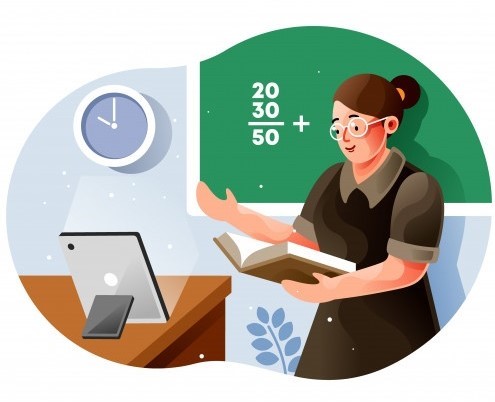
This course builds on the Grade 2 curriculum to further develop students’ understanding of fundamental mathematical concepts by exploring topics related to number, coding, algebra, data, spatial sense, social-emotional learning skills in mathematics, and financial literacy. Throughout the course, students will be encouraged to build their social-emotional learning skills by focusing specifically on real-world problems and solutions that different individuals might encounter. They will practice different ways of exploring problems in order to find solutions that best suit their level of understanding and come to recognize that different people may arrive at solutions by using a variety of unique tools and strategies. Regarding numbers, students will become familiar with numbers up to 1000 by counting, representing, identifying, comparing, and ordering different numbers according to different problem sets. They will learn how to break down numbers in different ways. In algebra, students will use different strategies and tools to help them address number problems. They will use whole numbers and fractions to explore algebra, addition and subtraction, multiplication and division, and patterning. They will use real-life problems and algebraic reasoning skills to explore relationships, patterns, and expressions. They will also write code in order to perform repeating operations as a further exploration of repeating patterns. In data, students will learn how to collect, organize, display, and organize data. They will use surveys, graphs, charts, and tables in order to inform decisions, make predictions, and draw conclusions. They will employ statistical analysis techniques and explore probability in order to make predictions. In spatial sense, students will develop skills by exploring shapes and measurement. They will identify, sort, compare, and construct a variety of 2D and 3D shapes. They will also describe the movement of different shapes by exploring flips, turns, and slides on a coordinate plane. Students will explore measurements of length, height, distance, perimeter, area, mass, and capacity in a variety of different units and contextual situations. They will also learn how to tell time on both digital and analog clocks. In financial literacy, students will continue to develop their understanding of money by familiarizing themselves with different bills, coins, and interactions that require calculating change. They will estimate, calculate, add, subtract, and show equivalency for different money amounts in a variety of true to life problem sets. Through investigation of real-life problems, students develop a strong foundation of mathematical knowledge and skills. Students apply mathematical processes and build transferrable critical thinking skills in varied teaching and consolidation activities that appeal to diverse learning styles. Students participate in engaging storylines along with characters who connect their learning to real-world contexts and build confidence by instilling a positive attitude towards mathematics. Various opportunities consolidate students’ learning through technology and offline activities, including tactile manipulatives, to reinforce essential mathematical strategies and tools. The course has a strong focus on reinforcing number sense and numeracy skills. It also provides various activities for practice throughout. This course prepares students for grade 4 mathematics. |
Grade 3 Science & technology
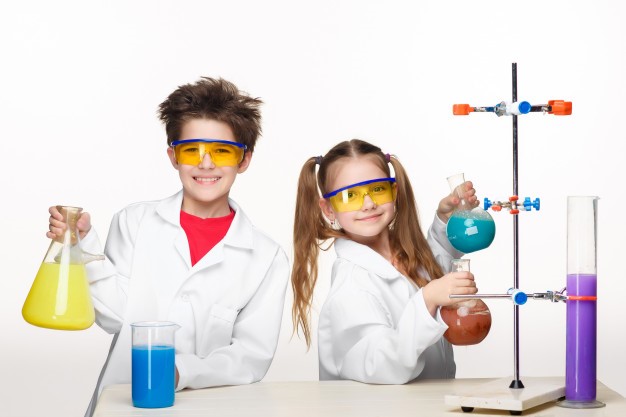
Making sure your third grader accomplishes their learning objectives for science is a must, otherwise, learning more complex concepts in the upcoming years will only prove difficult. Since homeschooling laws vary based on where you live, be sure to find out what your state’s homeschool requirements are when it comes to third grade science. Typically, you’ll find that science objectives for third grade include the following:
|
Grade 3 Language
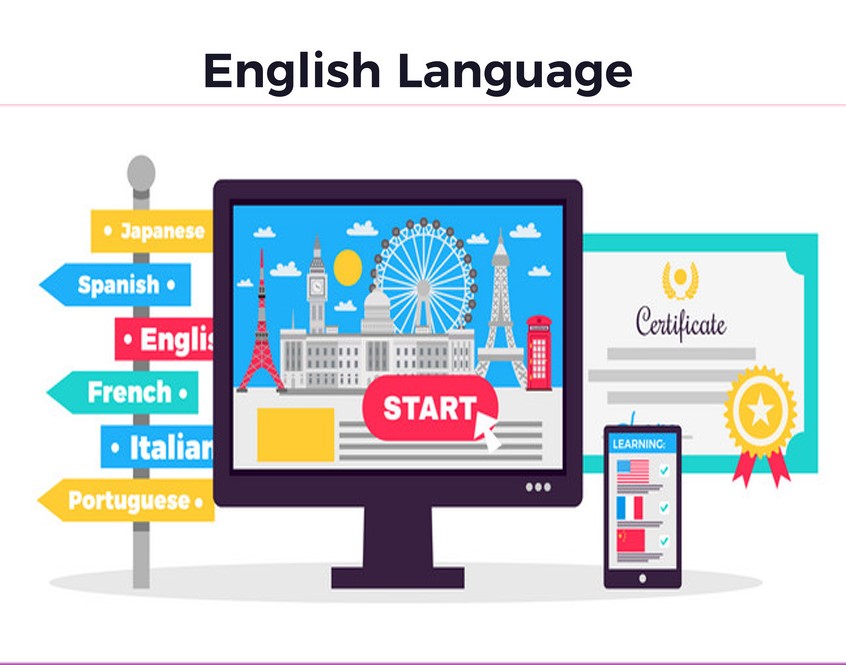
Reading Now that phonics and reading skills are pretty much mastered, it’s time for your child to focus on their comprehension skills. Using the right strategies to break down text, ask questions, make inferences and summarize are all concepts that students will focus on this year. The ideal language arts curriculum for third grade will help your child address these and many more objectives, including but not limited to:
Writing With the basics down, students are now moving on to writing longer, more detailed copy. This year, students will continue to grow their vocabulary and use these new words and phrases to make their writing as clear and concise as possible. A 3rd grade language arts curriculum will also help students with the writing objectives listed below.
GrammarGood writing isn’t possible without a solid understanding of grammar rules. This year, students will gain a deeper understanding of concepts that will help them communicate more effectively, both in writing and orally. Your language arts curriculum for third grade should teach your child how to:
|
Grade 3 Social Emotional
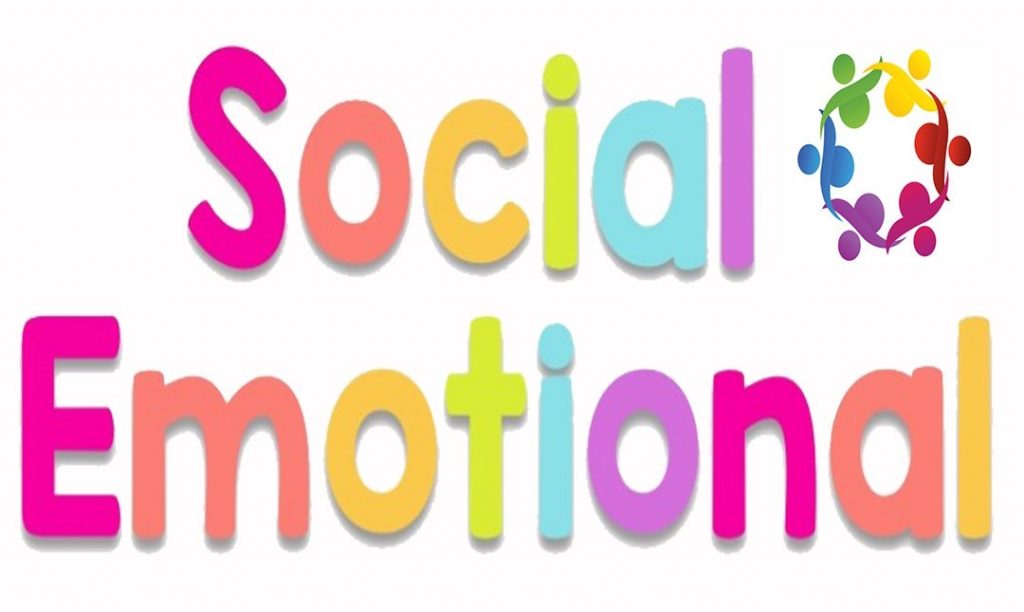
In Social Emotional Learning – Elementary, addresses basic social and emotional concepts that every child needs from getting along with others to self esteem, from learning to be aware of the feelings of others to dealing with insensitive people or emotionally challenging situations. sincerely caring attitude radiates out to students, helping them to accept the life-enriching ideas presents. Addressing serious issues that students will encounter throughout their lives, encourages students to realize that even at a young age, they are the captains of their fates, that they control where their lives will go, and that they have the power to overcome any adversity and become truly amazing people. |
Grade 3 Social Studies
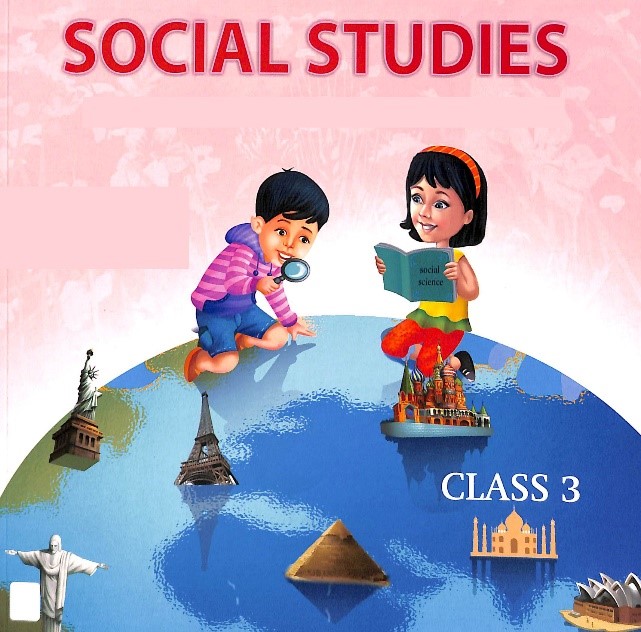
By the end of third grade, students should be well versed and knowledgeable on a number of social studies topics and concepts. A comprehensive third grade social studies curriculum should help your child meet this year’s objectives as well as prepare them for next academic year. Some of the learning targets your student should achieve include: understanding of economic concepts (banks, imports/exports/production of goods) exploration, colonial life focuses on the importance communities – how they work together, how varying conditions may affect them, and how they have evolved over time. Learn about the characteristics, way of life, and beliefs of various cultures such as vikings, etc. |
Grade 4 Mathematics

This course builds on the Grade 3 curriculum to further develop students’ understanding of fundamental mathematical concepts by exploring topics related to number, coding, algebra, data, spatial sense, social emotional learning skills in mathematics, and financial literacy. Throughout the course, students will be encouraged to build their social emotional learning skills by focusing specifically on the interactions and challenges they face in the world around them. They will learn to solve problems using reasoning, cooperation, tools, and a variety of different problem-solving strategies. Students will practice using math language in order to communicate their ideas and solutions in order to tell a story and to cooperate with others. Regarding numbers, students will learn how to identify, represent, show place value, compose and decompose, compare and order numbers up to 10 000, and learn how to round four-digit numbers. They will also be introduced to reading, writing, and understanding decimal numbers. Students will explore different ways of representing, comparing, counting by, and ordering fractions. They will be able to show equivalent fractions. Students will practice addition and subtraction of four-digit numbers using a variety of tools and strategies. They will also practice multiplying and dividing numbers by 1 through 11, as well as by 100, and 1 000. Students will practice their problem-solving skills by working through real-world problems that require the use of more than one operation to find a solution. In algebra, students will continue to expand their knowledge of patterning as they create, identify, extend, and predict repeating and increasing patterns. Students will explore the commutative and distributive property of both multiplication and addition. They will also make use of a variety of different tools and strategies in order to help them find missing numbers in equations and to solve inequalities. In data, students will learn about the differences between qualitative and quantitative data, and primary and secondary sources of data. They will demonstrate an understanding of and the uses of the mean, medians, and modes. They will collect and organize data in order to display it in a variety of different charts and graphs, and then use their charts and graphs to create simple infographics in order to tell a story about data. They will use data, charts, graphs, infographics, and probability experiments in order to read, interpret, compare, predict, and draw conclusions based on applicable data sets. In spatial sense, students will learn the properties and characteristics of rectangles and learn how to identify, describe, reflect, and translate different angles and shapes. They will learn how to differentiate among acute, right, obtuse, and straight angles, and students will explore lines of symmetry. They will also use shapes to create patterns. While exploring measurement, students will estimate, compare, and determine mass and capacity in a variety of different units and contextual situations. They will also continue to expand their knowledge of time by exploring units of minutes, hours, days, weeks, years, decades, and centuries. In financial literacy, students will be exposed to the different methods of payment that are used in modern society. They will estimate and calculate costs, make change for cash purchases, and explore the relationships among spending, saving, earning, investing, and donating. They will build good financial sense by practicing how to determine whether purchases are worthwhile. Through investigation of real-life problems, students develop a strong foundation of mathematical knowledge and skills. Students apply mathematical processes and build transferrable critical thinking skills in varied teaching and consolidation activities that appeal to diverse learning styles. Students participate in engaging storylines along with characters who connect their learning to real-world contexts and build confidence by instilling a positive attitude towards mathematics. Various opportunities consolidate students’ learning through technology and offline activities, including tactile manipulatives, to reinforce essential mathematical strategies and tools. The course has a strong focus on reinforcing number sense and numeracy skills. It also provides various activities for practice throughout. This course prepares students for grade 5 mathematics. |
Grade 4 Science & technology
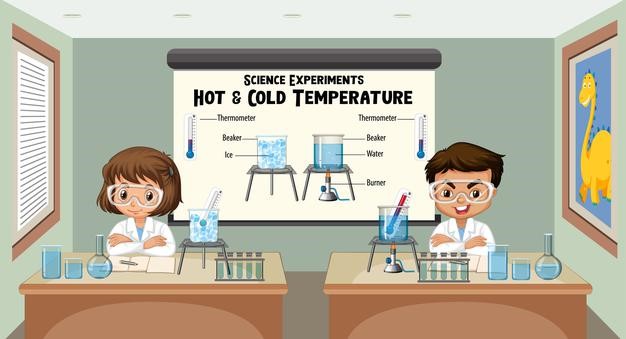
This course builds on the Grade 3 curriculum to further develop students’ understanding of fundamental sientific and technological concepts by exploring topics related to life systems, structures, mechanisms, matter, energy, Earth’s systems, and space systems. Students will learn how science and technology relate to society and the environment. They will start to understand the basic concepts of science and technology while developing the skills, strategies, and habits of mind required for scientific inquiry and technological problem-solving. As part of life systems, students will focus on habitats, natural communities, and the impacts that changes to habitats can have on plants and animals. Students will learn that living things (including humans) rely on other living things for the energy and resources they need to live. They will also investigate factors that alter various habitats and communities, including factors that occur naturally and those that result from human action. For structures and mechanisms, students will delve deeper into understanding simple machines by looking at pulleys and gears. Students will learn that pulleys and gears can transfer motion from one object to another, transform one kind of motion into another, change the speed and direction of an object’s motion, and change the amount of force needed to move an object. They will identify how these devices are used to improve everyday life, learn about mechanical advantage, and apply what they have learned through investigations of their own design. Students will also explore the properties of light and sound by investigating and observing how these forms of energy interact with various objects in the environment. Students will discover ways in which materials can be used to transmit, reflect, or absorb light and sound in order to control these energies. They will then begin to apply this knowledge by constructing simple devices and examining the impact of technologies related to sound and light on our everyday lives. Finally, students will explore Earth and space systems through the study of rocks and minerals, which is also known as the science of geology. By examining different types of rocks and minerals found in Earth’s crust, students will learn that the unique characteristics and properties of rocks and minerals are a result of how they were formed. These properties then determine the possible uses of these resources. |
Grade 4 Language
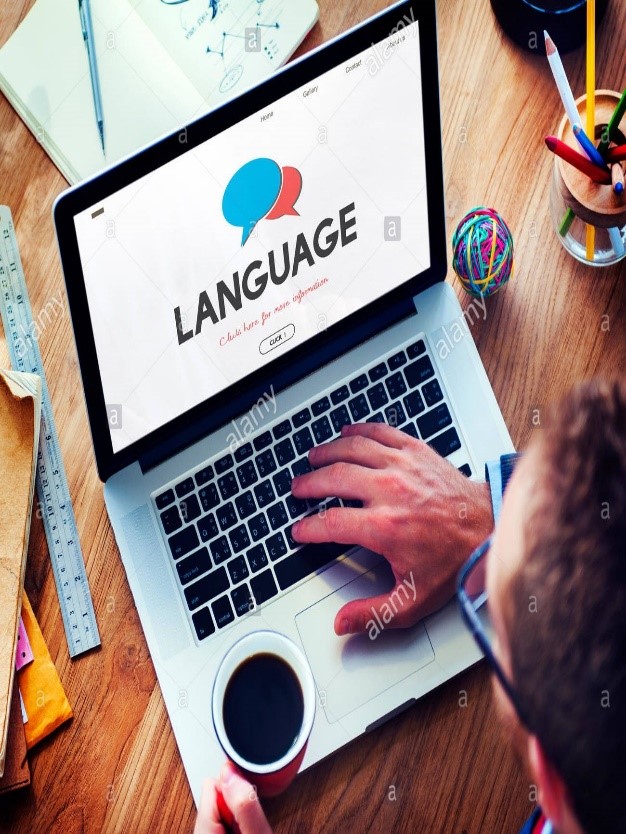
ReadingFoundational skills for fourth grade readers involve making sure they are reading a wide variety of books and other written materials. They will be sharing what they are reading with others, both verbally and in writing. Your child should be reading fluently enough to read aloud comfortably as well. Specifically, some of the objectives for this year’s reading instruction include:
WritingYour fourth grader will become actively involved in the steps of the writing process this year. From prewriting to drafting to editing and revision, fourth graders will learn how to plan out their compositions and refine them. Some of the specific writing goals our 4th grade language arts curriculum aims for this year include:
GrammarIn fourth grade, students learn to apply what they have learned about grammar and mechanics as they write original compositions. Our 4th grade language arts curriculum lessons focus on parts of speech, similes and metaphors, punctuation, double negatives, and spelling. Fourth graders will continue to review the grammar rules they have learned to this point, and will add new concepts such as:
|
Grade 4 Social studies
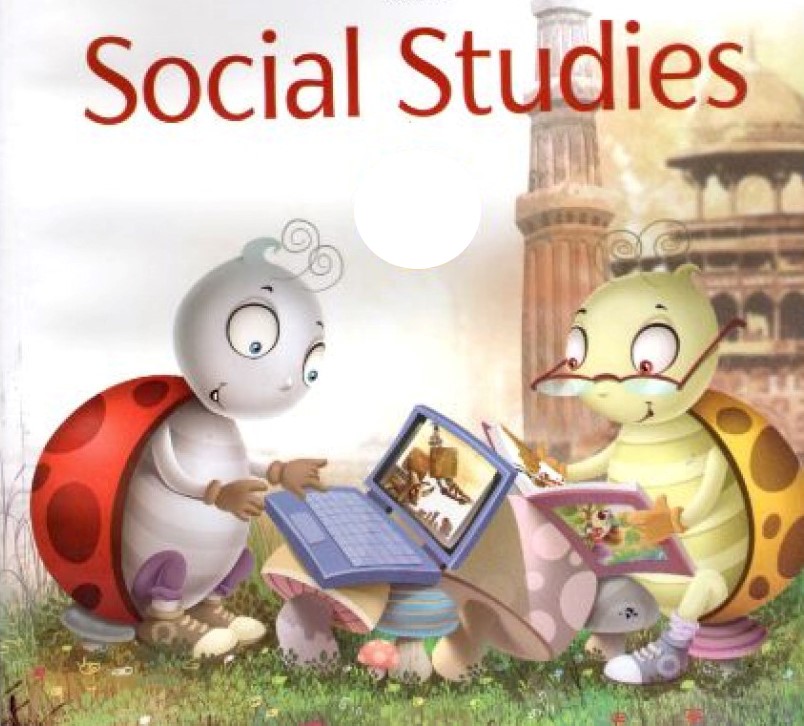
By the time they reach fourth grade, students are usually strong readers who have developed the skills for seeing patterns in history and current events. This growth prepares them for reading longer and more in-depth historical narratives and for recognizing how ancient, past, and current events are often tied together. A standards-based program will target goals like:
|
Grade 4 Social Emotional
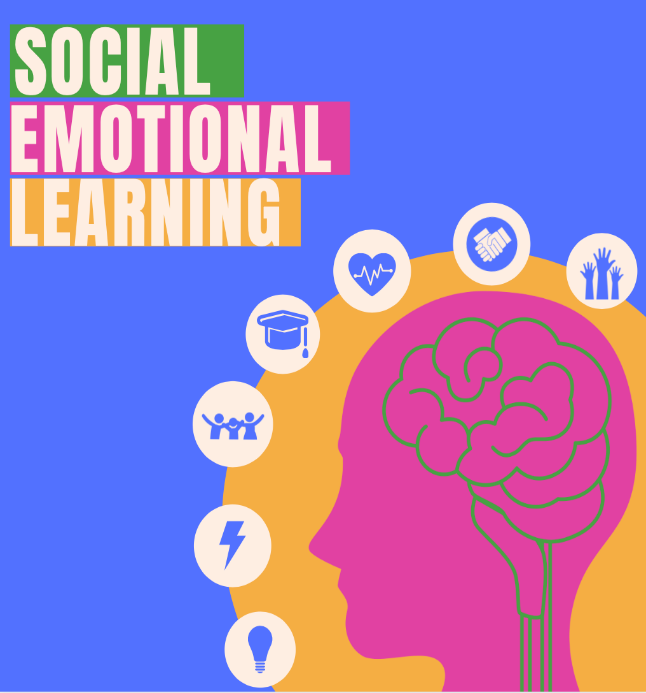
Designed to help students develop socially and emotionally into happy, responsible, productive adults, the Social Emotional Learning – Elementary course begins by discussing students’ personal characteristics, strengths, and values, and how important it is that they remain true to their core values. Students explore how they can use the choices they make each day to control their lives, and they consider the concept that there are boundaries that they need to respect and responsibilities they need to shoulder. They learn what it means to be inspired, and that being inspired is a choice they make. They discuss how to be considerate and respectful, and how their attitudes shape their successes. They learn how developing good personal hygiene and a regular daily schedule can improve their lives. |
Grade 4 Foreign Language
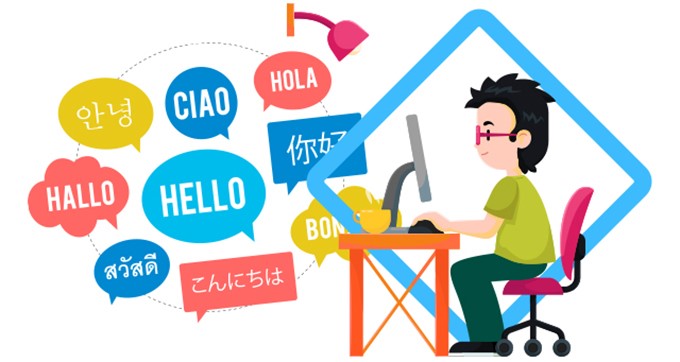
Whether you choose Spanish or Japanese, German or Russian, learning a foreign language can strengthen your career prospects in a global economy. But it is more than just learning to speak in a new way. It’s about learning to think in a new way. Become a citizen of a broader world. Learning languages benefits kids in many areas including academic achievement, cognitive development, and cultural empathy. Our fourth grade foreign language worksheets expose kids to a variety of cultures and corresponding languages including Spanish, Japanese, French, German, and more with colorful approaches that will have your kids seeing the world through very different sets of eyes in no time. |
Grade 4 Fine art
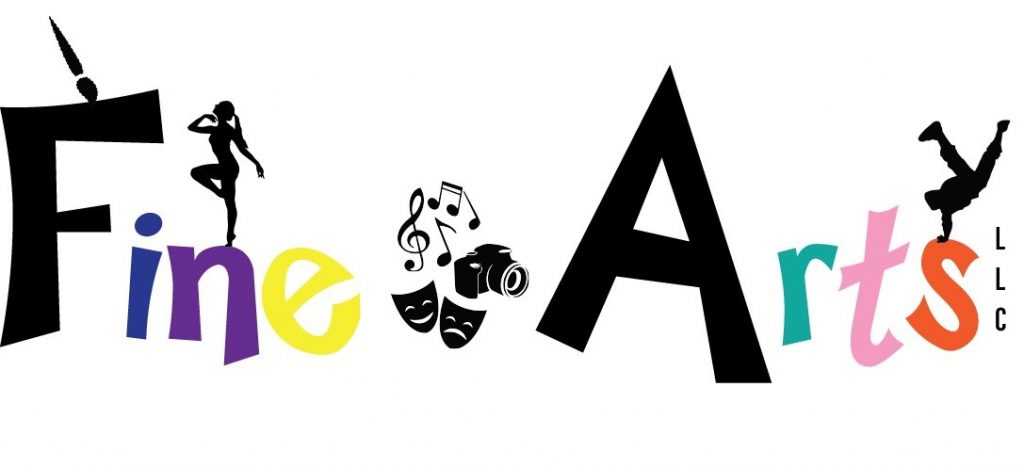
Grade 4 students further develop techniques in drawing, painting, printmaking, sculpture, fabric arts, photography and computer graphics, and they mix media for new experiences. They express feelings and ideas through their art and try to make their art look more like things in real life. Your child will study the visual qualities of objects and compare different objects and forms. All students should have the opportunity to experience the fine arts as part of a well-rounded education. The study of drama, dance, music, media arts, and the visual arts helps students explore realities, relationships, and ideas that cannot be expressed simply in words or numbers. |
Grade 4 Health & Physical Education

The Health and Physical Education (HPE) curriculum helps students learn the skills and knowledge they need to lead healthy, active lives and make healthy and safe choices. There are four parts to the curriculum: Healthy Living Active Living Movement Competence Social-Emotional Learning (SEL) Skills. |
Grade 5 Mathematics
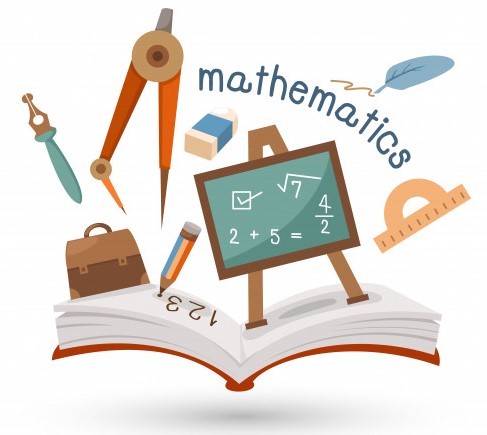
This course builds on the Grade 4 curriculum to further develop students’ understanding of fundamental mathematical concepts by exploring topics related to number, coding, algebra, data, spatial sense, social emotional learning skills in mathematics, and financial literacy. Throughout the course, students will be encouraged to build their social emotional learning skills by focusing specifically on their unique understandings and ways of interpreting problems. They will be encouraged to observe how other people solve problems and what they can learn from one another. Students will be given the tools and language to share their mathematical knowledge with others so they can work cooperatively to solve problems in a variety of different ways. Regarding numbers, students will continue to expand their number sense and numeracy by working with numbers up to 100 000. Students will learn how to read, write, represent, compare, order, and solve problems using numbers up to 100 000. They will continue practicing multiplication and division problems by multiplying and dividing two, and three-digit numbers, and fractions. They will use mental math strategies to find solutions to addition and subtraction problems and will practice solving problems that involve more than one operation. While working with decimal numbers, students will practice reading, writing, representing, comparing, ordering, rounding, adding, and subtracting decimal numbers. They will do similar tasks with fractions, including comparing and ordering proper and improper fractions and mixed numbers. They will also be introduced to adding and subtracting fractions with like denominators. In algebra, students will practice identifying, extending, creating, and predicting geometric growing, shrinking, and repeating patterns. They will also explore how to make a table of values and graph points on a coordinate plane in order to further explore relationships in patterns. They will also explore number patterns. Students will begin to write and solve algebraic expressions and equations and will practice their understanding of equivalent relationships and solving inequalities. While exploring coding, student will read, use, and alter conditional statements and other control structures to solve problems. In data, students will continue to explore different data collection, sampling, and organization methods, as well as practice making use of mean, medians, and modes. In addition to making their own infographics to represent data and tell a story, students will analyze data that has been presented in different formats. They will continue their experimentation, understanding, and theoretical knowledge of probability and probability experiments. In spatial sense, students will continue their exploration of acute, right, obtuse, and straight angles in order to identify, measure, and construct different angles. Students will also identify, classify, and construct triangles and other shapes using a compass, protractor, and understanding of congruency. Students will draw objects from a variety of different perspectives, and describe and perform different translations. Using a variety of different units and real-world contexts, students will estimate, measure, create, solve, and convert measurement problems for area and perimeter. They will also continue to explore measurements of mass and capacity and how to select the best unit of measure for the task at hand. In financial literacy, students will learn about the different methods of transferring money. They will estimate and calculate the cost of transactions and learn how to design and balance budgets. They will begin to develop an understanding of credit, debt, and tax and use unit rates to find the best value. Through investigation of real-life problems, students develop a strong foundation of mathematical knowledge and skills. Students apply mathematical processes and build transferrable critical thinking skills in varied teaching and consolidation activities that appeal to diverse learning styles. Students participate in engaging storylines along with characters who connect their learning to real-world contexts and build confidence by instilling a positive attitude towards mathematics. Various opportunities consolidate students’ learning through technology and offline activities, including tactile manipulatives, to reinforce essential mathematical strategies and tools. The course has a strong focus on reinforcing number sense and numeracy skills. It also provides various activities for practice throughout. This course prepares students for grade 6 mathematics. |
Grade 5 Science & technology
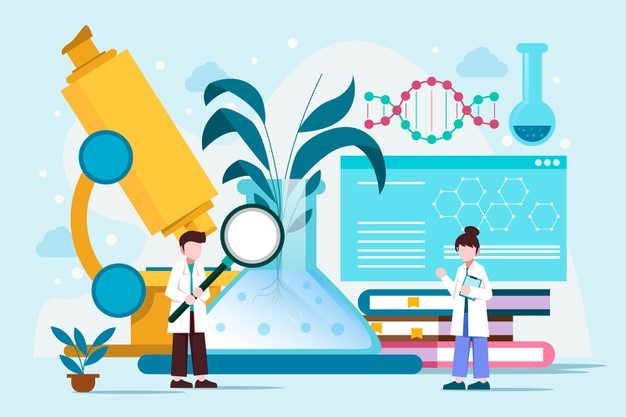
This course builds on the Grade 4 curriculum to further develop students’ understanding of fundamental scientific and technological concepts by exploring topics related to life systems, structures, mechanisms, matter, energy, Earth’s systems, and space systems. Students will learn how science and technology relate to society and the environment. They will start to understand the basic concepts of science and technology while developing the skills, strategies, and habits of mind required for scientific inquiry and technological problem-solving. As part of life systems, students will explore how the choices they make about their bodies may have lifelong effects. This helps students understand that the body is made up of a number of organs and that these organs are parts of systems that can be affected by a variety of factors. Students will learn the location, structure, and function of each major organ in the respiratory, circulatory, and digestive systems. Students will also develop an understanding of the importance of proper nutrition and exercise to the healthy functioning of organ systems. For structures and mechanisms, students will identify and describe forces acting on and within structures. As they measure and compare external forces (natural or human) acting on structures and their effects on different materials, they will develop their understanding of force and the ways in which structures respond to forces. Students will begin to apply their learning by designing and building structures and mechanisms. Students will also study the environmental impact of the production, use, and disposal of different materials. Students will also learn about commonly found states of matter (solids, liquids, and gases) and the characteristics of each. They will also explore changes of state and investigate the difference between physical changes and chemical changes. The use of heat to affect changes in matter will be relevant to the final unit on Earth and space. Finally, students will explore Earth and space by learning about the conservation of energy and the use of renewable or alternative sources of energy. They will discover how energy consumption and production are important factors in maintaining our present standard of living and ensuring adequate energy supplies for future generations. Students will also learn to recognize the immediate and long-term impacts and costs associated with every choice. |
Grade 5 Language
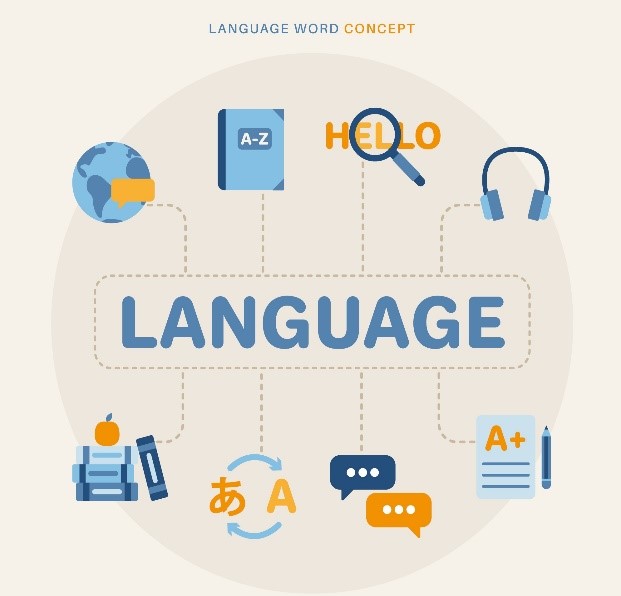
In this course, students will do more than master basic language skills, they will learn to value the power of language and use it responsibly. Students will learn how to express feelings and opinions and support these opinions with research. They will learn how to use language in formal and informal situations and how to communicate clearly; orally, in writing, and through a variety of media. As students read and reflect on a rich variety of literary, informational, and media texts, they will develop a deeper understanding of themselves and others and of the world around them. They will also develop the ability to understand and critically interpret a range of texts and to recognize that a text conveys one particular perspective among many.
|
Grade 5 Social studies
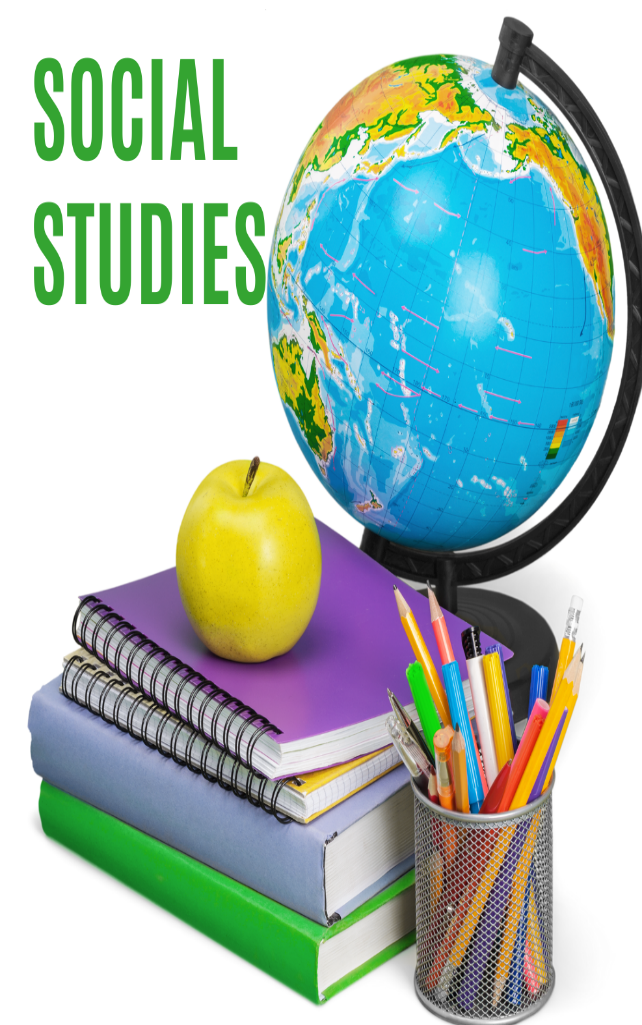
Fifth grade social studies usually begins by studying early societies such as the Olmec Civilization and the Phoenicians. Typically following a chronological order, students then move on to Ancient Greece before they begin to focus on U.S. history. You’ll find that social studies lesson plans also include the study of geography, economics, and politics. Below are just a few other topics your child will learn about this year.
By the end of this year, students should have a good understanding of ancient civilizations and the exploration and colonization of North America and the impact these had on human history. Your Grade 5 child will explore Canada and its regions and see Canada’s history through the experiences of Aboriginal, French, British and immigrant groups. Your child will develop a sense of belonging and an awareness of how the multiple stories of Canadians contribute to a sense of citizenship and identity |
Grade 5 Social Emotional
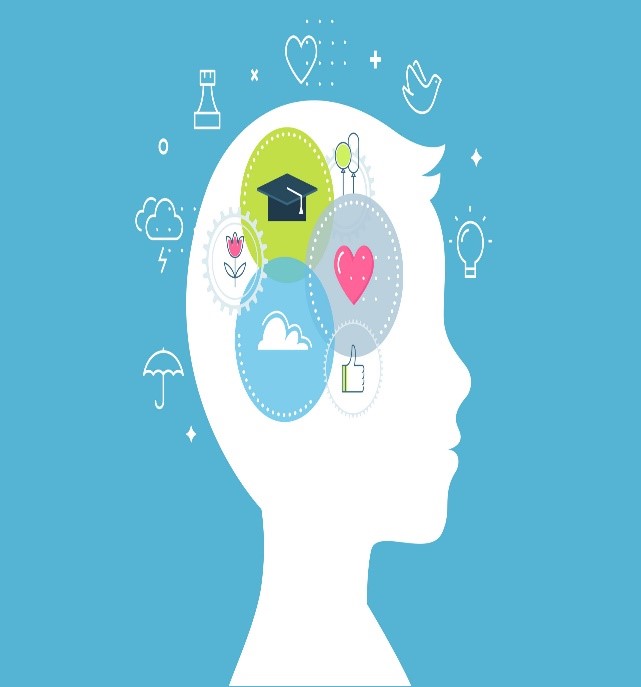
Major goals of social and emotional learning are to teach students: Self-awareness: Having a clear perception of your personality, thus allowing you to understand other people, and how they perceive you Self-management: Taking responsibility for one’s actions Social awareness: Being aware of your surroundings and social circumstances Relationship skills Responsible decision-making In Social Emotional Learning – Elementary, addresses basic social and emotional concepts that every child needs from getting along with others to self esteem, from learning to be aware of the feelings of others to dealing with insensitive people or emotionally challenging situations. sincerely caring attitude radiates out to students, helping them to accept the life-enriching ideas presents. Addressing serious issues that students will encounter throughout their lives, encourages students to realize that even at a young age, they are the captains of their fates, that they control where their lives will go, and that they have the power to overcome any adversity and become truly amazing people. |
Grade 5 Foreign Language
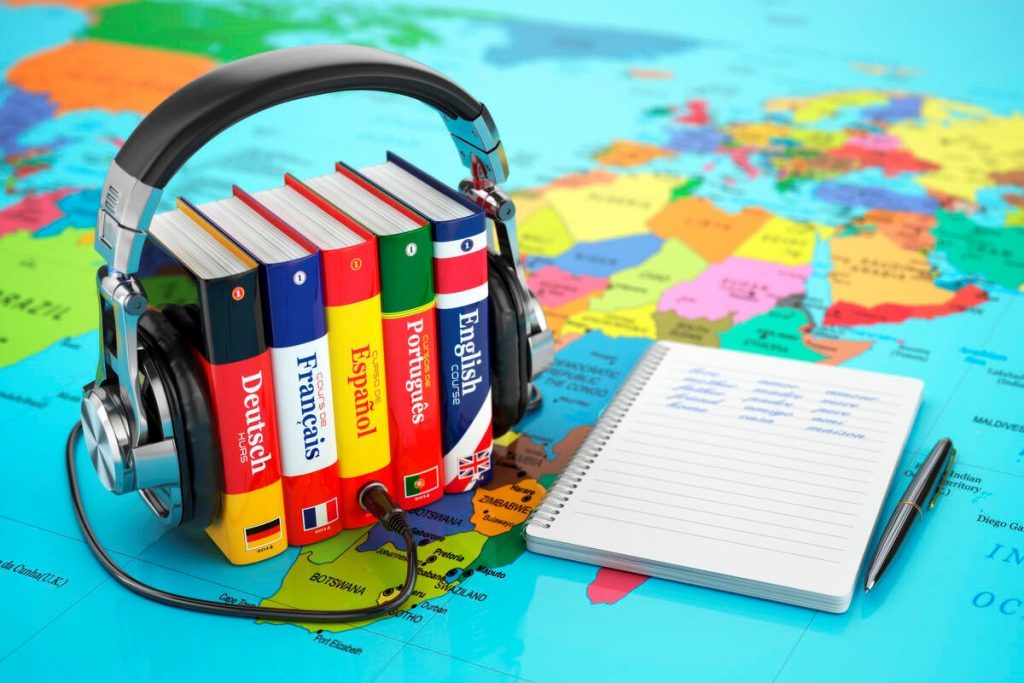
Fifth grade foreign language worksheets are great for kids learning a new language. If your ten- or eleven-year-old is fascinated by marvelous accents of another tongue, he may be interested in learning a new language. Our fifth grade foreign language worksheets help introduce your child to foreign languages in a way that’s simple and age appropriate. Try fifth grade foreign language worksheets with your little linguist. |
Grade 5 Fine art

Grade 5 students use more complicated techniques to create more complex art. They judge whether a design is “good” or not and improve on what they see. Your child will play with shapes to make new and sometimes abstract creations in drawing, painting, printmaking, sculpture, fabric arts, photography and computer graphics. They will also improve their work by using less material and working more efficiently. Visual arts and fine arts instruction is designed to foster 21st-century skills encompassing critical and creative thinking, self-direction, perseverance, and accountability in the making of personal works of art. |
Grade 5 Health & Physical Education
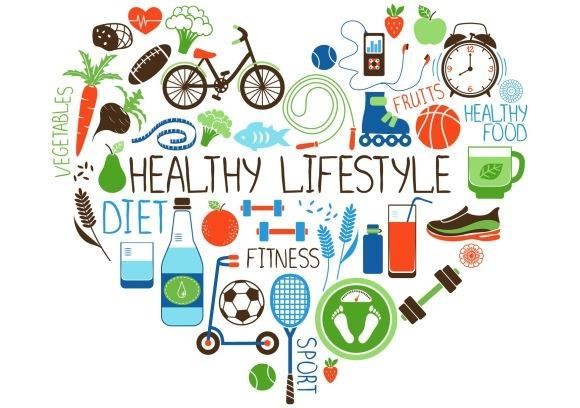
The Health and Physical Education (HPE) curriculum helps students learn the skills and knowledge they need to lead healthy, active lives and make healthy and safe choices. There are four parts to the curriculum: Healthy Living Active Living Movement Competence Social-Emotional Learning (SEL) Skills. |
Grade 6 Mathematics
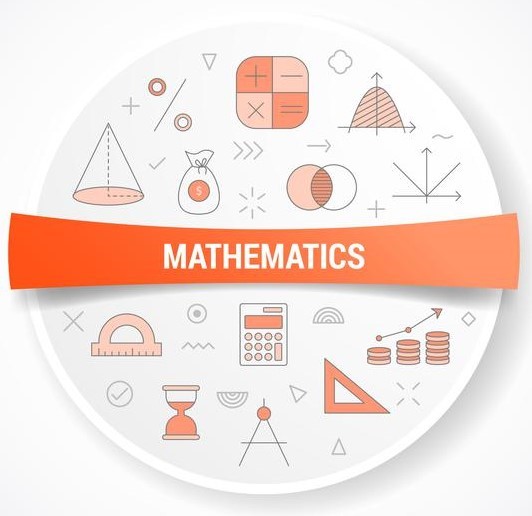
This course builds on the Grade 5 curriculum to further develop students’ understanding of fundamental mathematical concepts by exploring topics related to number, coding, algebra, data, spatial sense, social- emotional learning skills in mathematics, and financial literacy. Throughout the course, students build their social emotional learning skills by focusing specifically on breaking down problems in order to understand questions in simple terms. Such methods can be applied to mathematical reasoning. Students are encouraged to explore how to arrive at solutions in a variety of ways in order to apply their mathematical thinking creatively and in a way that serves their unique perspectives and understandings. Regarding numbers, students will be introduced to scientific notation in order to be able to read, represent, compare, order, and round both small and large numbers. They will do the same using whole numbers, mixed numbers, fractions, percentages, and decimal numbers. They will learn about prime and composite numbers as well as integers, ratios, and unit rates. While furthering their operational knowledge, they will practice multiplying and dividing four and two-digit numbers and decimal numbers. They will also practice adding, subtracting, multiplying, and dividing decimal numbers, whole numbers, fractions, percentages, and mixed numbers. In algebra, students will practice solving equations with one, two, and three variables and add monomials. They will also solve, verify, and graph inequalities. While expanding their coding knowledge, they will use code structures and practice debugging code. In data, student will explore the differences between discrete and continuous data. They will continue to collect, organize, and display data in a variety of appropriate graphs, charts, tallies, and other visual formats. They will create infographics in order to display data in a way that tells a story about their findings. They will also continue to expand their knowledge and understanding of probability by conducting a variety of different probability experiments. In spatial sense, students will explore the geometric properties of different quadrilaterals. They will sort polygons according to regular and irregular properties and use knowledge of angles to measure, construct, and find angle measurements. Students will also build 3D models using drawings. Spatial understanding will be further developed by plotting points on a Cartesian plane and by exploring measurement. Students will continue to estimate, measure, and record measures of length, area, mass, and capacity and will practice converting measurements to different units. In financial literacy, students will compare different types of payment methods in order to develop a better understanding of their uses. Students will learn about different types of financial goals, see how such goals may be reached, and gain an understanding of interest and other financial fees. Through investigation of real-life problems, students develop a strong foundation of mathematical knowledge and skills. Students apply mathematical processes and build transferrable critical thinking skills in varied teaching and consolidation activities that appeal to diverse learning styles. Students participate in engaging storylines along with characters who connect their learning to real-world contexts and build confidence by instilling a positive attitude towards mathematics. Various opportunities consolidate students’ learning through technology and offline activities, including tactile manipulatives, to reinforce essential mathematical strategies and tools. The course has a strong focus on reinforcing number sense and numeracy skills. It also provides various activities for practice throughout. This course prepares students for grade 7 mathematics. |
Grade 6 Science & technology
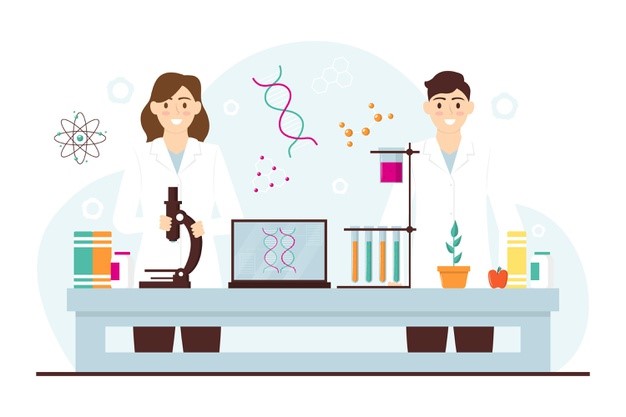
Students will learn that biodiversity includes diversity among individuals, species, and ecosystems. Through investigations and observations, students will learn the substantial effects of flight technologies on both society and the environment and the properties that make flight possible. In unit three, students will build on prior learning of electricity by exploring devices that convert electricity to other forms of energy, as well as energy conservation and alternative ways of producing energy. Finally, students will study objects in the sky, particularly their form, movements, and interactions, and past and present-day space science.
|
Grade 6 Language
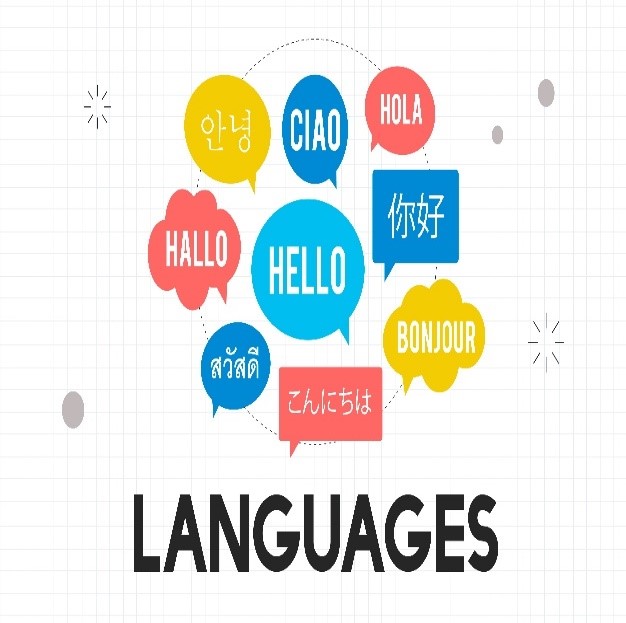
Students will use their life experiences and knowledge from the foundational skills acquired in their primary school years to complete creative, descriptive, and persuasive writing assignments and compelling presentations. Students will engage in meaningful interactions with texts and will explore complex topics through personal reflection. Multiple perspectives will be identified by exploring regional cultures and through the study of media literacy. Upon completion of this course, students will have the proficiency to enter the intermediate language course.
|
Grade 6 Social studies
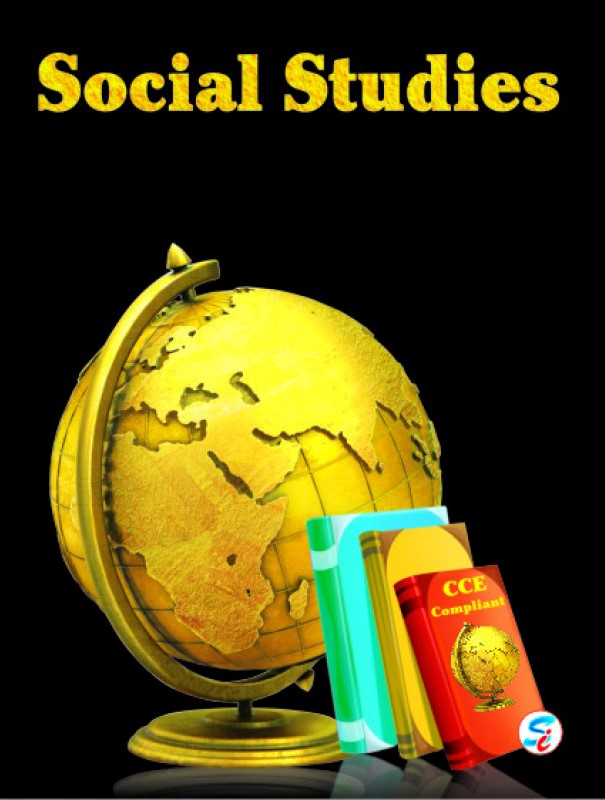
The cisk Grade 6 Social Studies course focuses on World History and Geography from pre-civilization through the rise of the Roman Empire. It begins with Hominids and Homo Sapiens and their migration to the six continents, and continues with the Paleolithic and Neolithic ages. Students learn about the Middle East, Egypt, Judaism, Mythology, and Early Greece. They analyze the Greek City States, Persia, and war between Greece and Persia. Students study India’s geography, cultural system, religions, and contributions. They explore East Asia, focusing on China’s geography, isolation, warring states, religions, politics, and dynasties. Students investigate the rise of Rome, some of its legends and founding people, Julius Caesar, and Pax Romana. They examine the birth of Christianity, its impact on Rome, and its enduring impact throughout the world to this day. Students receive understanding of interactions among various cultures, emphasizing the lasting contributions of each and the link, despite time, between the contemporary and ancient worlds. |
Grade 6 Social Emotional
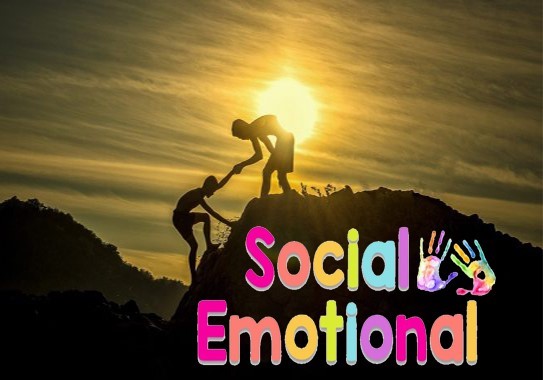
|
Grade 6 Health & Physical Education

Your child will understand that in addition to eating well and staying active, sleeping and resting are important. They will learn skills to stay home alone or to babysit and learn strategies to deal well with their stress, such as using humour or playing sports. Your child will understand that family relationships are very important and need to be worked on. Your child will participate in dance, games, gymnastics, individual physical activities and activities outside of school, such as aquatics and outdoor pursuits. Through active and safe participation, they will understand what an active lifestyle involves and how their physical and emotional health will benefit from physical activity. Your child will also discover how positive interactions, through fair play, leadership and teamwork, make physical activity more fun and productive. |
Grade 6 sanskrit

Sanskrit, meaning ‘perfected’ or ‘refined’, is one of the oldest, if not the oldest, of all attested human languages. It belongs to the Indo-Aryan branch of the Indo-European family. The oldest form of Sanskrit is Vedic Sanskrit that dates back to the 2nd millennium BCE. Known as ‘the mother of all languages,’ Sanskrit is the dominant classical language of the Indian subcontinent and one of the 22 official languages of India. It is also the liturgical language of Hinduism, Buddhism, and Jainism. Scholars distinguish between Vedic Sanskrit and its descendant, Classical Sanskrit, however, these two varieties are very similar and differ mostly in some points of phonology, grammar, and vocabulary. Originally, Sanskrit was considered not to be a separate language, but a refined way of speaking, a marker of status and education, studied and used by Brahmins. It existed alongside spoken vernaculars, called Prakrits, which later evolved into the modern Indo-Aryan languages. Sanskrit continued to be used as a first language long after it was no longer spoken. |
Grade 6 Computer Science
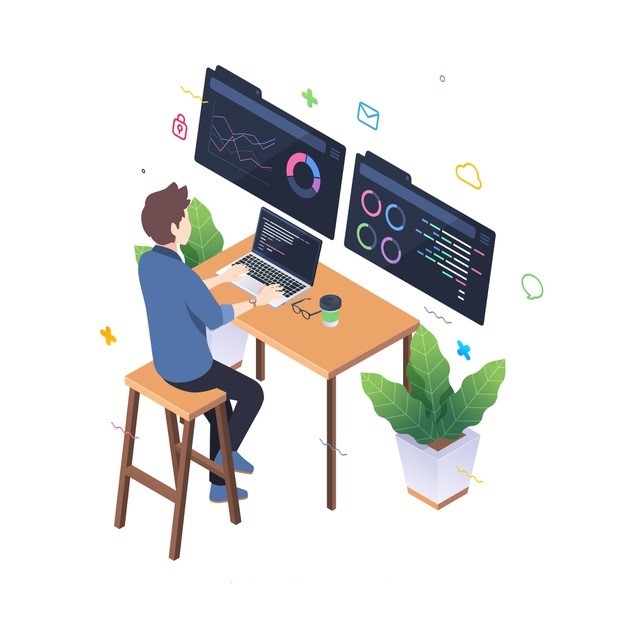
|
Grade 6 Environmental studies
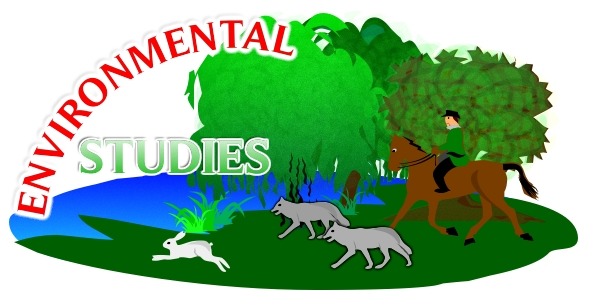
Environmental Science provides high school students an introduction to the study of the natural world and how it is influenced by human activity. Students will explore the patterns and processes of Earth and how these are affected by natural and human impacts. They will study environmental problems that our planet is facing today and various efforts to solve these problems, ultimately understanding the need for a sustainable future. |
Grade 6 French
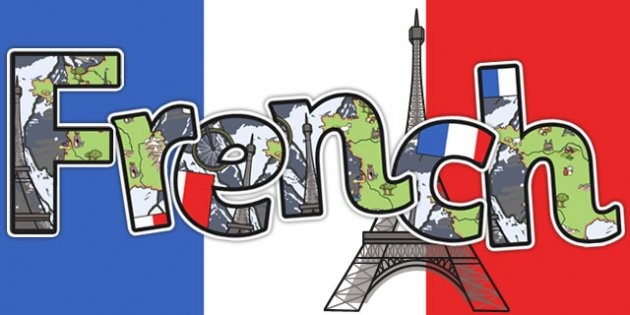
Learning French is an important part of being Canadian. Your child will use what they learned in grades 4 and 5 to learn more about the French language and Francophone cultures. They will discover Francophone communities in Alberta, appreciate that Canada is a bilingual country and learn that the national anthem was originally written in French! In French, they will discuss their health, their province, the environment, Le Carnaval de Québec, and more! This course is for the student who wishes to learn French. Students will be taught to express themselves in the target language and comprehend simple statements, commands and descriptive passages. Grammar will be addressed only in context and grammatical accuracy will be secondary to general communication. Hands-on activities, games and songs will be used to reinforce the material. The ultimate goal of studying a second languag |
Grade 6 General Knowledge
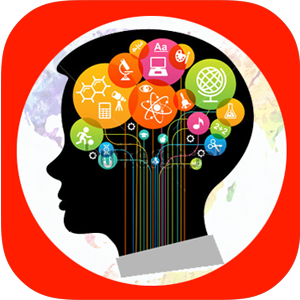
General Knowledge for class 6 is an important field in a student’s life. This is not always prescribed as a separate subject in the school syllabus, but it forms a very important foundation for a bright student. |
Grade 6 Arabic
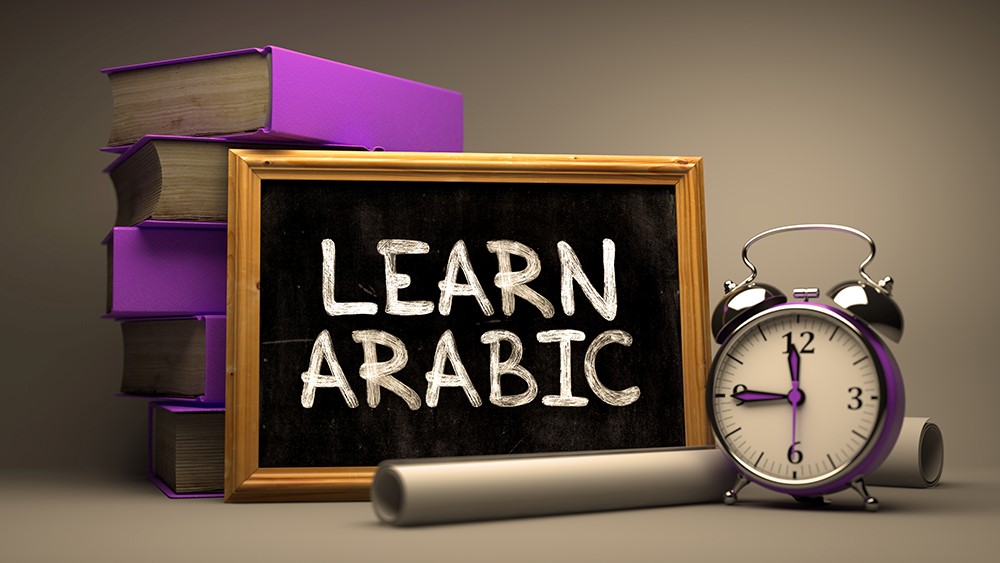
Arabic is one of the oldest, greatest and sacred languages in the world. It is also known for its eloquence and wisdom. We will expand your vocabulary and your knowledge and understanding of regular and irregular verbs, basic grammar and cultural practices. We will continue to build the four basic skills of learning another language: reading, writing, speaking |
Grade 6 Arts and Crafts
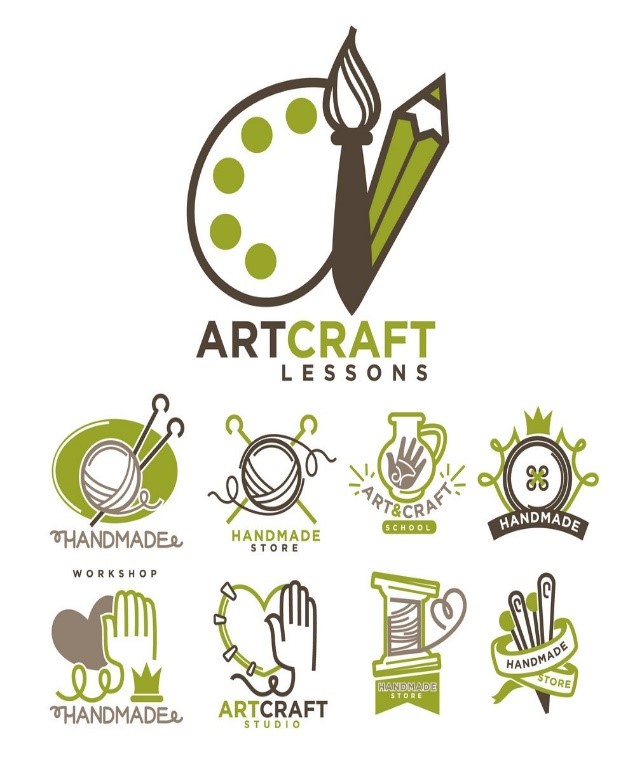
Learning in the arts and crafts is valuable on its own, but it also engages students in learning in other subjects. Research has shown visual arts instruction to improve reading readiness. Performing and creating facilitates the acquisition of problem-solving skills and teamwork. Those skills then can be applied to other academic areas. All fine arts have academic content. Thus, the arts can help students learn essential skills in new and exciting ways |
Grade 7 Mathematics
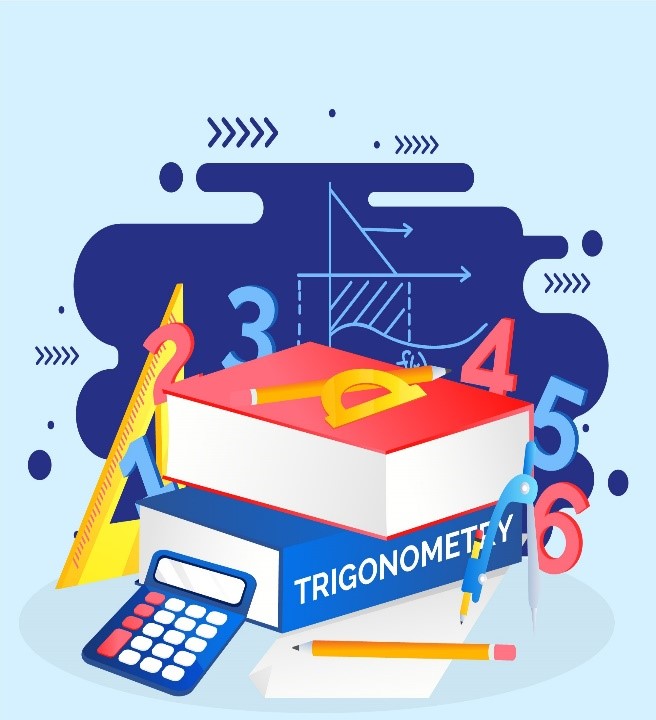
This course builds on the Grade 6 curriculum to further develop students’ understanding of fundamental mathematical concepts by exploring topics related to number, coding, algebra, data, spatial sense, social emotional learning skills in mathematics, and financial literacy. Throughout the course, students will be encouraged to build their social-emotional learning skills by specifically focusing on how to cope with stress and by managing complex challenges. Students learn to break down a task into smaller portions, make a plan, and work with it one step at a time. Regarding numbers, students work with numbers up to 1 billion, rational numbers, squares numbers and square roots. Students learn key multiplication facts from 0 × 0 to 12 × 12, begin to generate factors, work with multiples, and add and subtract fractions by using equivalent fractions. Students also develop their understanding of problems involving adding and subtracting integers. In algebra, students extend their understanding of patterns in whole numbers and relate their understanding to patterns in decimals numbers. They solve equations involving multiple terms, whole numbers, and decimal numbers. Students learn to write code that executes a probability experiment. In data, students learn how to use circle graphs to represent data. They begin to analyse data that is represented by potentially misleading graphs. Students also examine the differences between independent events and dependent events and their probabilities. In spatial sense, students learn about the circumference, diameter, radius, and area or circles. They then extend this knowledge to find measurements for the surface area and volume of cylinders and other three-dimensional objects. Students also learn how to dilate a shape. In financial literacy, students start learning about international currencies, exchange rates, and how various currencies differ in value from one another. Student are introduced to concepts of planning for and reaching financial goals. They also develop an understanding of how interest rates affect savings, investments, and borrowing, and they start to compare different types of accounts and loans. Through investigation of real-life problems, students develop a strong foundation of mathematical knowledge and skills. Students apply mathematical processes and build transferrable critical thinking skills in varied teaching and consolidation activities that appeal to diverse learning styles. Students participate in engaging storylines along with characters who connect their learning to real-world contexts and build confidence by instilling a positive attitude towards mathematics. Various opportunities consolidate students’ learning through technology and offline activities, including tactile manipulatives, to reinforce essential mathematical strategies and tools. The course has a strong focus on reinforcing number sense and numeracy skills. It also provides various activities for practice throughout. This course prepares students for grade 8 mathematics.
|
Grade 7 Science & technology
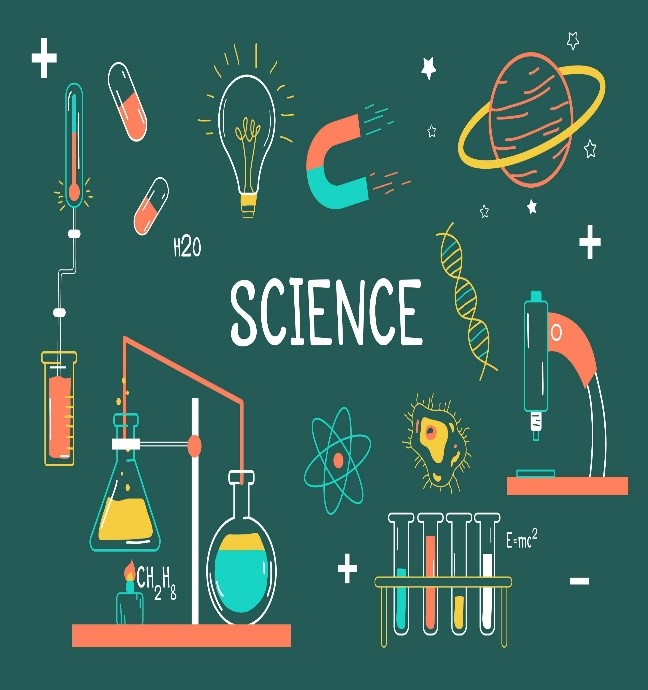
In this course, students will study the many impacts that humans have on the environment through the exploration of existing ecosystems. In unit two, students will experiment with pure substances and mixtures and will come to recognize that most matter is either a solution or a mechanical mixture. Heat energy will be explored and students will examine the critical role heat plays in natural processes and human life. By working to understand the nature of heat, students will gain new insights into the ways that heat affects our world, the causes and effects of heat, its properties, and heat transfer. Finally, students will consider the functions that structures must perform and the impact of these structures on the environment.
Grade 7 Language
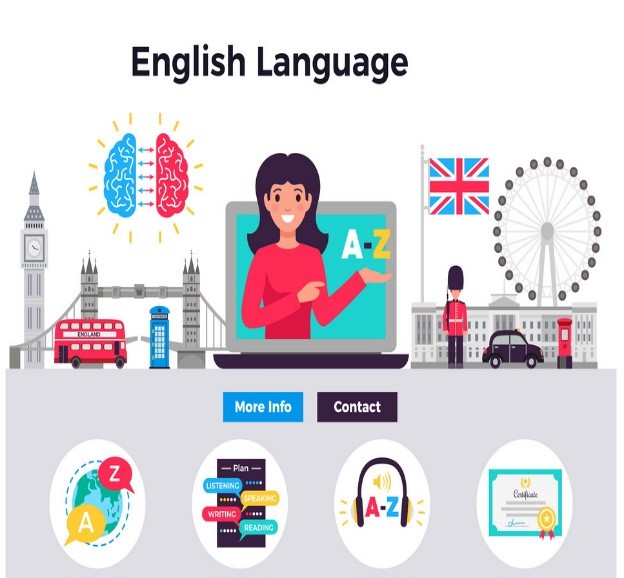
This course will review and expand upon literary forms such as poetry, descriptive writing, fiction and non-fiction, as well as oral communication skills. Students will have the opportunity to explore the influence of media on their lives, create media texts, and develop research skills through expository writing. By taking this course, students will gain to a greater level of independence as language users and ready themselves for the grade 8 Language course.
Grade 7 Social studies
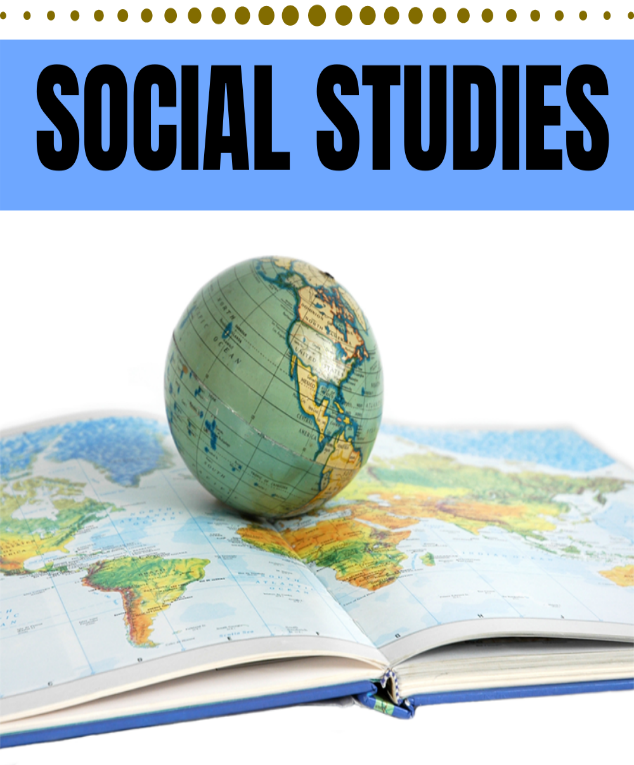
The Cisk Grade 7 Social Studies course focuses on World History and Geography across Medieval and Early Modern Times, beginning with the social, cultural, and technological changes that occ¬urred in Europe, Asia, and Africa. The course goes on to cover the history and geography of great civilizations that were developing throughout the world. Finally, it delves into the Renaissance, the Scientific Revolution, the Enlightenment, and the roots of democracy, and focuses on the political impact of the Enlightenment and its influence on the world today. This course addresses various national and state standards including those of California and is taught by Cisk Instructors. |
Grade 7 Social Emotional
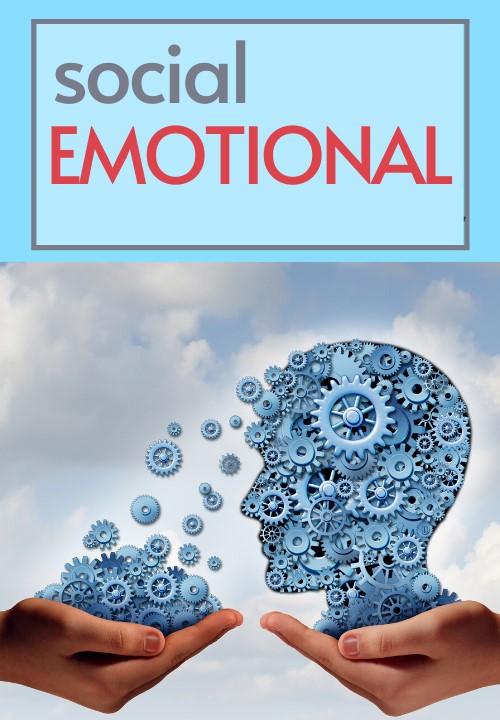
The Social Emotional Learning – Middle School course takes students on a journey of discovering their own personal strengths and potential while helping them develop skills that will empower them to lead vibrant, productive, happy lives. This course focuses on self-awareness, self-control, and self-direction, and the value of setting realistic goals to accomplish personal change in their lives. Students explore the beauty in their own uniqueness and the uniqueness of others. They are guided to understand that the attitudes they choose have a big impact on what they can accomplish in life, their happiness, and the impact they have on those around them. |
Grade 7 Health & Physical Education
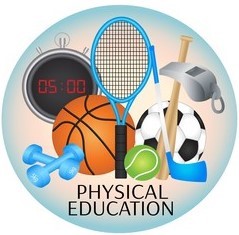
Your child will participate in dance, games, gymnastics, individual physical activities and activities outside of school, such as aquatics and outdoor pursuits. Through active and safe participation, they will understand what an active lifestyle involves and how their physical and emotional health will benefit from physical activity. Your child will also discover how positive interactions, through fair play, leadership and teamwork, make physical activity more fun and productive. |
Grade 7 sanskrit
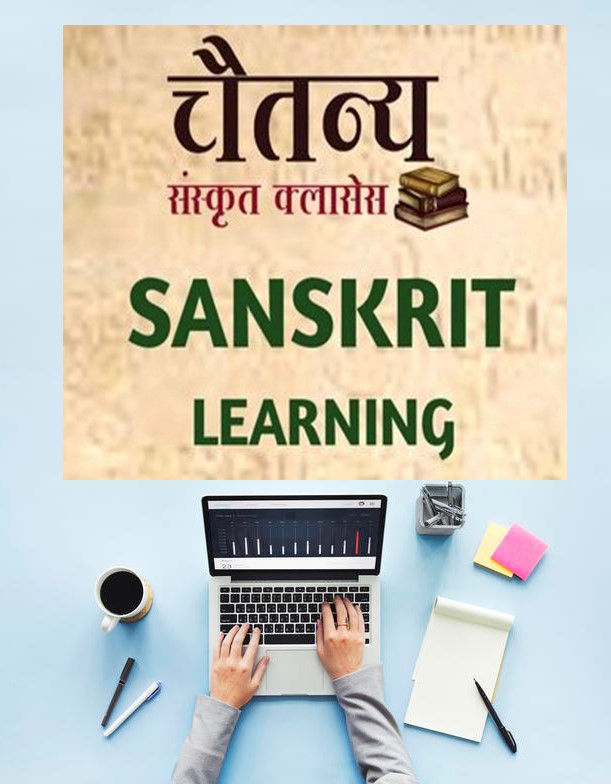
In India and in Southeast Asia, Sanskrit enjoys a status similar to that of Latin and Greek in the Western world. According to the 2001 census reported in Ethnologue, it is used as a first language by 14,100 in India and by 15,770 worldwide, as well as by 194,000 as a second language in India. Even though it is not a spoken language, its significance is such that it is one of the 22 official languages of India. As an integral part of Hindu tradition and philosophy, Sanskrit is mostly used today as a ceremonial language in Hindu religious rituals. is a required subject in many schools. Sanskrit exerted a great deal of influence on all languages and cultures of the Indian subcontinent and beyond it. Sanskrit mantras are recited by millions of Hindus and most temple functions are conducted entirely in Sanskrit, often Vedic in form. The vocabularies of prestige varieties of Indian languages, such as Hindi, Bengali, Gujarati, and Marathi, are heavily Sanskritized. |
Grade 7 Computer Science
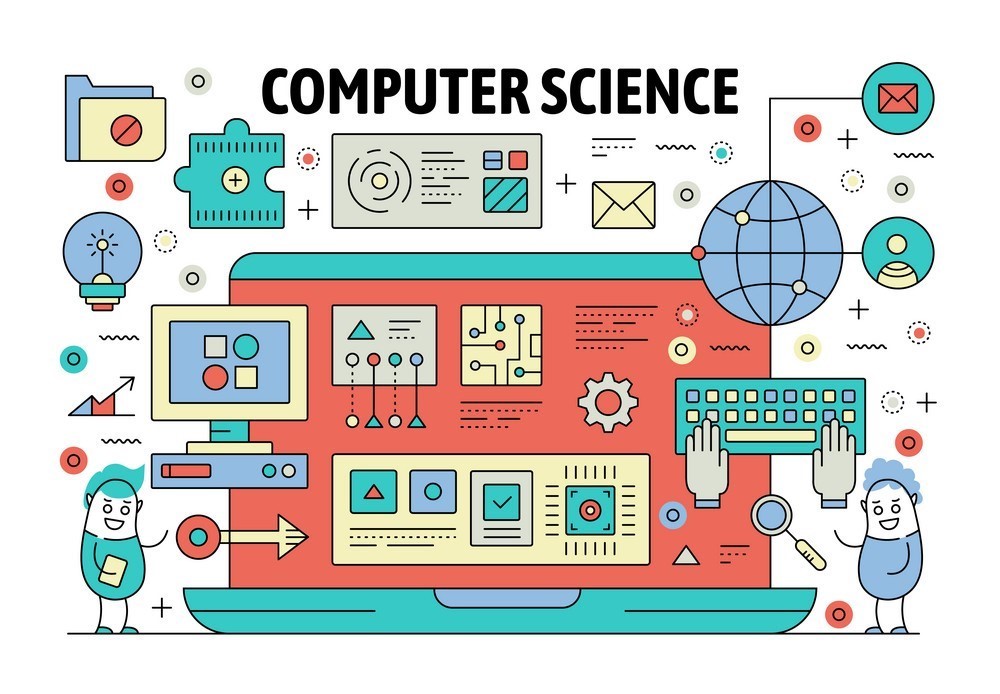
This course instructs students on core aspects of computer science. Students will learn to create and implement computer programs that solve problems relevant to today’s society, as well as deploy programming tools and effectively deal with complex problems through hands-on application and examples. |
Grade 7 Environmental studies
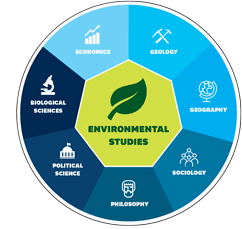
|
Grade 7 French
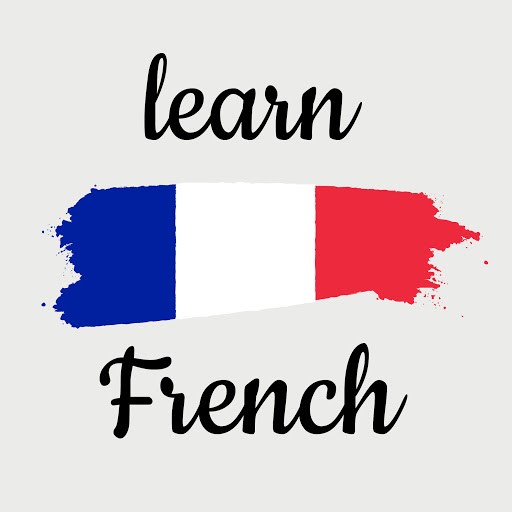
|
Grade 7 General Knowledge
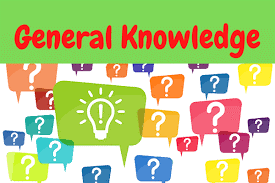
|
Grade 7 Arabic
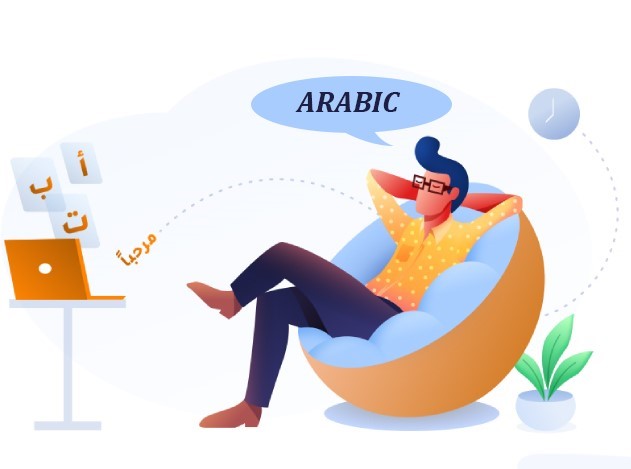
|
Grade 7 Art & Crafts
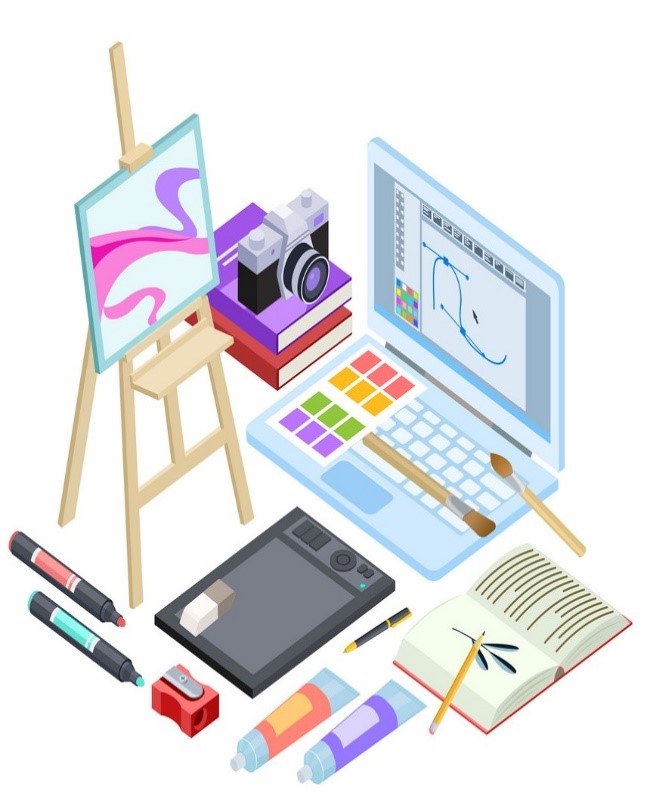
I can use different text forms to help me express my ideas. Grade 7 students extend their understanding by finding different ways to express ideas, such as through magazine ads or brochures. They analyze how story lines progress, considering settings and characters, and make notes using headings, subheadings or symbols. |
Grade 8 Mathematics
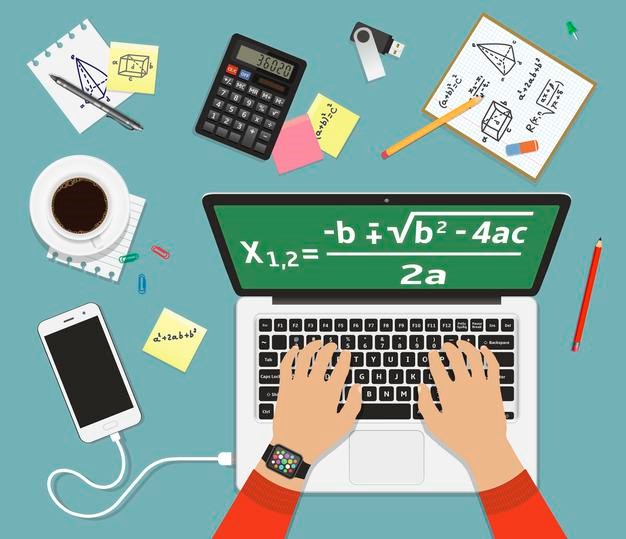
This course builds on the Grade 7 curriculum to further develop students’ understanding of fundamental mathematical concepts by exploring topics related to number, coding, algebra, data, spatial sense, social emotional learning skills in mathematics, and financial literacy. Throughout the course, students build their social emotional learning skills by specifically focusing on relationships with others, using math to communicate and tell a story, and understanding the perspectives of others. This increases their understanding of common bonds with peers and their appreciation of the uniqueness of other people. Regarding numbers, students understand, represent and compare large and small numbers using scientific notation. Students use fractions, decimals, and percentages interchangeably and solidify their knowledge of square numbers and square roots of numbers up to 122. Students solve problems involving proportions, whole numbers, fractions, decimals, integers, and exponents. In algebra, students extend their understanding of patterns to involve integers. They use algebraic notation to represent different equations. They solve algebraic equations involving multiple terms, integers, and decimal numbers. Students will increase their coding skills by writing code that uses data to inform decisions. In data, students extend their data skills to analyze data that is presented in more complex ways. Students will compare the outcomes of more complex experiments to increase their understanding of probability. In spatial sense, students study right-angle triangles and discover that if two side lengths are known, the length of the third can be calculated using the Pythagorean Theory. Students learn angle properties of intersecting and parallel lines to calculate unknown angles. In addition, students build their understanding of large and small units of measurement, including those used in technology. In financial literacy, students learn to create and plan how to reach financial goals, including ways to maintain balanced budgets. Students learn about using reward programs or taking advantage of sales to find different ways so they, as consumers, can obtain the greatest value for their money when spending. Students investigate the concepts of simple and compound interest using interest calculators and explain how interest affects long-term financial planning. Through investigation of real-life problems, students develop a strong foundation of mathematical knowledge and skills. Students apply mathematical processes and build transferrable critical thinking skills in varied teaching and consolidation activities that appeal to diverse learning styles. Students participate in engaging storylines along with characters who connect their learning to real-world contexts and build confidence by instilling a positive attitude towards mathematics. Various opportunities consolidate students’ learning through technology and offline activities, including tactile manipulatives, to reinforce essential mathematical strategies and tools. The course has a strong focus on reinforcing number sense and numeracy skills. It also provides various activities for practice throughout. This course prepares students for grade 9 mathematics. |
Grade 8 Science & technology
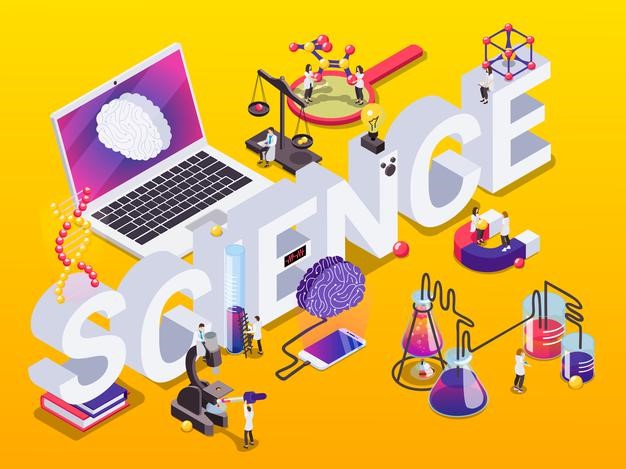
In this course, students will develop their knowledge of organisms by focusing on the structure and function of cells in plants and animals. Students will explore fluids and the diverse applications involved in fluid mechanics while exploring the impact of fluids on industrial processes. The smooth functioning of society depends on a number and variety of systems and students will learn about how the needs of society influences the evolution of systems. Finally, students will learn about the water systems on earth and the important role that water systems play in global ecosystems.
Grade 8 Language
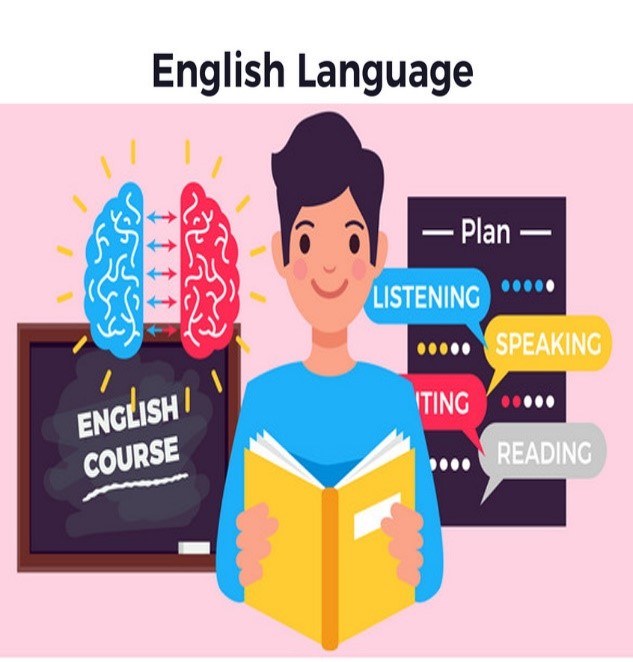
This course consolidates student’s language knowledge, skills, and strategies and their ability to use them independently. Students will create increasingly complex oral, print, and media texts. Non-fiction texts are closely inspected in this course, as well as traditional poetry and key concepts in popular culture. The final unit consolidates skills in reading comprehension and writing to ensure students have a greater level of independence as language users before entering high school. |
Grade 8 Social studies
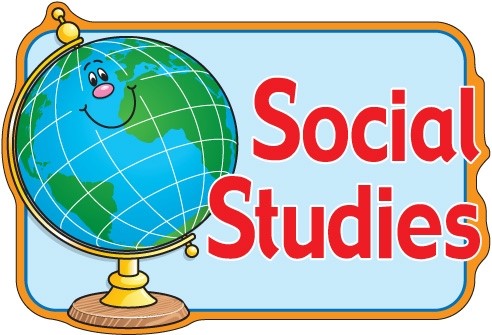
By the end of the year, your child should have a deep understanding of civic issues such as cultural, etnic and linguistic diversity, democratic values and more. Some of the topics for eighth grade social studies should include:
|
Grade 8 Social Emotional
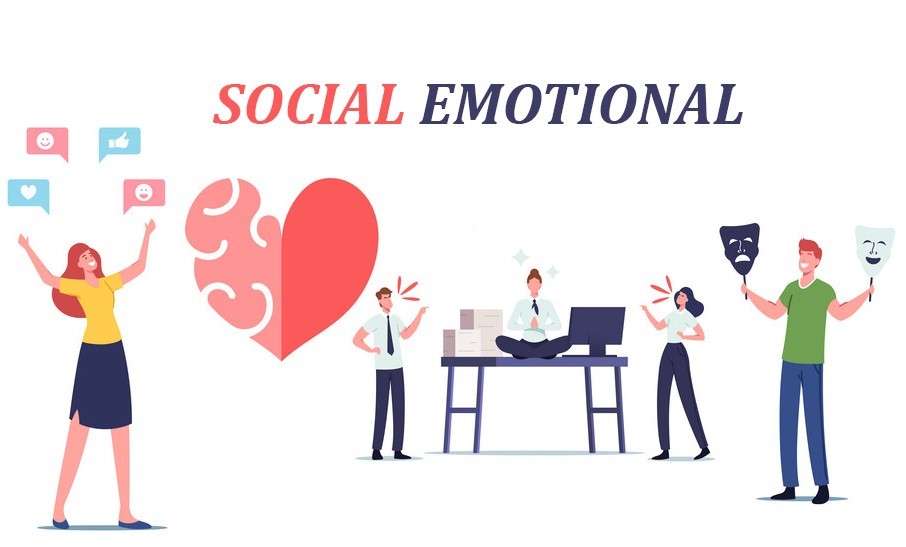
The Cisk Social Emotional Learning – High School course helps students to explore their own potential and the choices that lie before them as they grow to adulthood. Students consider their own ability to choose the kind of person they want become and learn how to use skills like goal setting to become that person. Students explore personal aspects of their lives as well as relationships and the potential they have to impact others, as well as to gain inspiration and guidance from them. Students continue in Social and Emotional Learning (SEL) as they investigate ways to make their lives the best that they can be and preparing students to face the future with awareness and positivity. |
Grade 8 Health & Physical Education
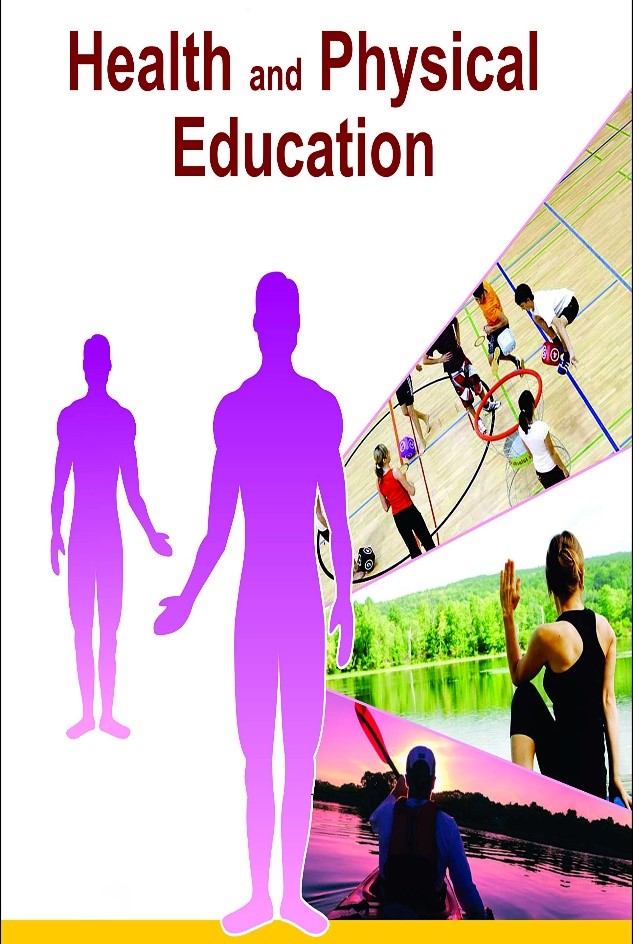
Your child will participate in dance, games, gymnastics, individual physical activities and activities outside of school, such as aquatics and outdoor pursuits. Through active and safe participation, they will understand what an active lifestyle involves and how their physical and emotional health will benefit from physical activity. Your child will also discover how positive interactions, through fair play, leadership and teamwork, make physical activity more fun and productive. |
Grade 8 sanskrit
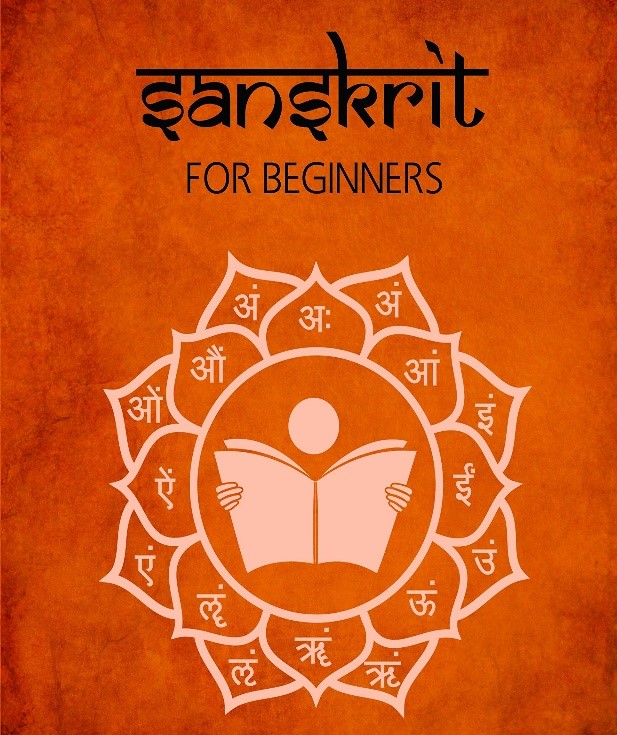
There have been recent attempts to revive Sanskrit as a spoken language so that the rich Sanskrit literature could become accessible to everyone. India’s Central Board of Secondary Education has made Sanskrit a third language in the schools under its jurisdiction. In such schools, the study of Sanskrit is compulsory for grades 5 to 8. An option between Sanskrit and Hindi exists for grades 9 and 10. Many organizations are conducting ‘Speak Sanskrit’ workshops to popularize the language. Sanskrit is the language of the two great Hindu epics, Rāmāyana and Mahābhārata, read by people all over the world. |
Grade 8 Computer Science
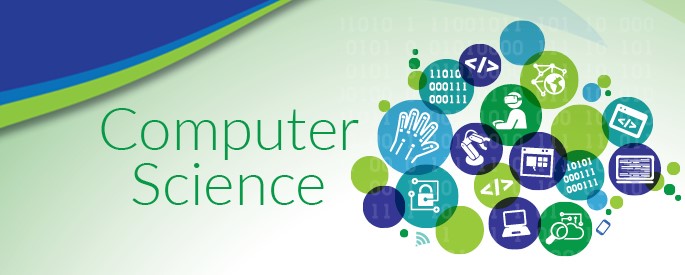
Computer Science is amongst the hottest and trending careers in the digital age. As computers have entered almost every space of our lives and the economy as a whole, studying their intricacies and evolving technologies they can be blended with has become essential. For those passionate about computer and digital devices, this area of study is an ideal one to opt for. Computer Science encompasses a wide range of concepts and topics such as programming, software design and development, web design, computer engineering and the like. |
Grade 8 Environmental studies
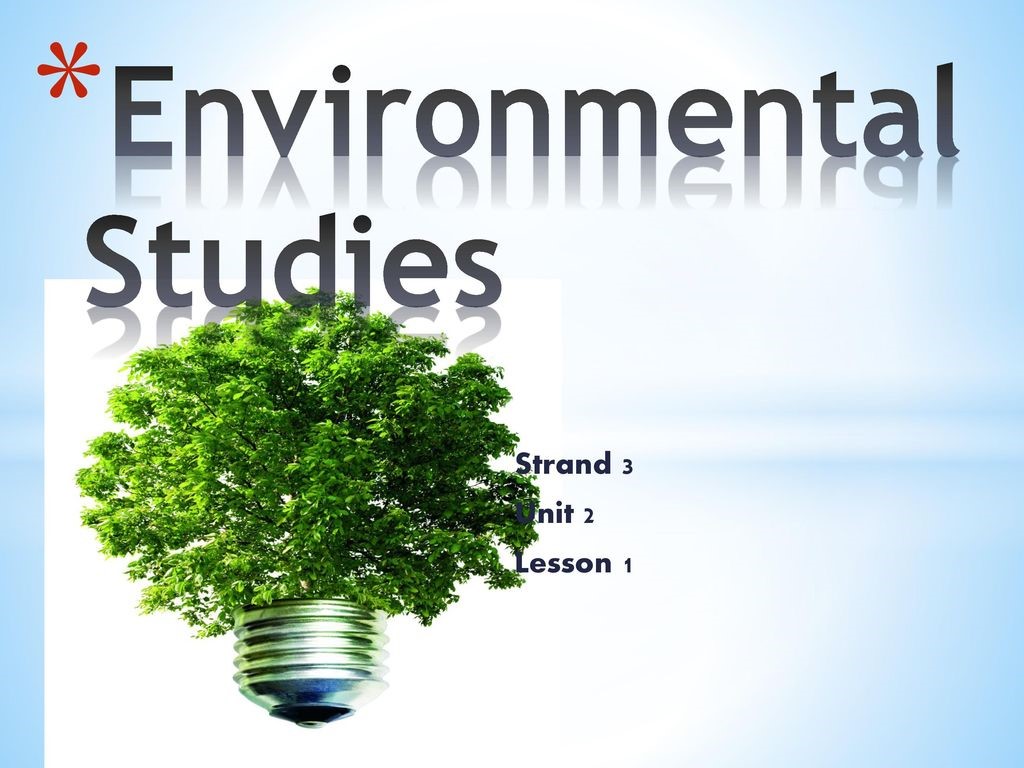
Your teen will go beyond the school walls to explore what they can do outdoors, to learn more about the environment and to understand their role in protecting it. They will appreciate life in all its forms and understand basic ecological processes. Through various outdoor activities, they will develop skill, judgement and confidence in, and sensitivity to the importance of, taking care of their environment. |
Grade 8 French
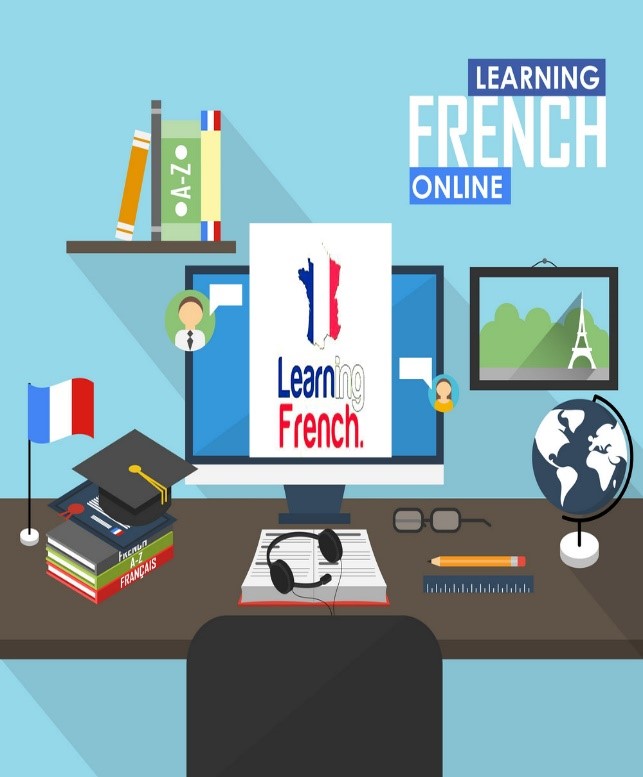
Introduction to French language skills needed in order to obtain both communicative and cultural competence, with emphasis on providing and obtaining personal information, expressing feelings and emotions, and exchanging opinions. Includes basic French grammatical structures, vocabulary, and various cultural aspects of the French-speaking world. In their spoken communications, demonstrate an awareness of aspects of culture in diverse French-speaking communities and other communities around the world, and of the appropriate use of French sociolinguistic conventions in a variety of situations Demonstrate an understanding of information in oral French texts about aspects of culture in diverse French-speaking communities and other communities around the world, and of French sociolinguistic conventions used in a variety of situations and communities |
Grade 8 General Knowledge
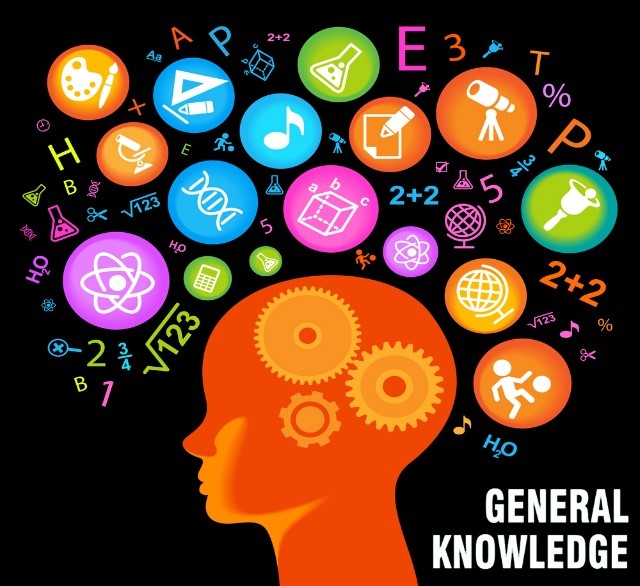
|
Grade 8 German
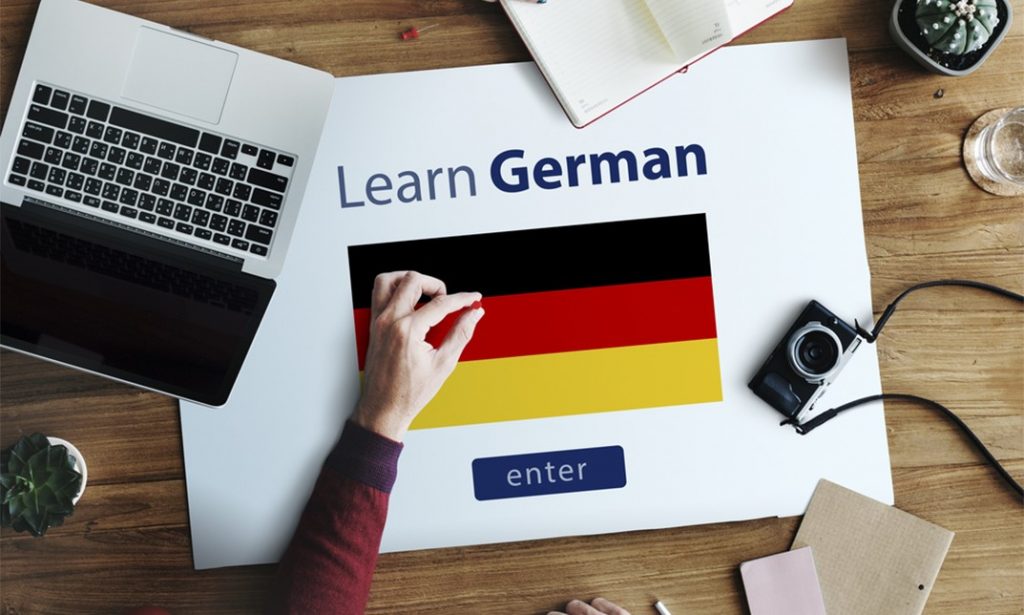
|
Grade 8 Arabic
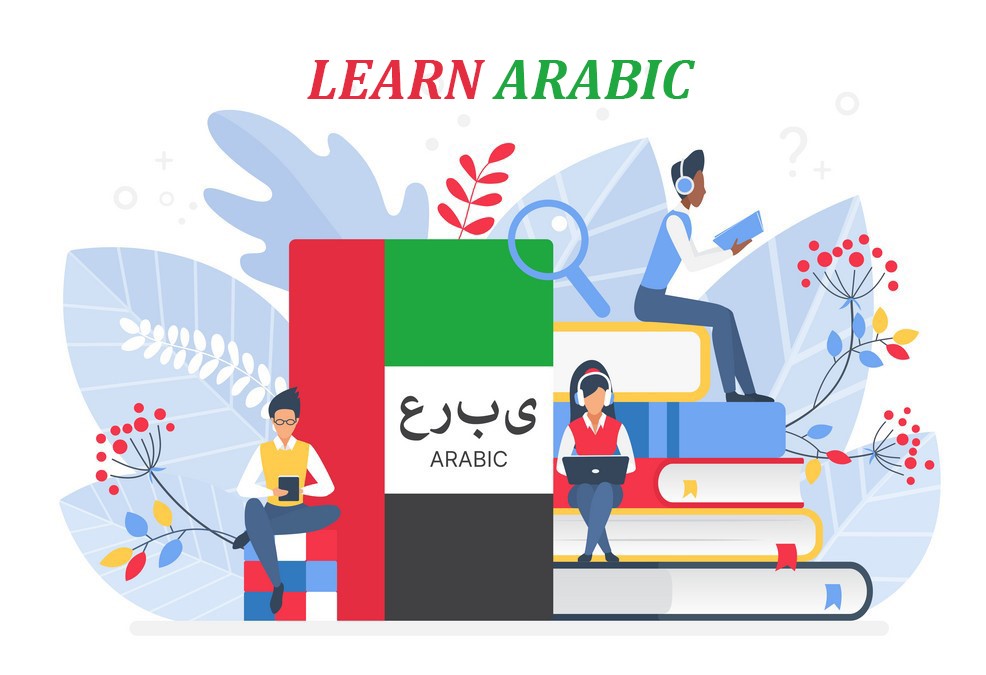
This course provides opportunities for students to begin to develop and apply skills in listening, speaking, reading, and writing in the language of study. Students will communicate and interact in structured activities, with a focus on matters of personal interest and familiar topics, and will read and write simple texts in the language. Throughout the course, students will acquire an understanding and appreciation of diverse communities in regions of the world where the language is spoken. They will also develop skills necessary for lifelong language learning. |
Grade 8 Art & Crafts
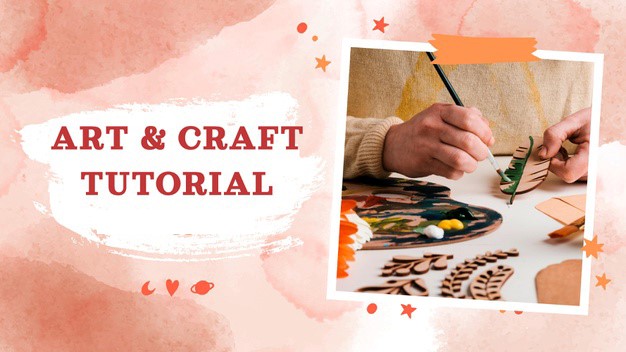
A variety of tools, materials and media are used in the junior high art program. Your teen will express their feelings, think artistically, value the act of creating art and value art forms. They will draw and create, and explore the art that others have made. In the global economy, creativity is essential. Creativity in students must be nurtured and allowed to have a place in the education of the whole child in order to prepare that child for the future. The study of visual arts, dance, drama, and music, as outlined in the Utah State Core Standards, provides a venue for creativity to flourish. The fine arts provide a place for students to explore new ideas, for appropriate risk-taking, for creative problem solving, for working together with others, for developing aesthetic awareness, for exploring and expressing the world, and for cultural awareness and representation, in addition to the benefits of study in the discipline of fine arts. The study of fine arts is a critical element of a well-rounded education for every student. |
Grade 8 Foreign Language

This course is designed for students seeking a mastery of Foreign Language as a second language. Foreign Language incorporates the syntax, vocabulary and pronunciation needed to comprehend Foreign Language in an everyday environment. This course is ideal for students learning Foreign Language for the first time, or for a student needing extra practice and help improving their understanding of the Foreign Language. |
Grade 9 Mathematics
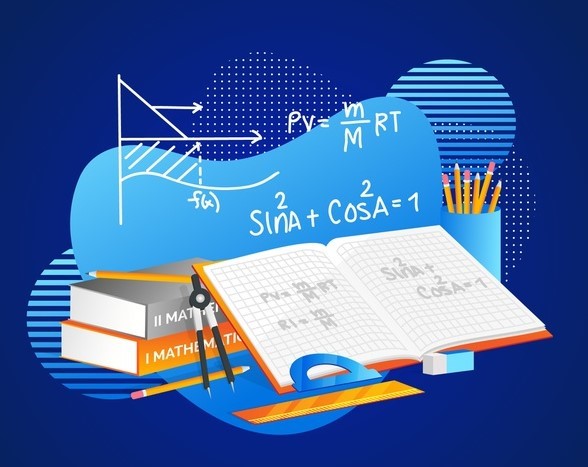
This course enables students to develop an understanding of mathematical concepts related to introductory algebra, proportional reasoning, and measurement and geometry through investigation, the effective use of technology, and hands-on activities. Students will investigate real-life examples to develop various representations of linear relations, and will determine the connections between the representations. They will also explore certain relationships that emerge from the measurement of three-dimensional figures and two-dimensional shapes. Students will consolidate their mathematical skills as they solve problems and communicate their thinking. |
Grade 9 Science & technology

This course enables students to develop their understanding of basic concepts in biology, chemistry, earth and space science, and physics, and to relate science to technology, society, and the environment. Throughout the course, students will develop their skills in the processes of scientific investigation. Students will acquire an understanding of scientific theories and conduct investigations related to sustainable ecosystems; atomic and molecular structures and the properties of elements and compounds; the study of the universe and its properties and components; and the principles of electricity.
Grade 9 Biology
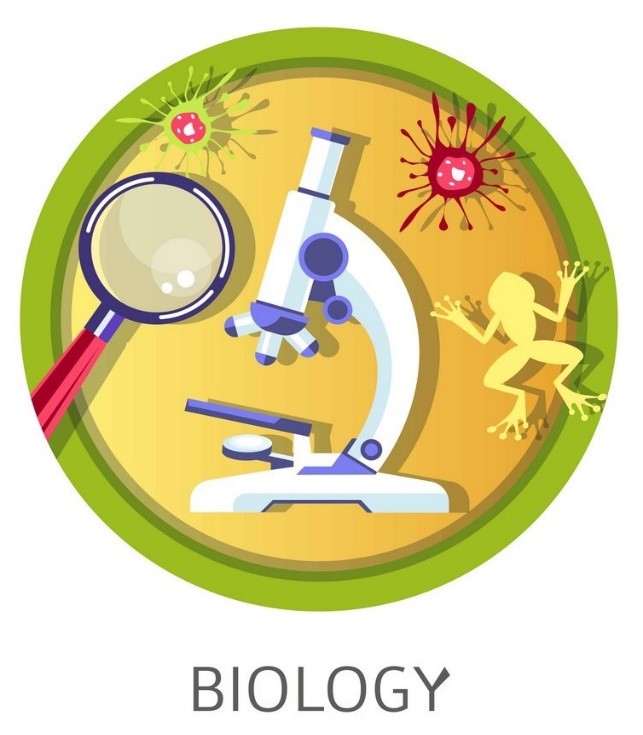
Literacy in science is of essence for all citizens in our modern society. In high school, a biology curriculum should focus on actively engaging students with the world around them. Students should gain in-depth knowledge of the different living organisms and the environments they each live in to better protect, sustain or enhance the natural environment. When selecting a biology curriculum for your high schooler, make sure it teaches:
|
Grade 9 Chemistry
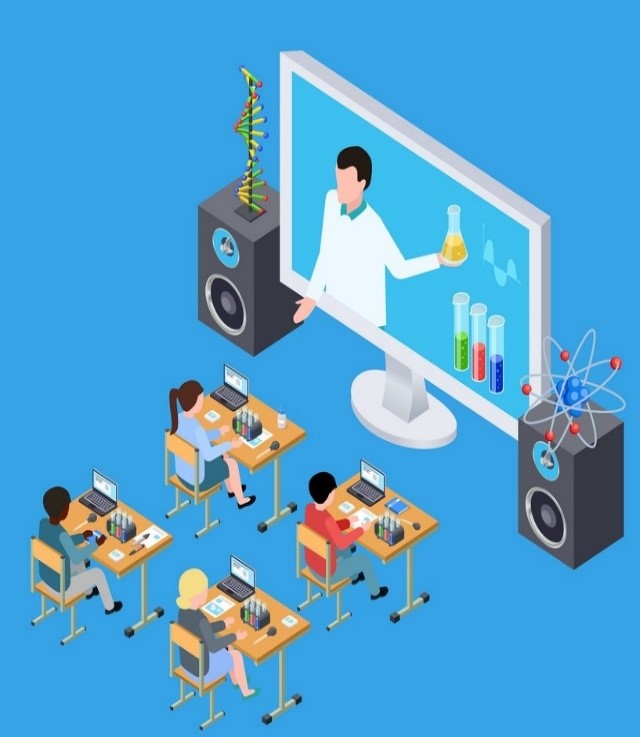
High school chemistry introduces students to more complicated topics such as stoichiometry, thermodynamics, virtual laboratory experiments, and more. This strong base of knowledge will prepare them for subjects such as physics and advanced biology in the near future. Some other topics that should be covered in tenth grade chemistry include:
|
Grade 9 Physics

Teaching physics helps students understand how the universe works, from its structure to how the different components interact with each other. Students explore complex scientific concepts and make real-world connections to understand its impact on daily life. Our physics curriculum focuses on making sure students get a clear understanding of motion, energy, electricity, magnetism, and the laws that govern the physical universe. Students learn to understand scientific principles and processes, ask questions, present hypotheses, experiment, solve problems, and think abstractly and critically. Here are some concepts and skills your child will learn through the high school physics curriculum:
|
Grade 9 Social Science
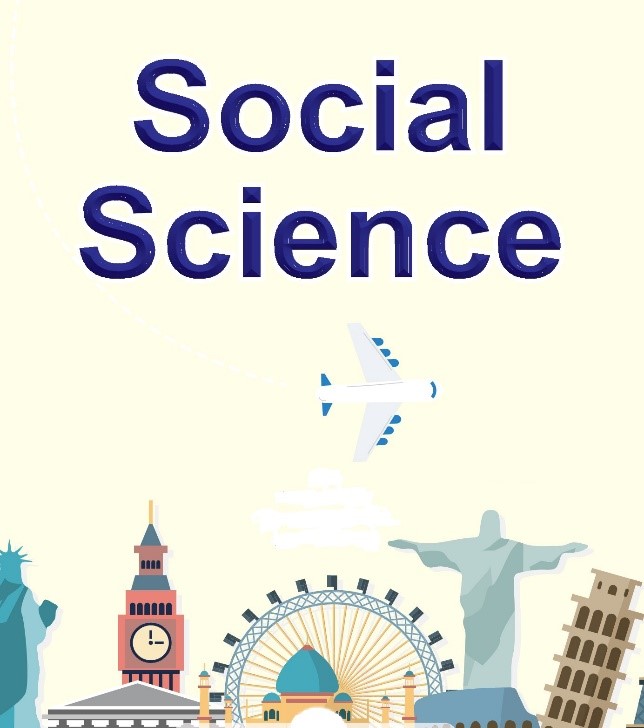
Social Science stands to be an interesting affair for most of us. Whether it be the introduction to the geographies of the globe or the history of mankind, all the topics have so much to teach you. Ans. The study of social science prepares you for your daily life challenges. It enlightens you about the various aspects of life. It teaches you about the past and the present as well as talks about prospects of various topics. It helps the students to develop a strong social character. It develops civil qualities, responsible and social behaviour. It teaches students about culture, religion, traditions and faith. It teaches students about nature and environment. |
Grade 9 English
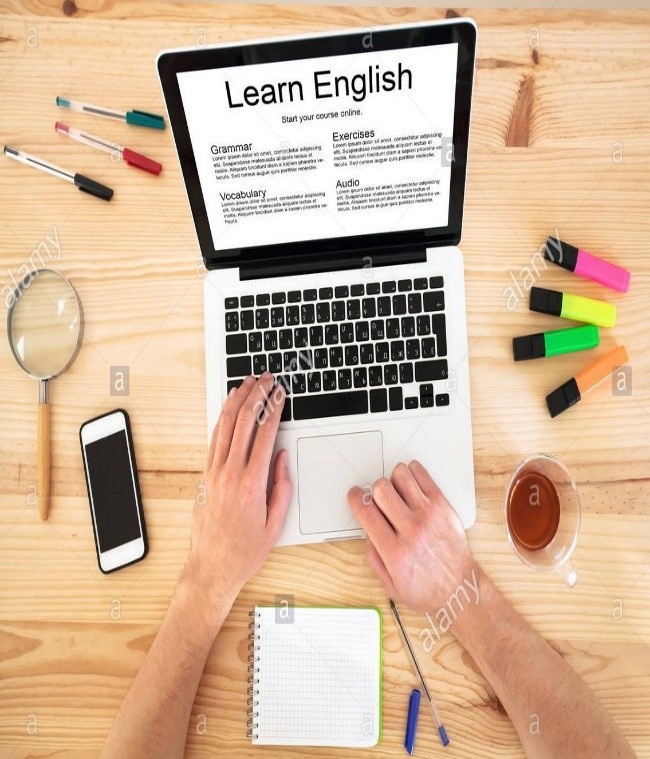
Social Science stands to be an interesting affair for most of us. Whether it be the introduction to the geographies of the globe or the history of mankind, all the topics have so much to teach you. Ans. The study of social science prepares you for your daily life challenges. It enlightens you about the various aspects of life. It teaches you about the past and the present as well as talks about prospects of various topics. It helps the students to develop a strong social character. It develops civil qualities, responsible and social behaviour. It teaches students about culture, religion, traditions and faith. It teaches students about nature and environment. |
Grade 9 French
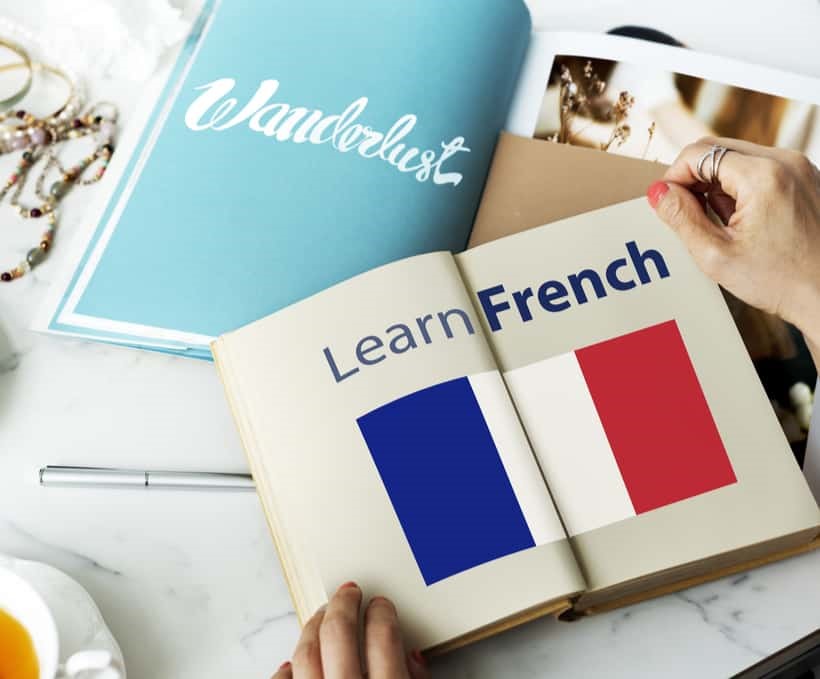
This course provides opportunities for students to communicate and interact in French in structured situations, with a focus on everyday topics, and to apply their knowledge of French in everyday situations. Students will develop listening, speaking, reading, and writing skills introduced in the elementary Core French program, through practical applications and concrete examples, and will use creative and critical thinking skills in various ways. They will also enhance their understanding and appreciation of diverse French-speaking communities, and will develop skills necessary for lifelong language learning. |
Grade 9 German
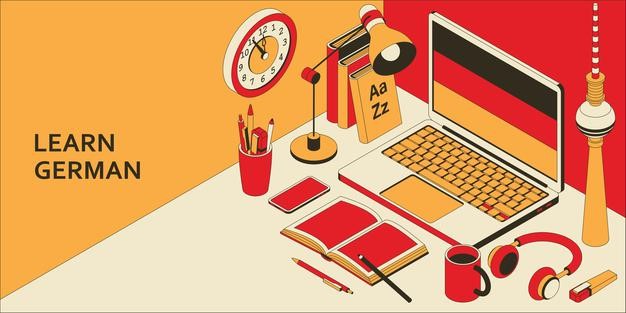
|
Grade 9 Arabic
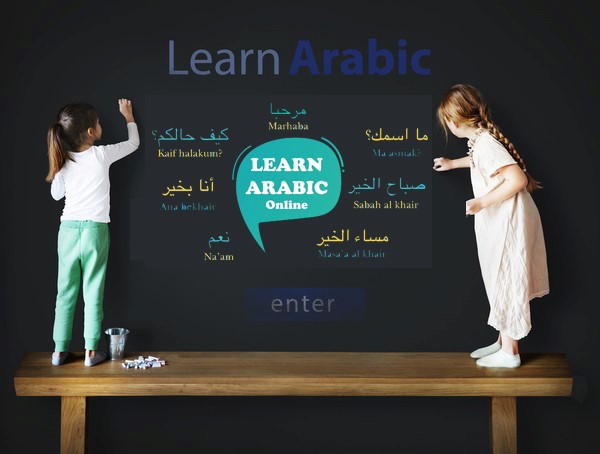
This course is designed to be a continuation of your introduction to Arabic language and culture from last year. We will expand your vocabulary and your knowledge and understanding of regular and irregular verbs, basic grammar and cultural practices. We will continue to build the four basic skills of learning another language: reading, writing, speaking |
Grade 9 Sanskrit
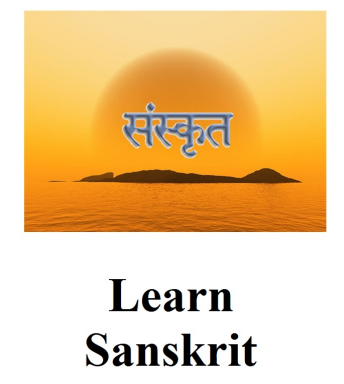
The oldest surviving Sanskrit grammar is Pāṇini’s prescriptive Eight-Chapter Grammar of Classical Sanskrit, dating back to about 500 BC. His rules helped systematize Sanskrit grammar.
Sanskrit is a highly inflected language which uses prefixes, suffixes, infixes, and reduplication to form words and to represent grammatical categories. Many of these categories have been lost or simplified in the modern Indo-Aryan languages. There are numerous sandhi forms. Sandhi (from Sanskrit word meaning ‘joining’) refers to sound changes that occur at morpheme or word boundaries. They occur in all languages, for instance, in English the consonant /f/ changes to /v/ before the plural marker, e.g., knife – knives.
Grade 9 Foreign Language

|
Grade 10 Mathematics
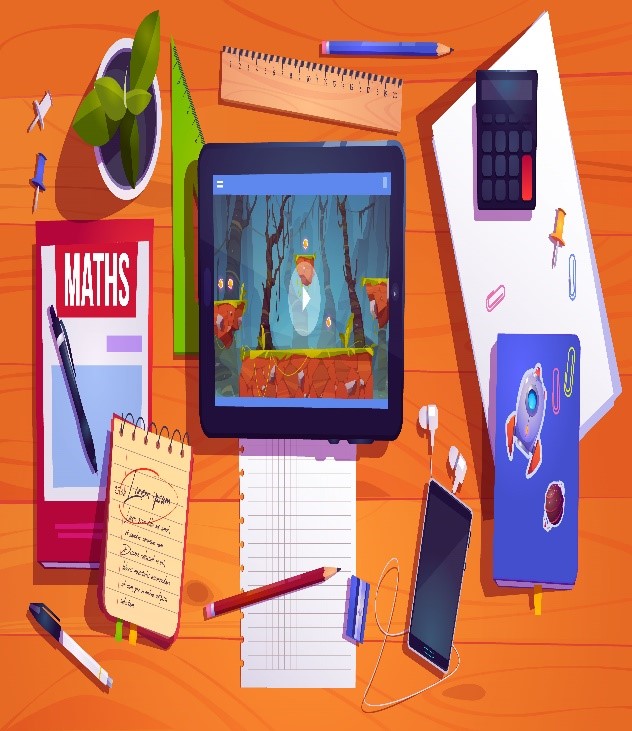
This course enables students to consolidate their understanding of relationships and extend their problem-solving and algebraic skills through investigation, the effective use of technology, and hands-on activities. Students will develop and graph equations in analytic geometry; solve and apply linear systems, using real-life examples; and explore and interpret graphs of quadratic relationships. Students will investigate similar triangles, the trigonometry of right-angled triangles, and the measurement of three-dimensional objects. Students will consolidate their mathematical skills as they solve problems and communicate their thinking. |
Grade 10 Calculus
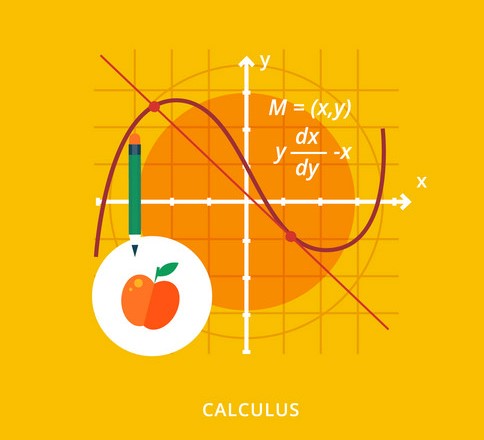
The topics that are covered in precalculus encourage students to use problem solving and prepare them for future pursuits that may include STEM (science/technology/engineering/math) careers. Precalculus emphasizes mathematical analysis rather than just the memorization of facts. Throughout the precalculus course, students will reach for the following goals:
|
Grade 10 Algebra 1
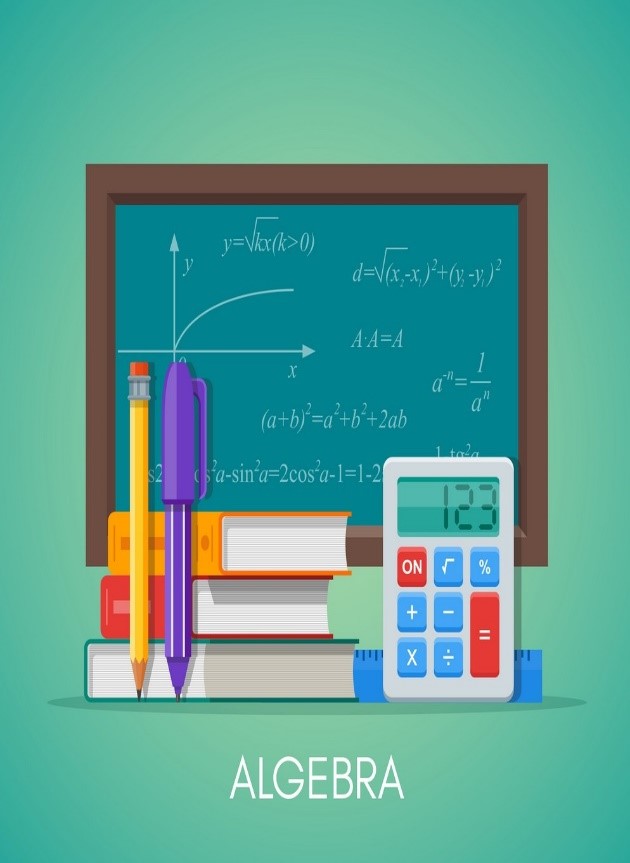
Algebra I, presents algebraic concepts on a high school level, but in a more basic manner. This course is recommended for high school and gifted middle school students — especially for those planning careers in the trades or non-STEM college career paths. Course topics include: Algebraic Expressions and Equations Proportions, Inequalities, and Absolute Values Introduction to Functions Linear Functions and Systems Exponential Properties and Functions Factoring Quadratic, Inverse, and Square Root Functions Statistical Analysis |
Grade 10 Algebra 2
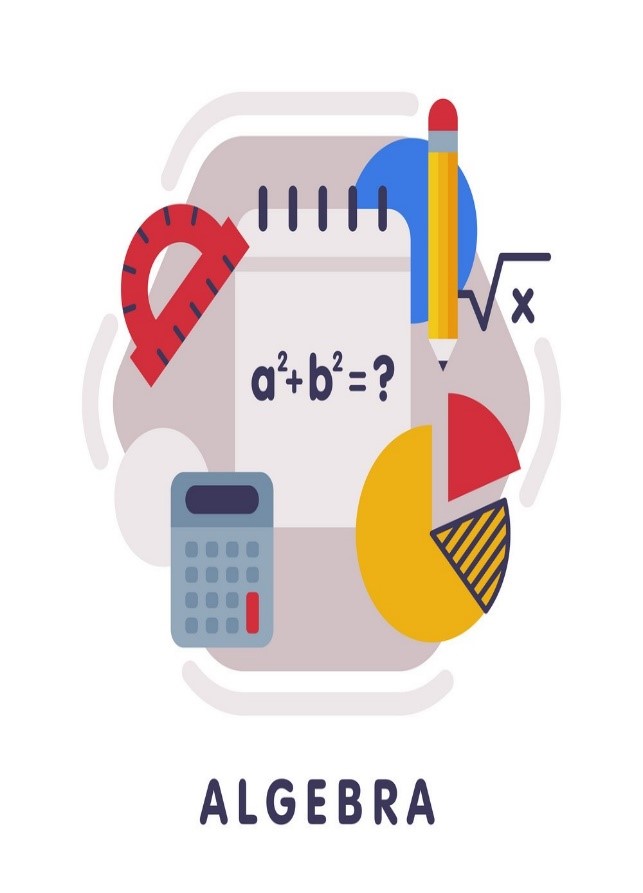
In Algebra II, basic skills learned in Algebra I are reinforced and built upon. With the successful completion of this course, students will have the solid foundation in Algebra needed for continued success in more advanced math courses. Students will have reviewed expressions, equations, inequalities, and systems and extended their understanding of functions, equations, and graphs. They have attained a deeper understanding of linear, quadratic, exponential, and rational functions and how to transform them and use them to model situations. They also have a basic understanding of polynomial, radical, and logarithmic functions. Students have attained an understanding of complex numbers and know how to graph them and perform various mathematical operations with them. Students are experienced working with sequences and series. They are familiar with various conic sections, their graphs and equations. Students know how to perform operations on matrices and use them to solve systems of equations and to perform geometric transformations. Students are more confident with calculations involving permutations and combinations. They know how to calculate the probability associated with multiple events and also conditional probability and are familiar with probability models. They also have worked with binomial, normal, and probability distribution functions. Students are familiar with the unit circle and graphs of the sine, cosine, and tangent functions and how to translate them. They also know basic trig identities and how to use them to solve problems. |
Grade 10 Geometry
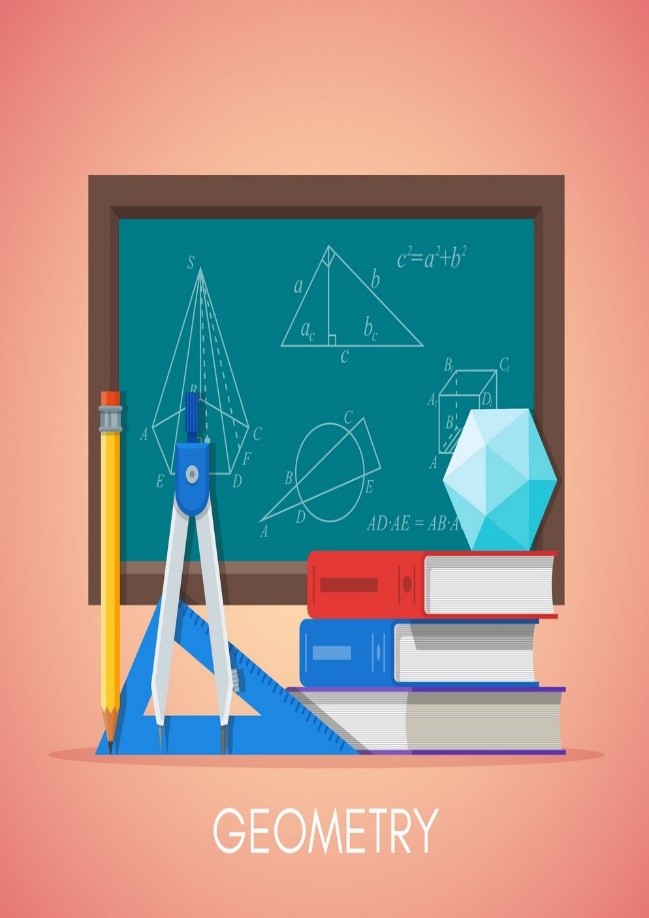
Upon completion of this course, students will have demonstrated a mastery of geometric concepts and have developed important mathematical reasoning and proof skills. They will also be more aware of how geometry is an integral part of everyday life. Students will be familiar with parallel and perpendicular lines and how to use them to determine angle measures and congruency. Students will learn various theorems and postulates that prove triangle congruency and similarity, Students know how to calculate the sum of the angles in a polygon. They also are familiar with properties of parallelograms and how to transform various geometric figures. Students have an understanding of basic relationships within triangles and have been introduced to right triangles and the basic trig functions – sine, cosine, and tangent – and have experience using them to solve problems. Students know how to calculate the area of a variety of polygons. They know how to calculate the perimeter, area, and volume of similar figures. They are experienced calculating the surface area and volume for prisms, cylinders, pyramids, cones, and spheres. Students also learn about circles. They learn how to calculate the circumference and area of circles and sectors. They are familiar with chords, arcs, and inscribed angles. Students are familiar with probability distributions and have a deeper understanding of permutations and combinations. They also know how to solve compound and conditional probability problems and have experience with probability models. |
Grade 10 Biology
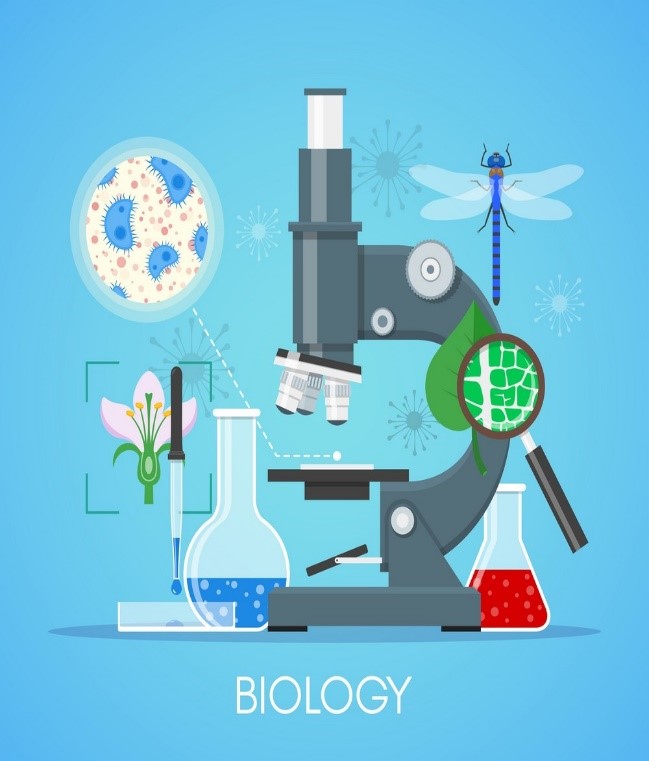
High School biology will teach students about the basics of life while also challenging high schoolers to complete labs, record findings, and walk through the scientific process from start to finish. Students should gain real-life science experience with nature studies, dissections, and microscopic slide kits. Some of the learning objectives you set can look something like this: Accurately explain the characteristics of living things. Describe the energy flow between organisms in an ecosystem. Define the human impact on the environment. Recognizes the scientific difference between living and nonliving things. Demonstrates a working knowledge of DNA and genetics. Understands the differences in blood types. Knows how to conduct a dissection. Understands the molecular basis of heredity. Understand and describe the fossil record. |
Grade 10 Business studies
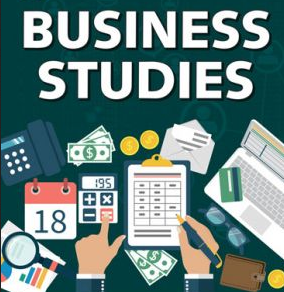
This course introduces students to the world of business. Students will develop an understanding of the functions of business, including accounting, marketing, information and communication technology, human resources, production, and of the importance of ethics and social responsibility. This course builds a foundation for further studies in business and helps students develop the business knowledge and skills they will need in their everyday lives. |
Grade 10 Chemistry
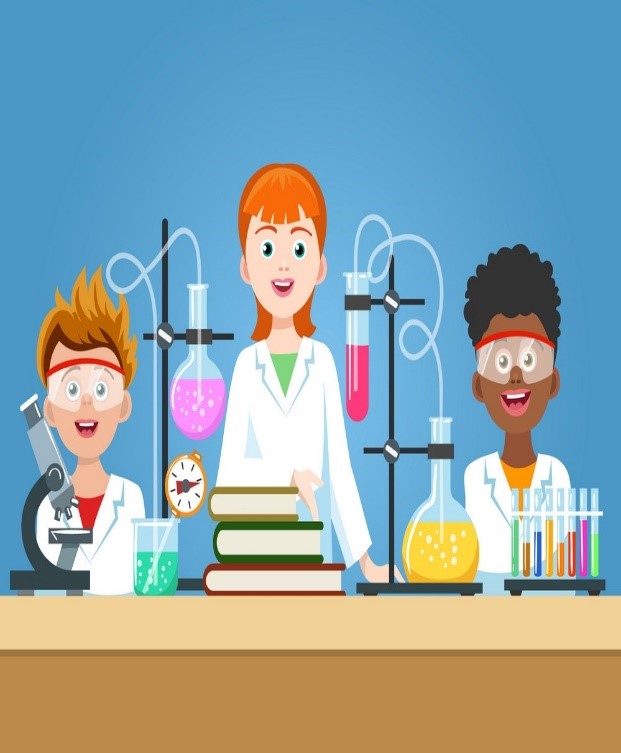
By the end of the course, students should have a working understanding of the basic concepts of chemistry including atomic numbers and electron configurations, the ideal gas law, enthalpy and phase changes, and more. Learning objectives for high school chemistry typically include: Describe heterogeneous mixtures, including suspensions and colloids. Use the periodic table to identify trends in electronegativity and electron affinity. Design and conduct an experiment to test the properties of substances. Write equilibrium expressions, and use them to calculate the equilibrium constant for reactions. Interpret the behavior of ideal gases in terms of kinetic-molecular theory, including diffusion and effusion. Describe how to measure pH with indicators and meters. Explain and compare fission and fusion reactions. Identify which household chemicals are dangerous to keep together or mix. |
Grade 10 Computer Science
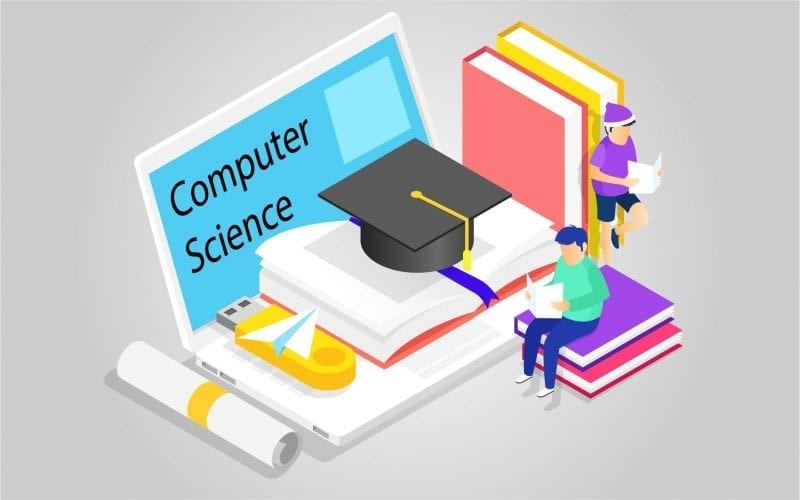
introductory course for 9-10th grade students that can be flexibly taught as a single semester, two semesters over multiple years, or as a full year course. Mapped to CSTA standards, the course takes a wide lens on computer science by covering topics such as problem solving, programming, physical computing, user-centered design, and data, while inspiring students as they build their own websites, apps, games, and physical computing devices. |
Grade 10 Economics
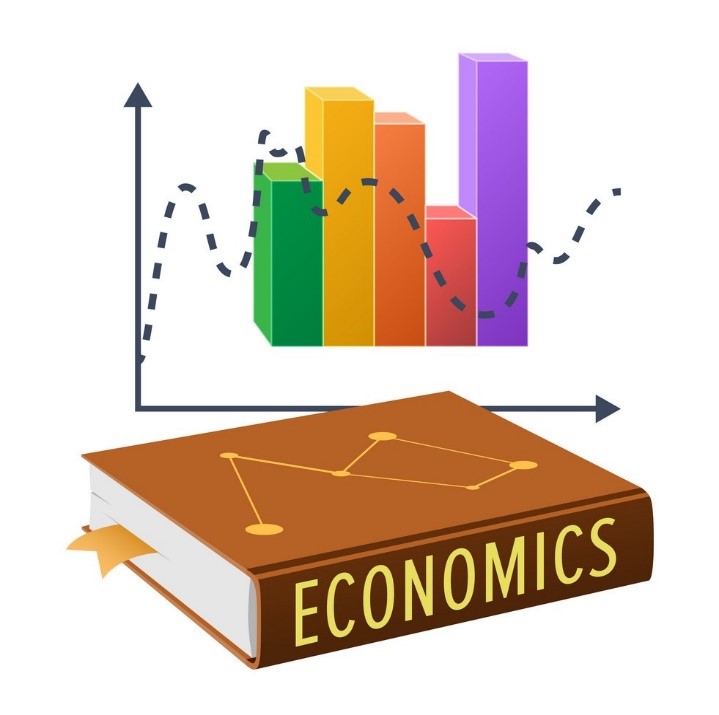
Cisk’s online economics class for high school begins with an introduction to economics in order to give students a solid foundation from which to begin. Students go on to explore both micro- and macroeconomics, the laws of supply and demand, and important economic policies. A chapter dedicated to global economies helps students understand concepts like international trade, currency and how exchange rates work, and globalization. The Cisk high school economics course also teaches students how to manage their finances with several chapters covering topics like budgeting and saving money, spending and using credit, as well as investing and insurance. |
Grade 10 Engineering Drawing
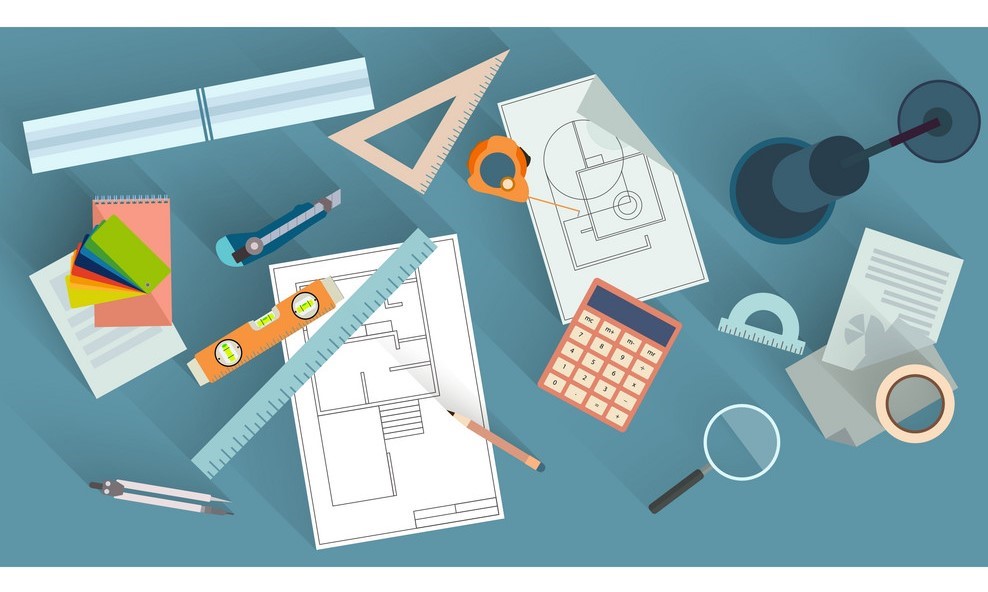
An engineering drawing is a subcategory of technical drawings. The purpose is to convey all the information necessary for manufacturing a product or a part. Engineering drawings use standardised language and symbols. This makes understanding the drawings simple with little to no personal interpretation possibilities. |
Grade 10 English
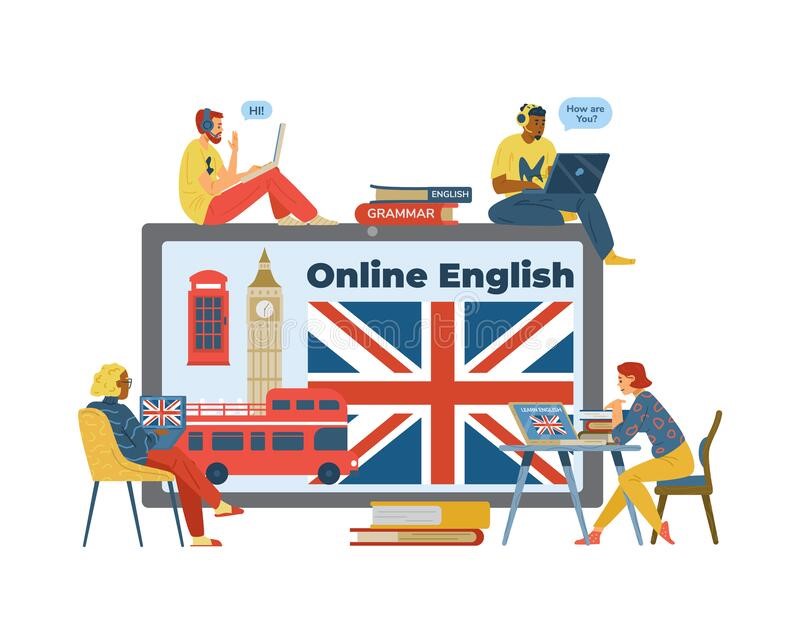
This course is designed to extend the range of oral communication, reading, writing, and media literacy skills that students need for success in their secondary school academic programs and in their daily lives. Students will analyse literary texts from contemporary and historical periods, interpret and evaluate informational and graphic texts, and create oral, written, and media texts in a variety of forms. An important focus will be on the selective use of strategies that contribute to effective communication. |
Grade 10 Geography
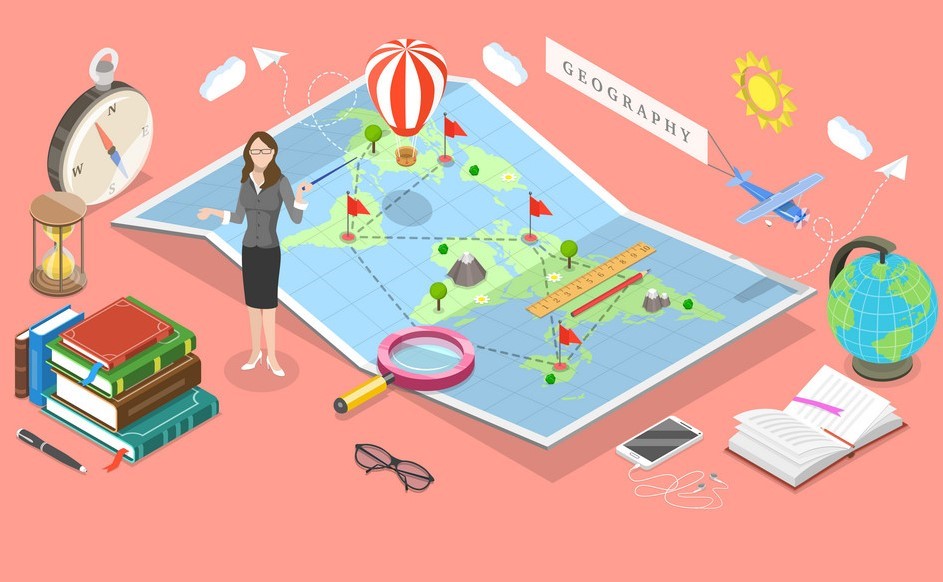
This course examines interrelationships within and between Canada’s natural and human systems and how these systems interconnect with those in other parts of the world. Students will explore environmental, economic, and social geographic issues relating to topics such as transportation options, energy choices, and urban development. Students will apply the concepts of geographic thinking and the geographic inquiry process, including spatial technologies, to investigate various geographic issues and to develop possible approaches for making Canada a more sustainable place in which to live.
|
Grade 10 Graphics Design
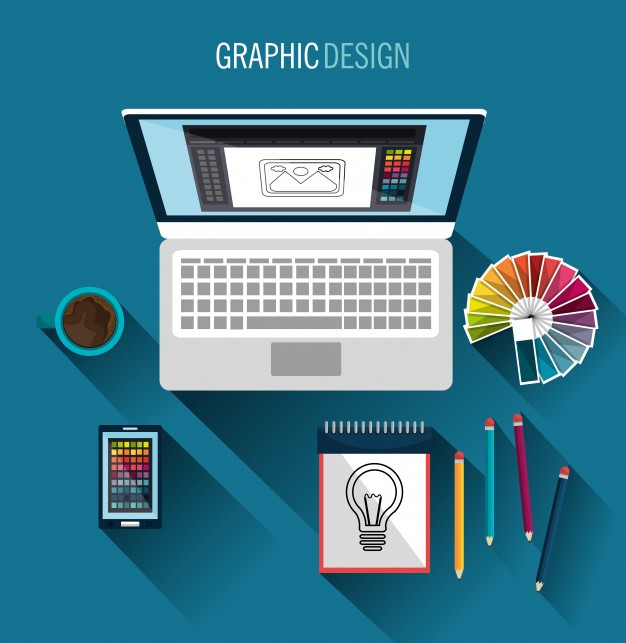
Graphic design is the creative practice of conveying an idea or communicating a message aesthetically with images, graphics, and type. Graphic design often refers to both the process (designing) by which the communication is created and the products (designs) that are generated. Graphic designers work in a variety of areas, producing visual identities (logos and branding), publications (magazines, newspapers, and books), print media (posters, billboards, signs, and product packaging), and illustration and interactive design (animation, websites, apps, games, and emerging technologies). |
Grade 10 History
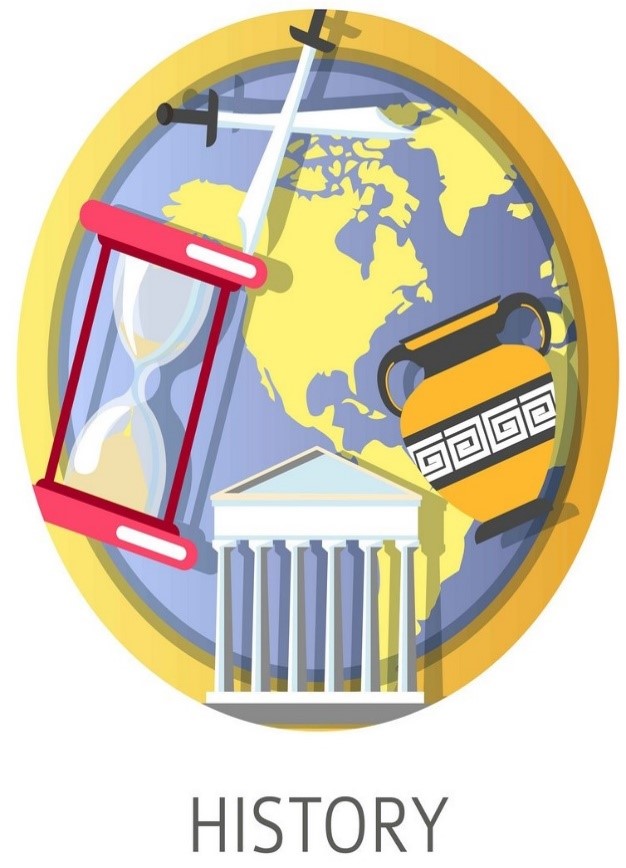
This course explores social, economic, and political developments and events and their impact on the lives of different groups in Canada since 1914. Students will examine the role of conflict and cooperation in Canadian society, Canada’s evolving role within the global community, and the impact of various individuals, organizations, and events on Canadian identity, citizenship, and heritage. They will develop their ability to apply the concepts of historical thinking and the historical inquiry process, including the interpretation and analysis of evidence, when investigating key issues and events in Canadian history since 1914. This course focuses on the social context of historical developments and events and how they have affected the lives of people in Canada since 1914. Students will explore interactions between various communities in Canada as well as contributions of individuals and groups to Canadian heritage and identity. Students will develop their ability to apply the concepts of historical thinking and the historical inquiry process, including the interpretation and analysis of evidence, when investigating the continuing relevance of historical developments and how they have helped shape communities in present-day Canada. |
Grade 10 Home Science

This course enables students to enhance their understanding of concepts in biology, chemistry, earth and space science, and physics, and of the interrelationships between science, technology, society, and the environment. Students are also given opportunities to further develop their scientific investigation skills. Students will plan and conduct investigations and develop their understanding of scientific theories related to the connections between cells and systems in animals and plants; chemical reactions, with a particular focus on acid/base reactions; forces that affect climate and climate change; and the interaction of light and matter. |
Grade 10 Informatics Practices
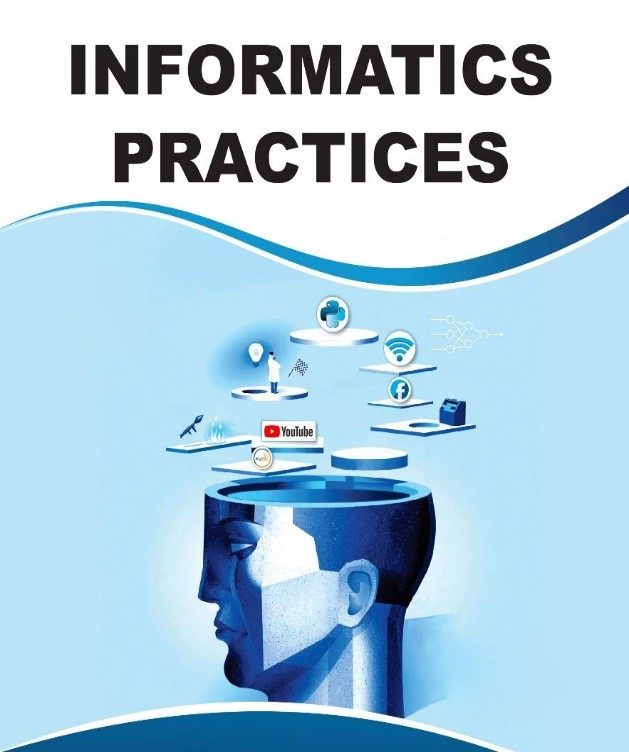
To gain working knowledge of a computer system and peripherals To understand the application development process. To gain programming skills in front-end development To gain skills in Database Creation and querying using ANSI SQL. To design, program and develop database driven web applications using GUI Programming Tool and RDBMS. To understand and appreciate open source and open standard concepts
|
Grade 10 Physics
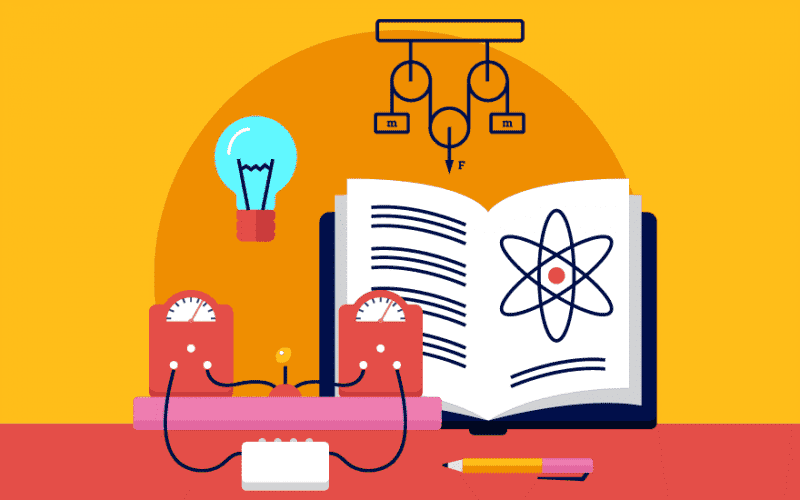
At the end of a high school physics course, students should have a strong grasp on concepts of mass, force, motion, energy and more. Additionally, students should have the sufficient knowledge needed for higher level education. Below are some examples of potential high school physics goals and objectives for your child:
|
Grade 11 Mathematics
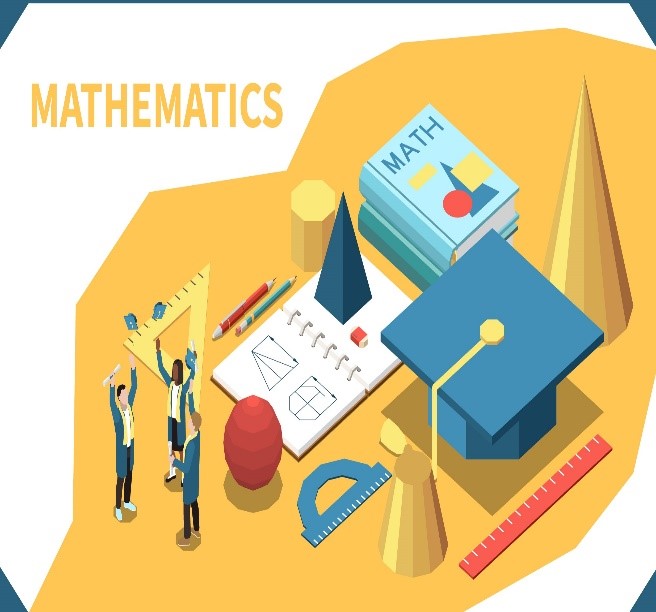
This course enables students to broaden their understanding of mathematics as a problem solving tool in the real world. Students will extend their understanding of quadratic relations; investigate situations involving exponential growth; solve problems involving compound interest; solve financial problems connected with vehicle ownership; develop their ability to reason by collecting, analysing, and evaluating data involving one variable; connect probability and statistics; and solve problems in geometry and trigonometry. Students will consolidate their mathematical skills as they solve problems and communicate their thinking. |
Grade 11 Calculus
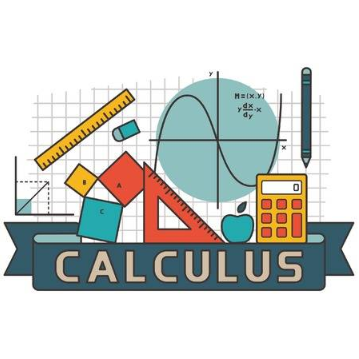
On this course, the students must know how to determine the limit of a function, differentiate, and integrate algebraic, exponential, logarithmic, and trigonometric functions in one variable, and to formulate and solve problems involving continuity, extreme values, related rates, population models, and areas of plane regions. |
Grade 11 Algebra 1
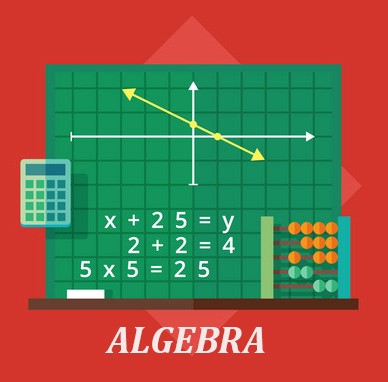
The main goal of Algebra 1 is to develop fluency in working with linear equations and extend their knowledge of irrational numbers, experience with tables, and graphs as well as help them make meaningful connections to real life’s experiences. Additionally, an algebra 1 course should promote inquiry and a focus on big ideas. Each one of your algebra 1 lessons should objectives for your child to achieve. These can look something like this:
|
Grade 11 Algebra 2
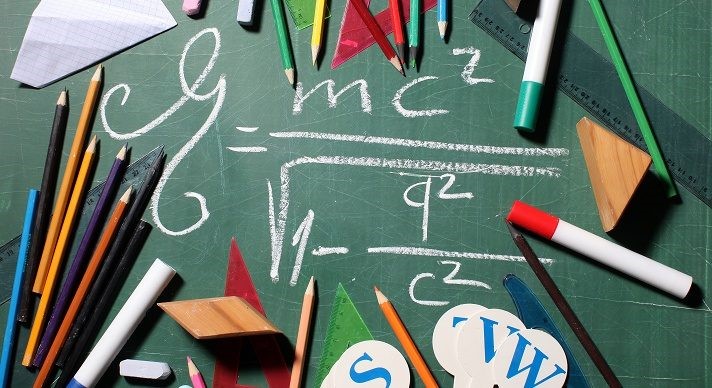
At this level, your child’s goals and objectives for Algebra 2 may be very specific, targeting discrete concepts or skills. Here are some examples of 11th grade Algebra 2 learning goals and objectives:
|
Grade 11 Geometry
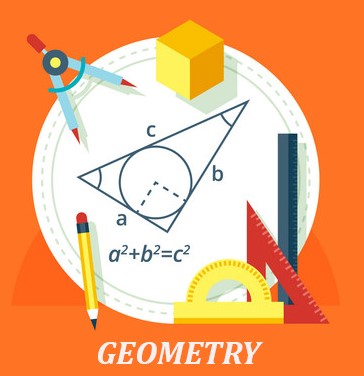
A high school geometry curriculum will include multiple objectives for students. By the end of tenth grade students should have a grasp on geometric transformations, right triangle relationships and trigonometry, applications of probability and more.
· Calculating probabilities using the addition rule. |
Grade 11 Biology
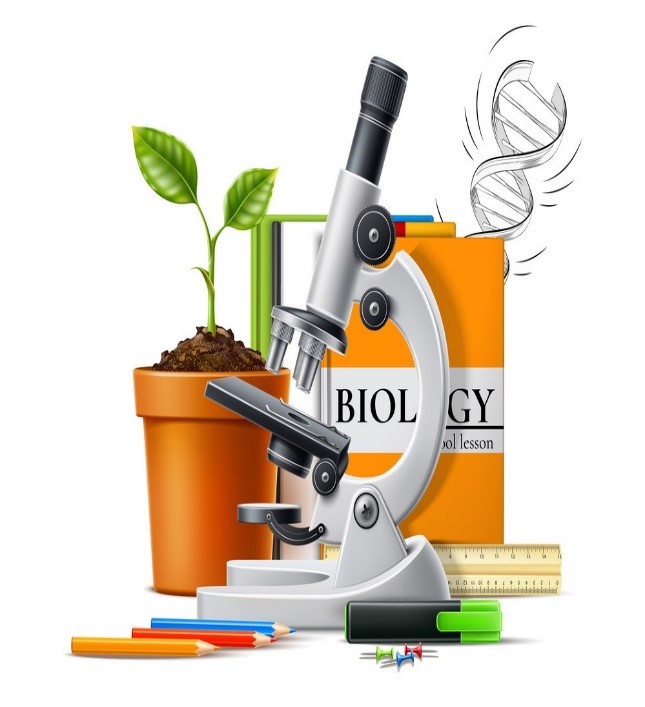
This course furthers students’ understanding of the processes that occur in biological systems. Students will study theory and conduct investigations in the areas of biodiversity; evolution; genetic processes; the structure and function of animals; and the anatomy, growth, and function of plants. The course focuses on the theoretical aspects of the topics under study, and helps students refine skills related to scientific investigation.
Grade 11 Business studies
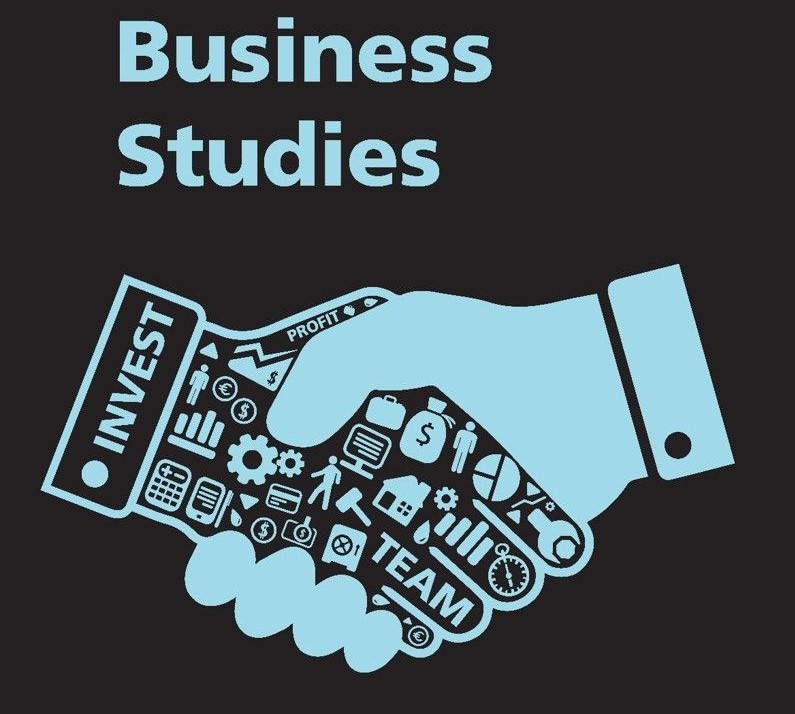
This Grade 11 Business Studies study guide walks you step-by-step through the Grade 11 curriculum. It simplifies Business Studies concepts with concise explanations, helpful illustrations, bulleted style information and table formatting. Ease of understanding is key, and the methodical, illuminating approach of this study guide ensures just that |
Grade 11 Chemistry
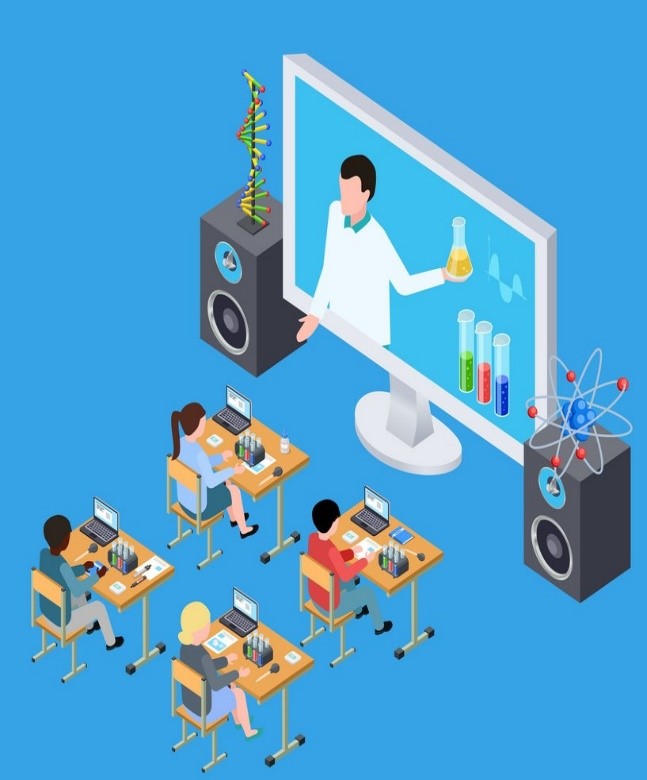
This course enables students to deepen their understanding of chemistry through the study of the properties of chemicals and chemical bonds; chemical reactions and quantitative relationships in those reactions; solutions and solubility; and atmospheric chemistry and the behaviour of gases. Students will further develop their analytical skills and investigate the qualitative and quantitative properties of matter, as well as the impact of some common chemical reactions on society and the environment. |
Grade 11 Computer Science
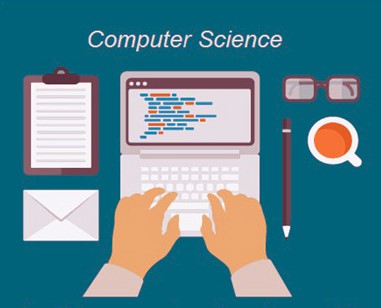
This course introduces students to computer science. Students will design software independently and as part of a team, using industry-standard programming tools and applying the software development life-cycle model. They will also write and use subprograms within computer programs. Students will develop creative solutions for various types of problems as their understanding of the computing environment grows. They will also explore environmental and ergonomic issues, emerging research in computer science, and global career trends in computer-related fields. |
Grade 11 Economics

Cisk’s online economics class for high school begins with an introduction to economics in order to give students a solid foundation from which to begin. Students go on to explore both micro- and macroeconomics, the laws of supply and demand, and important economic policies. A chapter dedicated to global economies helps students understand concepts like international trade, currency and how exchange rates work, and globalization. The Cisk high school economics course also teaches students how to manage their finances with several chapters covering topics like budgeting and saving money, spending and using credit, as well as investing and insurance. |
Grade 11 Engineering Drawing
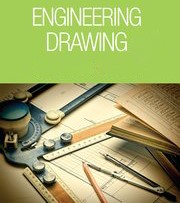
This Elementary Engineering course introduces students to the basics of engineering and analyzes the major impact engineers have had on the world as we know it. Students will study each step of the engineering design process, and then put these steps into action. They will practice problem-solving and brainstorming through different design challenges, and will also learn about several fields of engineering that exist today. |
Grade 11 English
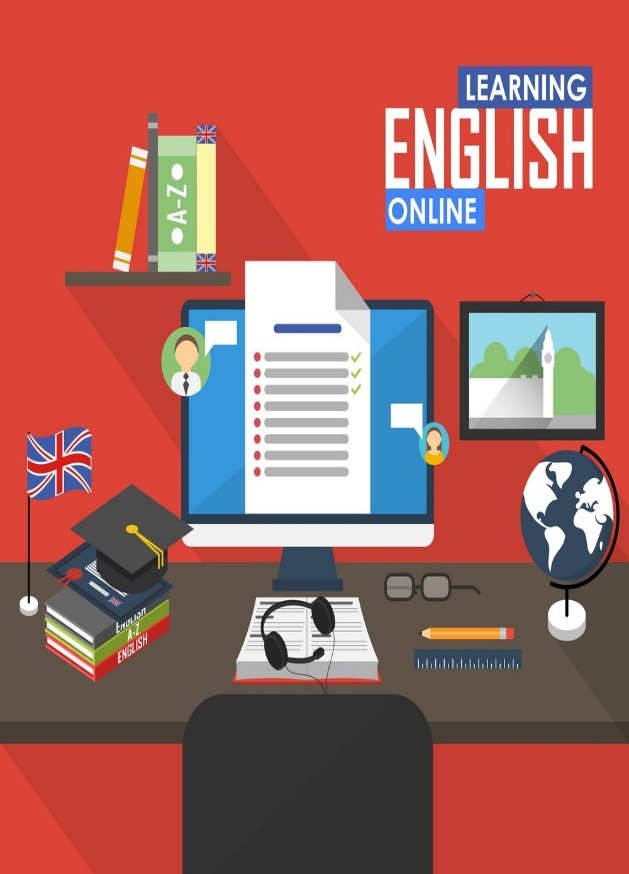
This course emphasizes the development of literacy, communication, and critical and creative thinking skills necessary for success in academic and daily life. Students will study the content, form, and style of a variety of informational and graphic texts, as well as literary texts from Canada and other countries, and create oral, written, and media texts in a variety of forms for practical and academic purposes. An important focus will be on using language with precision and clarity. The course is intended to prepare students for the compulsory Grade 12 college preparation course.
Grade 11 Geography
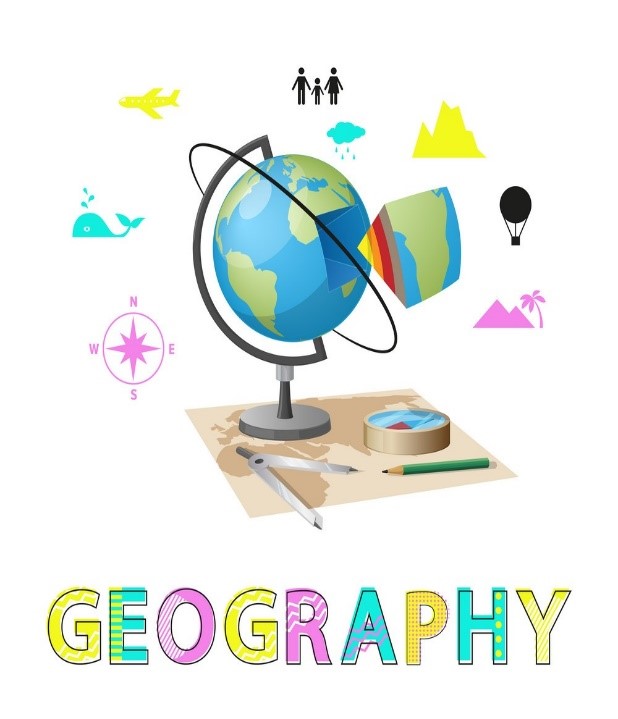
The Cisk Geography course investigates the lands, the features, the inhabitants, and the phenomena of explores the physical and cultural geography of the world and helps students to understand how physical surroundings shape and impact the everyday lives of people around the world. He discusses how people deal with difficult environments and how they use their environment to their advantage. He further explores geography-related challenges that lie ahead, as well as physical resource management. Cisk Geography helps high school students obtain a good foundation in world geography. Course topics include: Physical Geography Human Geography Climate Europe Russia North, Middle, and South America Africa Asia |
Grade 11 Graphics Design

Graphic Design is all around us! Words and pictures—the building blocks of graphic design—are the elements that carry the majority of the content in both the digital world and the printed world. As graphic design becomes more visible and prevalent in our lives, graphic design as a practice becomes more important in our culture. Through visual examples, this course will teach you the fundamental principles of graphic design: image making, typography, composition, working with color and shape… foundational skills that are common in all areas of graphic design practice. I don’t just want you to watch a video of someone talking about design, I want you to MAKE design! If you want to be a designer you have to be a maker and a communicator. |
Grade 11 History
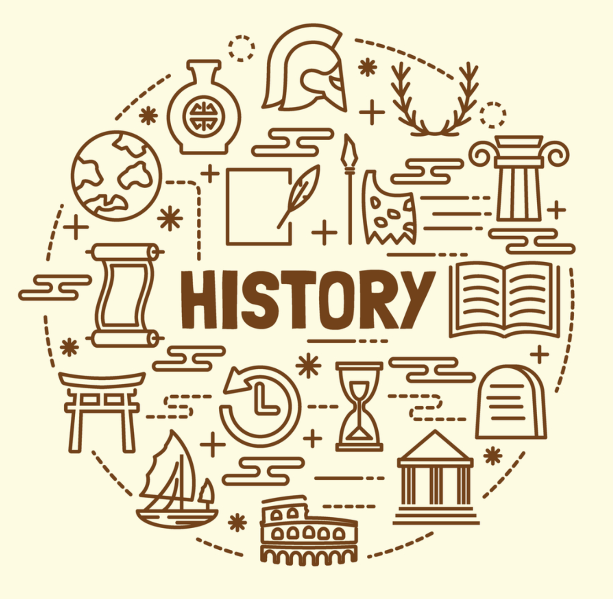
This course explores key aspects of the social, economic, and political development of the United States from precontact to the present. Students will examine the contributions of groups and individuals to the country’s evolution and will explore the historical context of key issues, trends, and events that have had an impact on the United States, its identity and culture, and its role in the global community. Students will extend their ability to apply the concepts of historical thinking and the historical inquiry process, including the interpretation and analysis of evidence, when investigating various forces that helped shape American history.
This course explores the history of various societies and civilizations around the world, from earliest times to around 1500 CE. Students will investigate a range of factors that contributed to the rise, success, and decline of various ancient and pre-modern societies throughout the world and will examine life in and the cultural and political legacy of these societies. Students will extend their ability to apply the concepts of historical thinking and the historical inquiry process, including the interpretation and analysis of evidence, when investigating social, political, and economic structures and historical forces at work in various societies and in different historical eras. |
Grade 11 Home Science
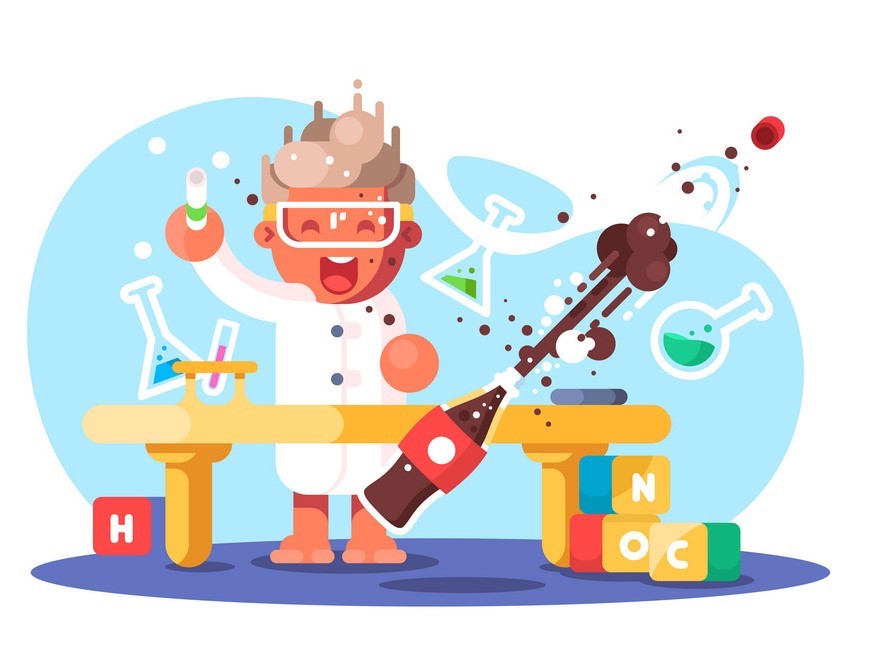
Home Science, also know as Home Economics is the science of understanding the relationship between individuals, families, societies and environment around. In order words, it is the art of managing a home and other resources. It teaches ways to apply sciences and humanities to improve family nutrition, human environment, management of resources and child development. Students can opt for courses in any of the five core streams – Fabric and Apparel Sciences, Resource Management, Communication and Extension, Nutrition and Food and Human Development. |
Grade 11 Informatics Practices
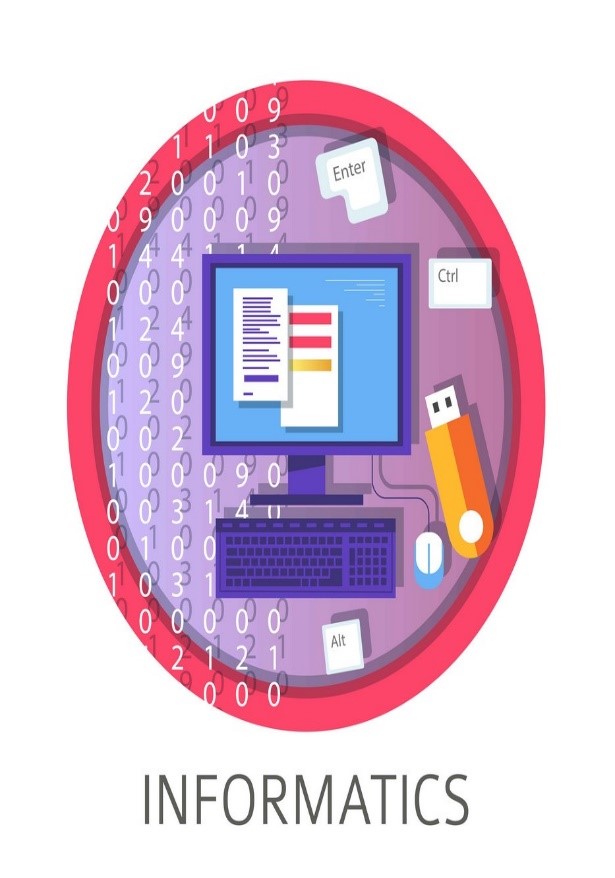
To gain working knowledge of a computer system and peripherals To understand the application development process. To gain programming skills in front-end development To gain skills in Database Creation and querying using ANSI SQL. To design, program and develop database driven web applications using GUI Programming Tool and RDBMS. To understand and appreciate open source and open standard concepts
|
Grade 11 Other Subjects
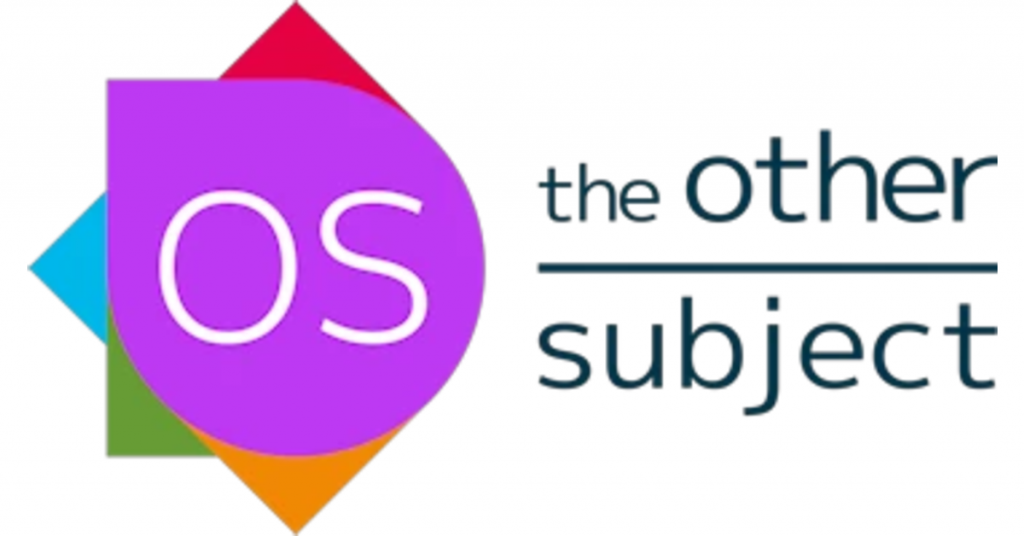
Other Subjects Guides to history, math, biology, drama, poetry, sociology, plus many other subjects. Our most popular guides include quick quizzes |
Grade 11 Physical Education
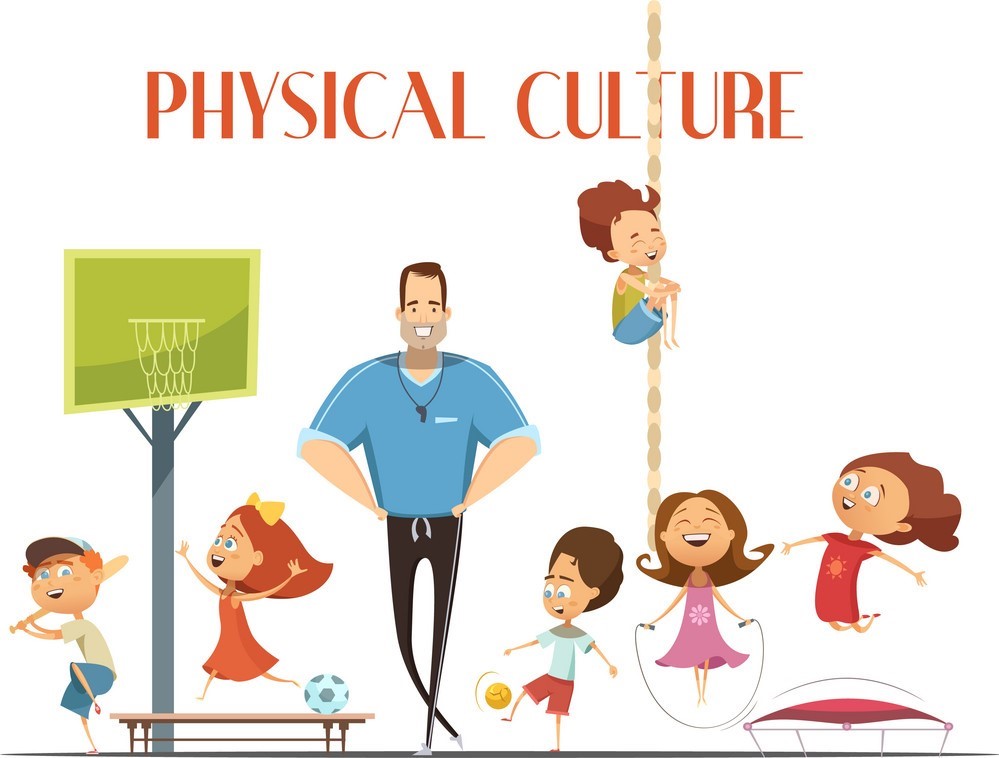
This course enables students to examine the factors that influence their own health practices and behaviours as well as those factors that contribute to the development of healthy communities. It emphasizes the concept of wellness, which addresses all aspects of well-being – physical, cognitive, emotional, spiritual, and social – and promotes healthy eating, physical activity, and building and maintaining a positive sense of self. Students will develop the skills necessary to make healthy choices and create a personal wellness plan. They will also design initiatives that encourage others to lead healthy, active lives. The course prepares students for college programs in health sciences, fitness, wellness, and health promotion. |
Grade 11 Physics
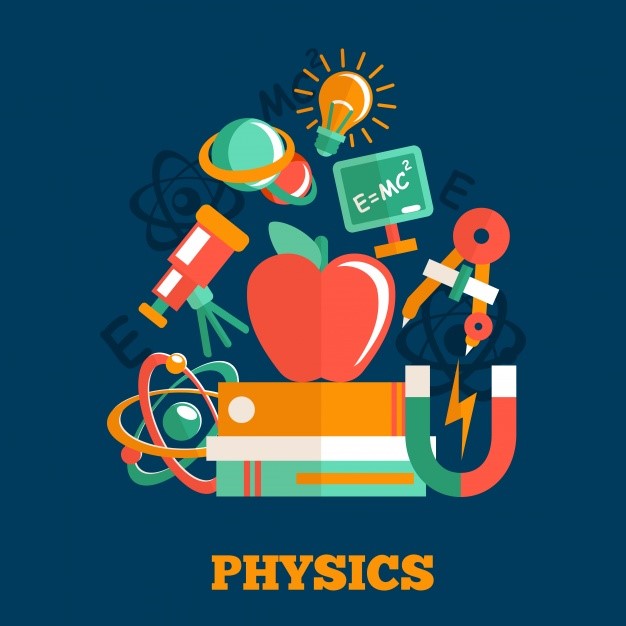
This course develops students’ understanding of the basic concepts of physics. Students will explore kinematics, with an emphasis on linear motion; different kinds of forces; energy transformations; the properties of mechanical waves and sound; and electricity and magnetism. They will enhance their scientific investigation skills as they test laws of physics. In addition, they will analyse the interrelationships between physics and technology, and consider the impact of technological applications of physics on society and the environment.
Grade 11 Political Science
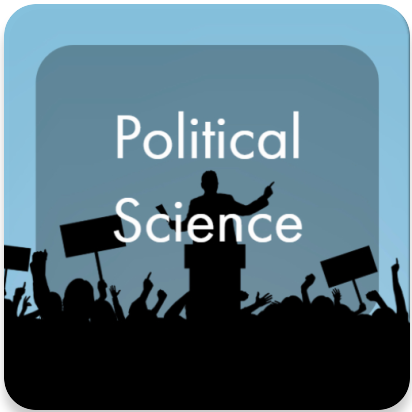
Political Science is an essential part of everyone’s life, irrespective of the continent, country, or state of an individual. Whether one makes a Career in Political Science or not, it impacts all of us to a great extent in our day to day life. However, its importance increases for those who signup for Humanities and has Political Science courses as one of the major subjects in the curriculum. The Grade 11 focuses on how government institutions were shaped in the past and how are they currently functioning. |
Grade 11 Psychology
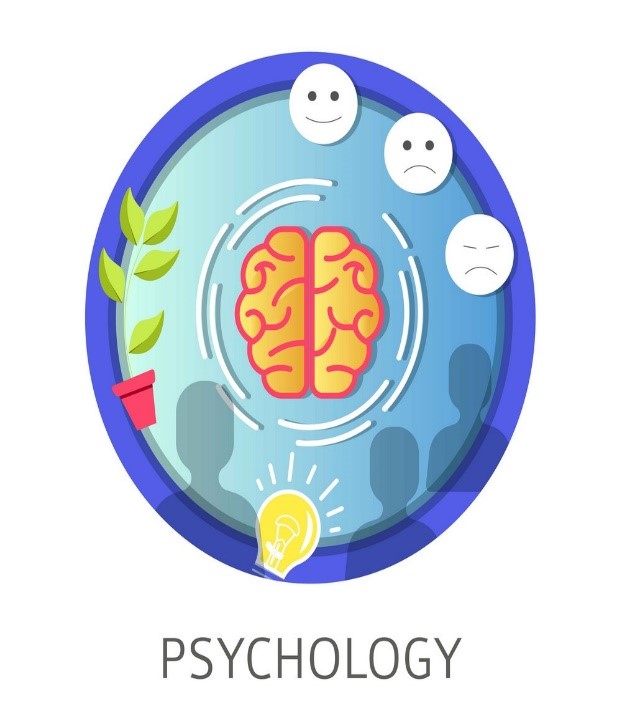
High school courses for psychology introduce students to a number of traditional psychological concepts from a number of contemporary perspectives such as biological, psychosocial, and cognitive. Students typically begin a high school psychology course with an introduction to psychology as well as background information on research methods. Throughout the course, high schoolers will learn about foundational ideas and theories as they analyze human growth and development, the various aspects of learning and intelligence, personality, and behavior. Students will explore the nature of being human and learn to identify various disorders as well as discuss risk factors and treatments for each one. High school students will also delve into the science of human interactions by exploring topics such as socialization, individual interactions, and group behaviors. |
Grade 11 Sociology

High school sociology focuses on many different aspects of human behavior and life. The class covers how ethics vary in different cultures, groups and societies, the cultural trends that affect how society operates, and how to work well with people from different backgrounds. Students will also learn about the political and economic aspects of sociology in cultures around the world, what stereotypes and prejudices people from other cultures endure, and gives students a clear understanding of how people interact as individuals and in groups on an everyday basis. In a sociology course, students will be able to compare and contrast their daily lives, cultural norms, and their relationship with family and friends with that of other people from around the globe. Our high school sociology course covers topics of particular interest to teenagers such as characteristics of adolescence, dating, types of social interaction, groups within society, the American class system, urban life and more. |
Grade 12 Mathematics
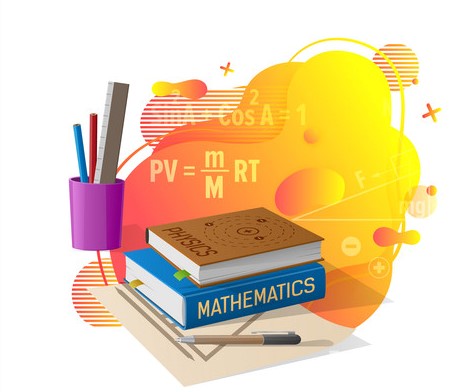
This course enables students to extend their knowledge of functions. Students will investigate and apply properties of polynomial, exponential, and trigonometric functions; continue to represent functions numerically, graphically, and algebraically; develop facility in simplifying expressions and solving equations; and solve problems that address applications of algebra, trigonometry, vectors, and geometry. Students will reason mathematically and communicate their thinking as they solve multi-step problems. This course prepares students for a variety of college technology programs. This course enables students to broaden their understanding of real-world applications of mathematics. Students will analyse data using statistical methods; solve problems involving applications of geometry and trigonometry; solve financial problems connected with annuities, budgets, and renting or owning accommodation; simplify expressions; and solve equations. Students will reason mathematically and communicate their thinking as they solve multi-step problems.
|
Grade 12 Calculus
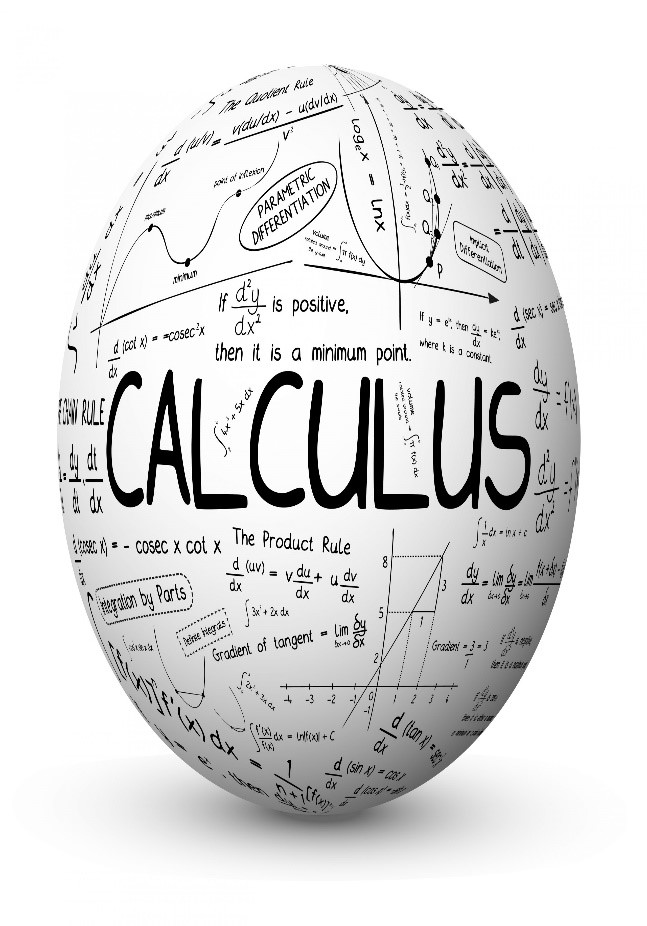
This course builds on students’ previous experience with functions and their developing understanding of rates of change. Students will solve problems involving geometric and algebraic representations of vectors and representations of lines and planes in three dimensional space; broaden their understanding of rates of change to include the derivatives of polynomial, sinusoidal, exponential, rational, and radical functions; and apply these concepts and skills to the modelling of real-world relationships. Students will also refine their use of the mathematical processes necessary for success in senior mathematics. This course is intended for students who choose to pursue careers in fields such as science, engineering, economics, and some areas of business, including those students who will be required to take a university-level calculus, linear algebra, or physics course.
|
Grade 12 Algebra 1
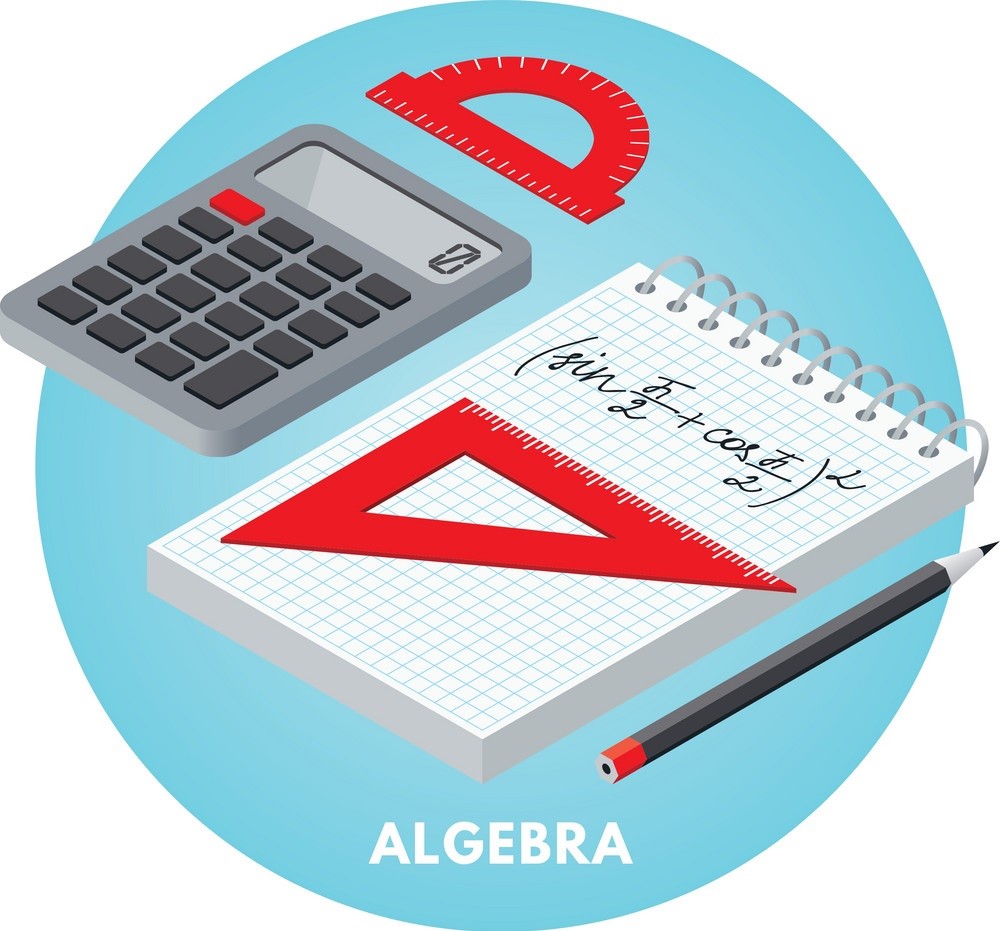
The main goal of Algebra 1 is to develop fluency in working with linear equations and extend their knowledge of irrational numbers, experience with tables, and graphs as well as help them make meaningful connections to real life’s experiences. Additionally, an algebra 1 course should promote inquiry and a focus on big ideas. Each one of your algebra 1 lessons should objectives for your child to achieve. These can look something like this:
|
Grade 12 Algebra 2
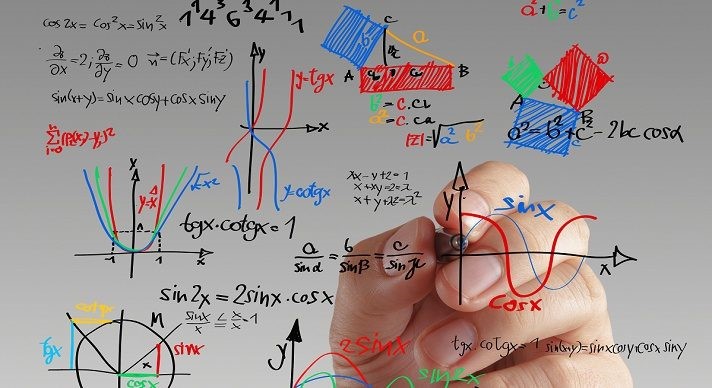
At this level, your child’s goals and objectives for Algebra 2 may be very specific, targeting discrete concepts or skills. Here are some examples of 11th grade Algebra 2 learning goals and objectives:
|
Grade 12 Geometry
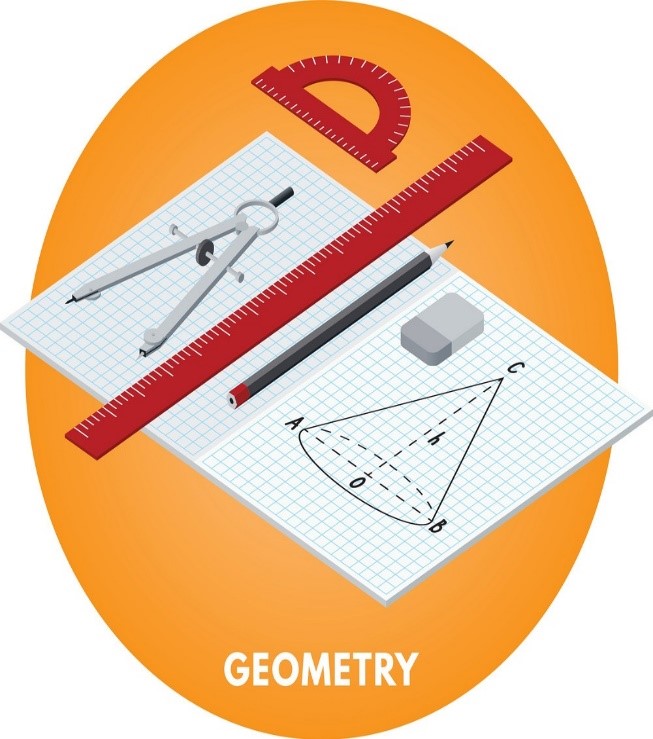
Teaching high school geometry is an important step in expanding your child’s foundation in math. It gives them the opportunity to build on their conceptual understanding of rigid transformations established in middle school and make algebraic connections that they’ve learned in the past. Course topics include: Points, Segments, Length Pythagorean Theorem Rays, Angles, Planes Congruency Logic Reasoning (truth tables) Transformations Postulates and Theorems of Geometry Geometric Proofs Complement and Supplement Properties of Triangles Special Triangles (30-60-90 and 45-45-90) Polygons Euler’s Formula Similar Figures Trigonometric Ratios Properties of Circles Arc, Arc Length, Chords, and Sectors |
Grade 12 Biology
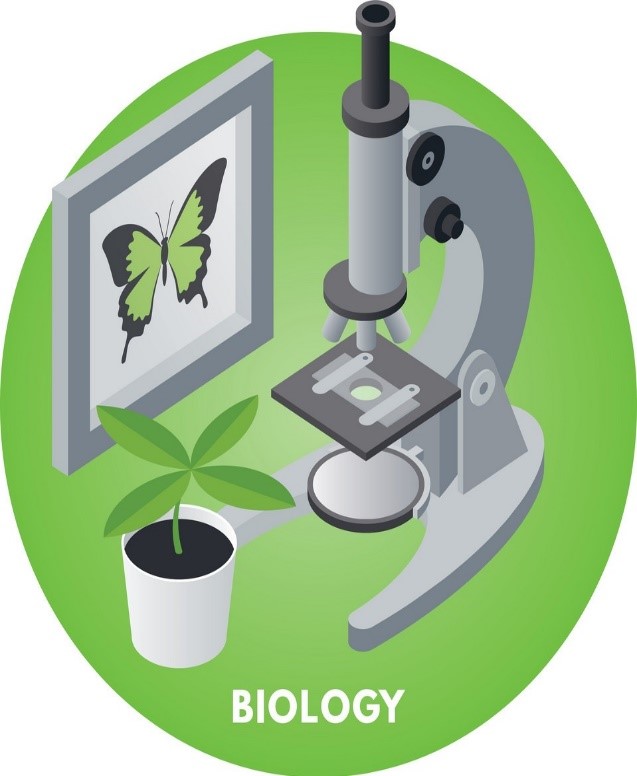
This course provides students with the opportunity for in-depth study of the concepts and processes associated with biological systems. Students will study theory and conduct investigations in the areas of biochemistry, metabolic processes, molecular genetics, homeostasis, and population dynamics. Emphasis will be placed on achievement of the detailed knowledge and refinement of skills needed for further study in various branches of the life sciences and related fields.
Grade 12 Business studies
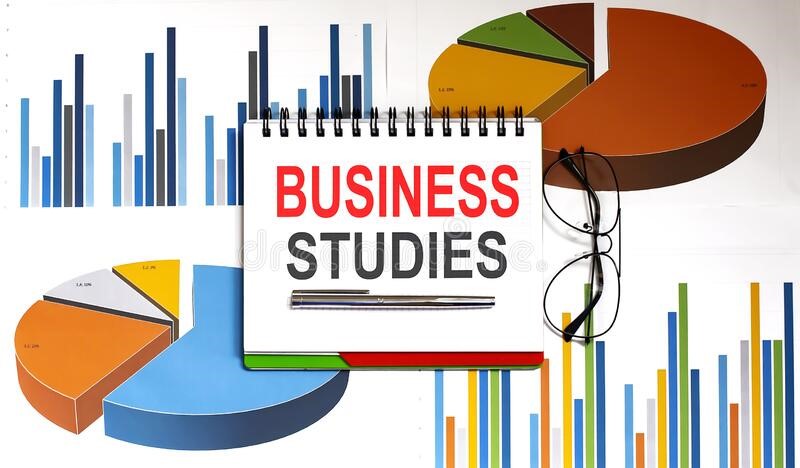
This Grade 12 Business Studies study guide presents the subject material in an accessible, organised format. This study guide reinforces your knowledge with bulleted summaries, illustrative diagrams and tables. Exam questions from recent Grade 12 exams at the end of each topic enable you to assess your Business Studies understanding and practice your skills. |
Grade 12 Chemistry
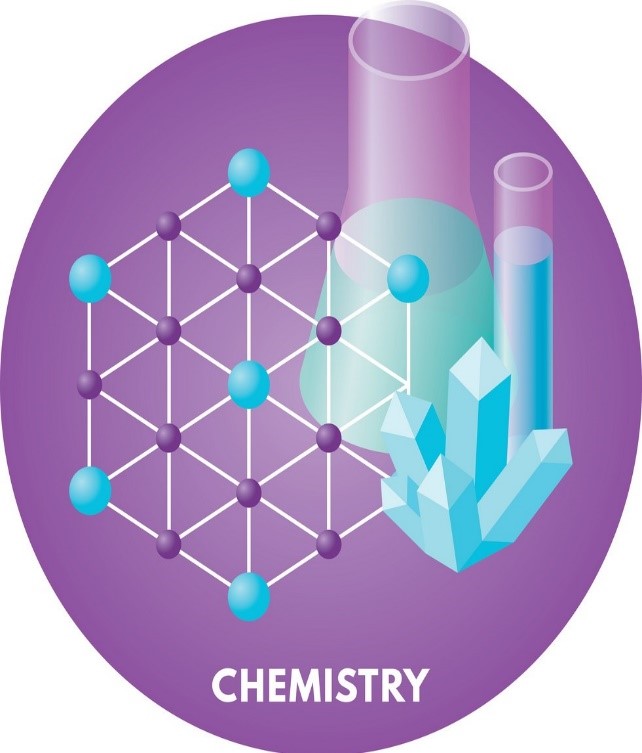
This course enables students to deepen their understanding of chemistry through the study of organic chemistry, energy changes and rates of reaction, chemical systems and equilibrium, electrochemistry, and atomic and molecular structure. Students will further develop problem-solving and laboratory skills as they investigate chemical processes, at the same time refining their ability to communicate scientific information. Emphasis will be placed on the importance of chemistry in daily life, and on evaluating the impact of chemical technology on the environment.
Grade 12 Computer Science
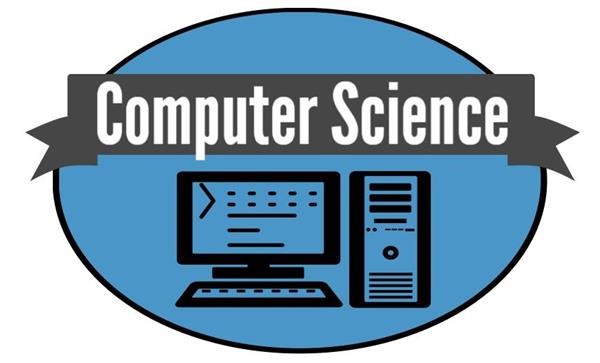
This course enables students to further develop knowledge and skills in computer science. Students will use modular design principles to create complex and fully documented programs, according to industry standards. Student teams will manage a large software development project, from planning through to project review. Students will also analyse algorithms for effectiveness. They will investigate ethical issues in computing and further explore environmental issues, emerging technologies, areas of research in computer science, and careers in the field. |
Grade 12 Economics
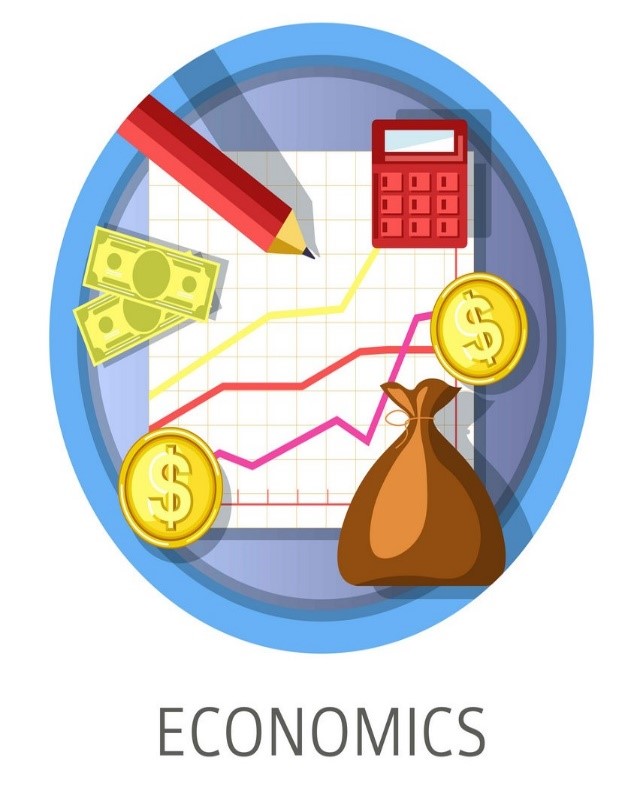
This course examines current Canadian and international economic issues, developments, policies, and practices from diverse perspectives. Students will explore the decisions that individuals and institutions, including governments, make in response to economic issues such as globalization, trade agreements, economic inequalities, regulation, and public spending. Students will apply the concepts of economic thinking and the economic inquiry process, as well as economic models and theories, to investigate, and develop informed opinions about, economic trade-offs, growth, and sustainability and related economic issues.
Grade 12 Engineering Drawing
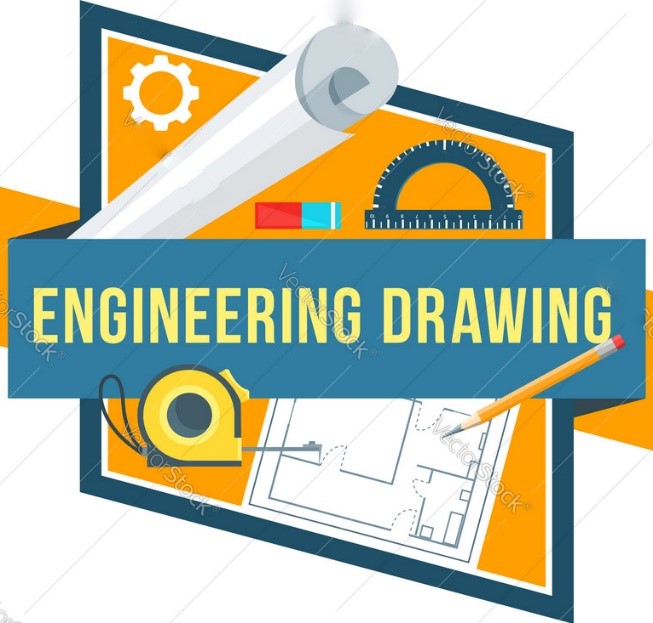
Engineering Design and Drafting Technologists participate in multi-discipline engineering projects. As technologists in this dynamic role, we use industry-standard software to collaborate, design, model, draft, coordinate and document projects in many disciplines, such as construction, mining and manufacturing. You’ll be trained in: computer aided drafting (CAD) 2D drafting 3D modeling cadastral survey drafting digital mapping civil, mechanical and structural drafting building information modeling (BIM) geographic information systems (GIS) cadastral surveying civil, mechanical and structural design computer programming engineering materials applied mechanics fluid mechanics applications project management |
Grade 12 English
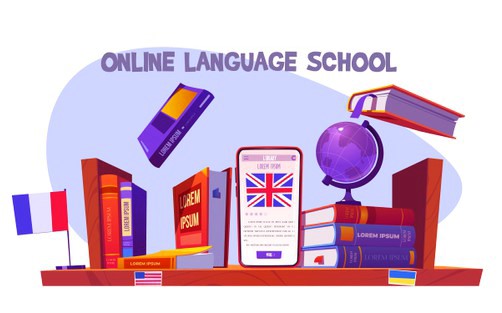
This course emphasizes the consolidation of literacy, communication, and critical and creative thinking skills necessary for success in academic and daily life. Students will analyse a variety of informational and graphic texts, as well as literary texts from various countries and cultures, and create oral, written, and media texts in a variety of forms for practical and academic purposes. An important focus will be on using language with precision and clarity and developing greater control in writing. The course is intended to prepare students for college or the workplace. |
Grade 12 Geography
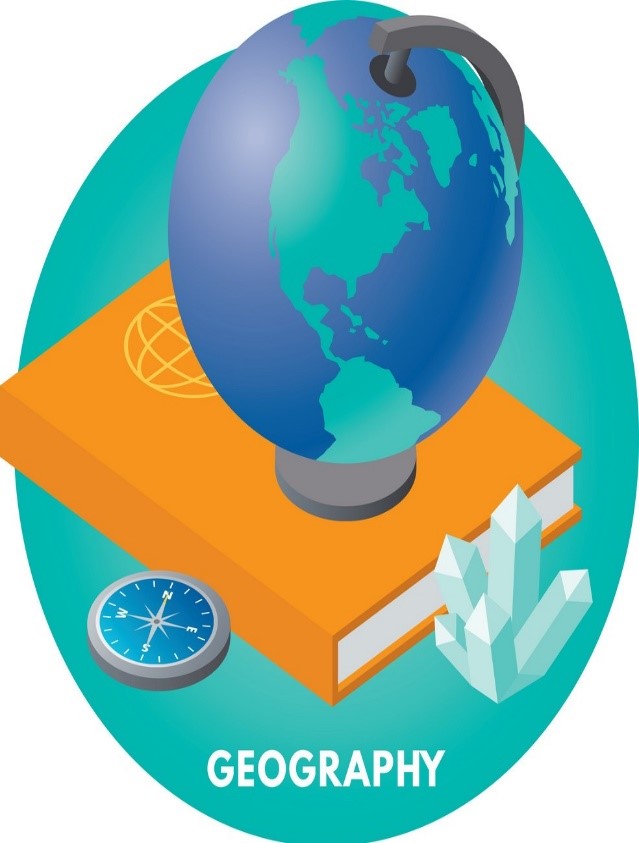
The Cisk Geography course investigates the earth in which we live, providing an in-depth look at the the physical attributes of its lands and oceans, as well as the how its climate and geographical features have shaped the culture and economy of the people that live in specific regions. Students will explore how people deal with difficult environments and how they use their environment to their advantage. They will investigate geography-related challenges that lie ahead, as well as physical resource management. This course provides high school students with a strong foundation in world geography helping them to better understand the world around them. 1: Structure of the Earth- 2: Map Reading Skills- 3: Weather Studies-4: Climate- 5: Utilisation and Management of Water Resources- 6: Utilisation and Management of Wildlife Resources- 7: Sustainable Utilisation of Forest and Veld Products- 8: Utilisation and Management of Rangelands- 9: Utilisation and Management of Water, Coal and Sun Resources- Unit 10: Research Methods- 11: Agriculture: Arable and Pastoral Farming- 12: Tourism |
Grade 12 Graphics Design
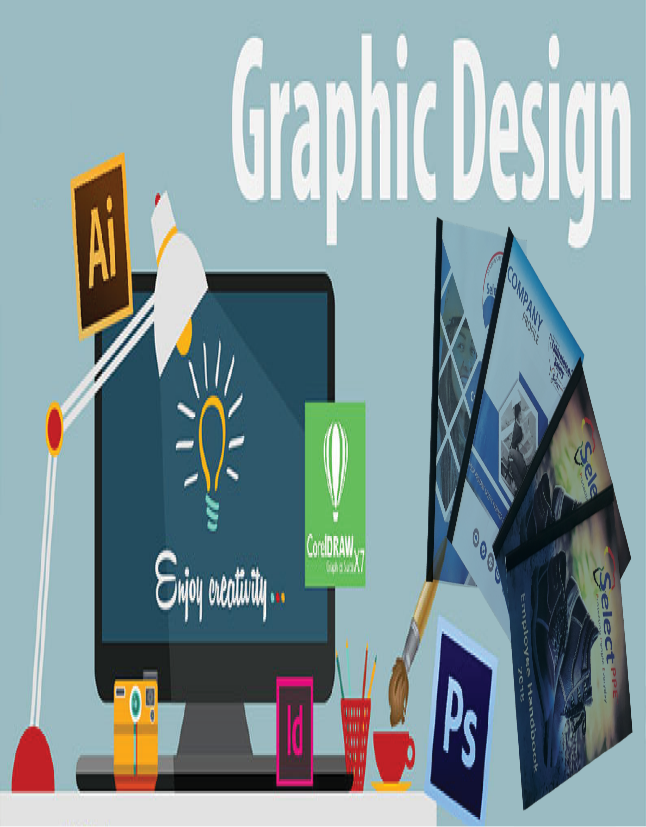
This curriculum is intended for students pursuing a career in the graphic design profession. This graphic design curriculum gives students the opportunity to learn the skills and knowledge required to function within the graphic design industry. Students use industry standard software and traditional media to visually express their ideas. By the end of the program, they will be able to produce graphic design and layout, illustration, and interactive graphic design to gain entry-level industry employment. Students also have the opportunity to work as self-employed graphic designers, or to continue their studies in graphic design at the post-secondary level. |
Grade 12 History
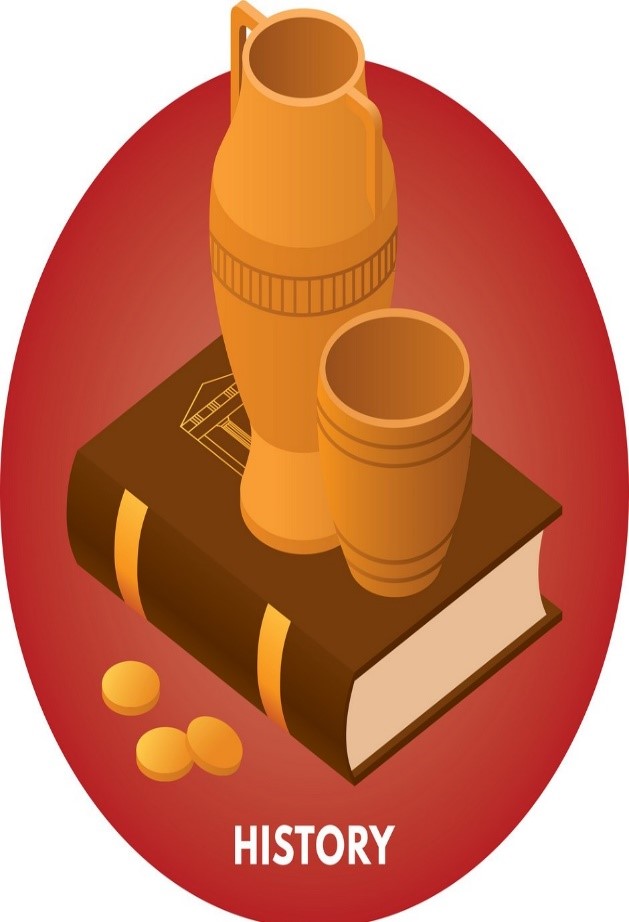
This course traces the history of Canada, with a focus on the evolution of our national identity and culture as well as the identity and culture of various groups that make up Canada. Students will explore various developments and events, both national and international, from precontact to the present, and will examine various communities in Canada and how they have contributed to identity and heritage in Canada. Students will investigate the development of culture and identity, including national identity, in Canada and how and why they have changed throughout the country’s history. They will extend their ability to apply the concepts of historical thinking and the historical inquiry process, including the interpretation and analysis of evidence, as they investigate the people, events, and forces that have shaped Canada
This course traces major developments and events in world history since approximately 1450. Students will explore social, economic, and political changes, the historical roots of contemporary issues, and the role of conflict and cooperation in global interrelationships. They will extend their ability to apply the concepts of historical thinking and the historical inquiry process, including the interpretation and analysis of evidence, as they investigate key issues and ideas and assess societal progress or decline in world history.
|
Grade 12 Home Science
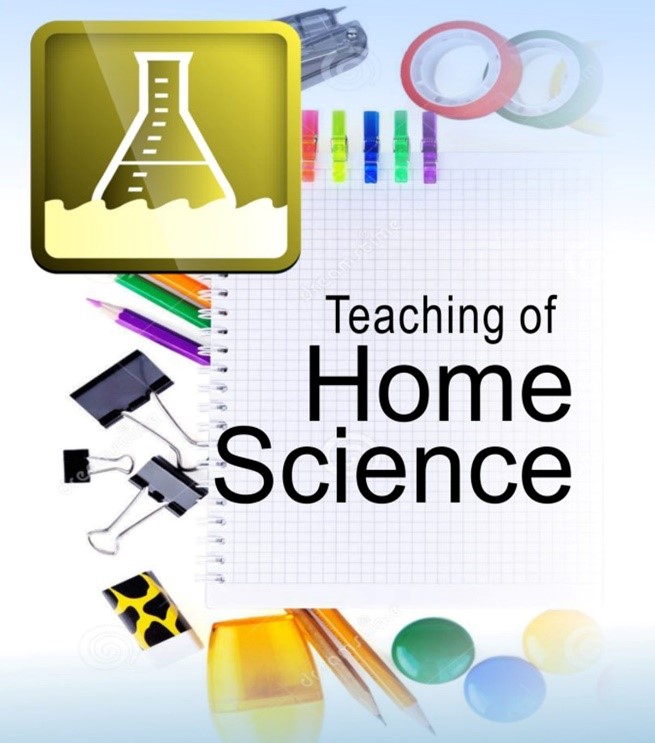
As the name suggested, Home Science is the study of Home which includes much more than what you think! The study of Home is not just confined to managing essential tasks for running a household. It also concerns building a Family Ecosystem which promotes better living. It combines the application of different fields including Human Environment, Management of Resouces, Child Development and Nutrition. Home Science is also an optional subject offered by CISK in class 11th and 12th. |
Grade 12 Informatics Practices
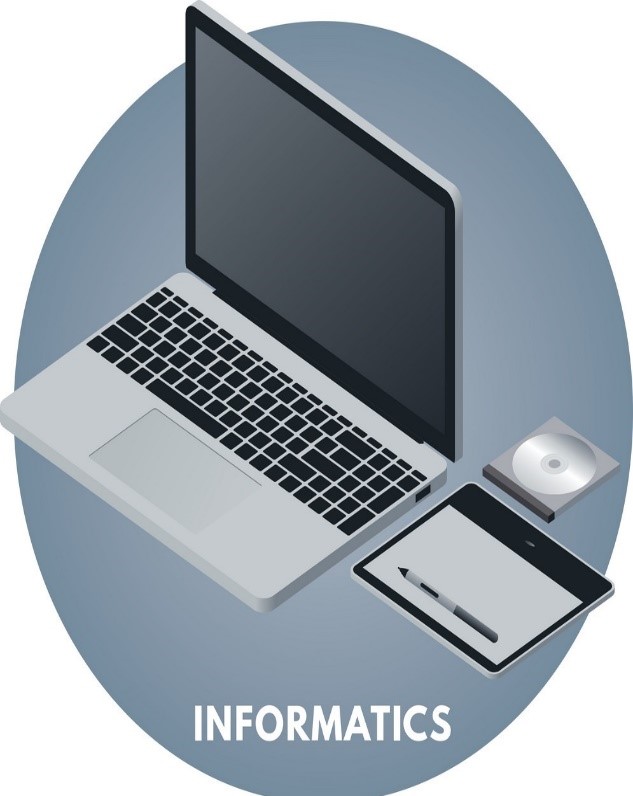
One of the popular subjects taken up by class 11 and 12 students, Information Practices majorly deals with acquainting them with operation handling and computer technology. The subject further helps in developing sound skills in Database Creation using technologies like SQL, to design, program and develop database-driven web applications using Graphical User Interface Programming Tools and Relational Database Management Systems. By the means of this blog, we aim to bring a complete guide of Informatics Practices Class 12, as well as an overview of the topics prescribed by the Central Board of Secondary Education for the subject. Syllabus of Informatics Practices Class 12 The curriculum designed of Informatics Practices Class 12, aims to develop in students on working knowledge of a computer system and peripherals. Given below the class 12 syllabus of IP: Unit No. Unit Name 1 Data Handling 2 Society, Law and Ethics 3 Data Management 4 Basic Software Engineering |
Grade 12 Other Subjects
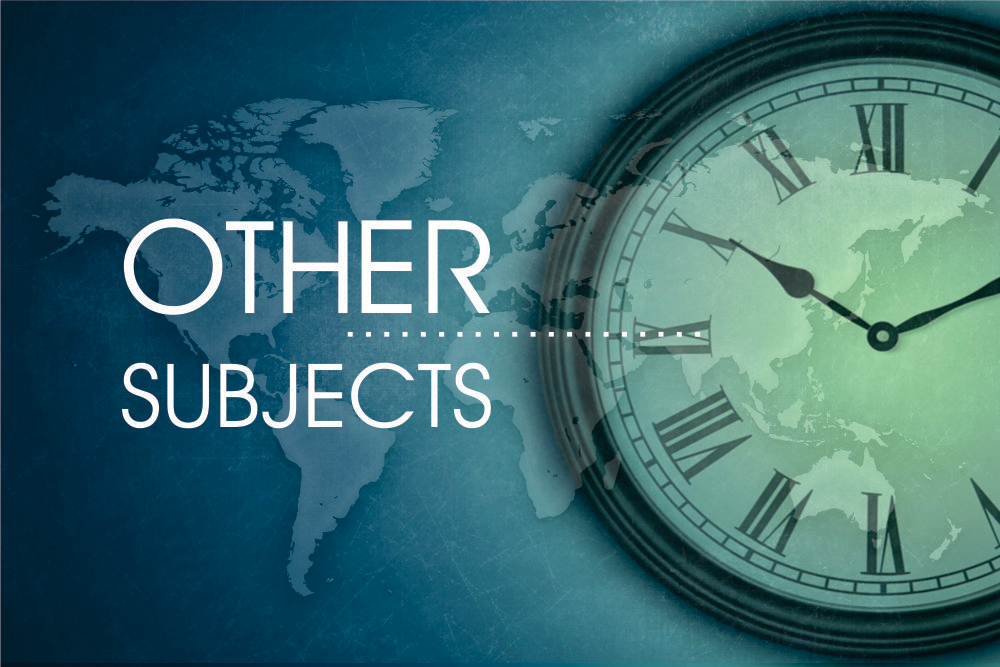
Other Subjects Guides to history, math, biology, drama, poetry, sociology, plus many other subjects. Our most popular guides include quick quizzes |
Grade 12 Physical Education
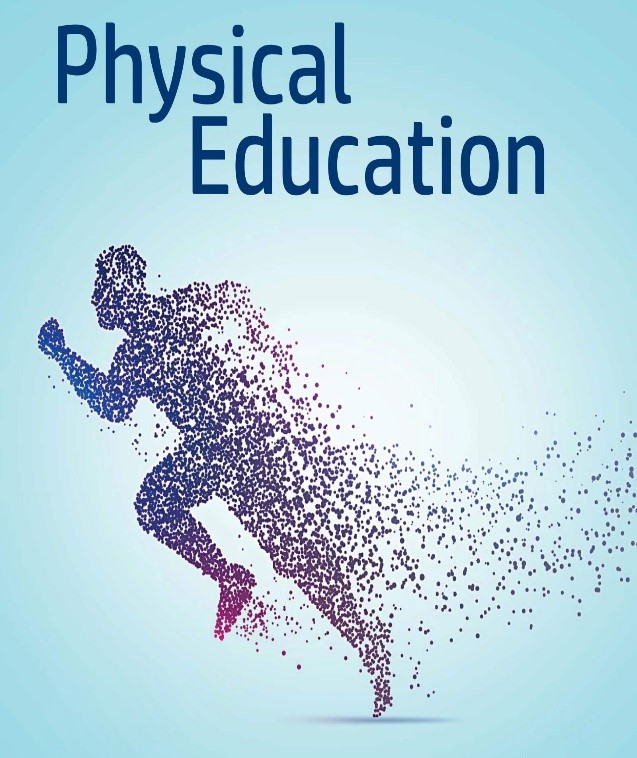
This course focuses on the study of human movement and of systems, factors, and principles involved in human development. Students will learn about the effects of physical activity on health and performance, the evolution of physical activity and sport, and the physiological, psychological, and social factors that influence an individual’s participation in physical activity and sport. The course prepares students for university programs in physical education and health, kinesiology, health sciences, health studies, recreation, and sports administration. |
Grade 12 Physics
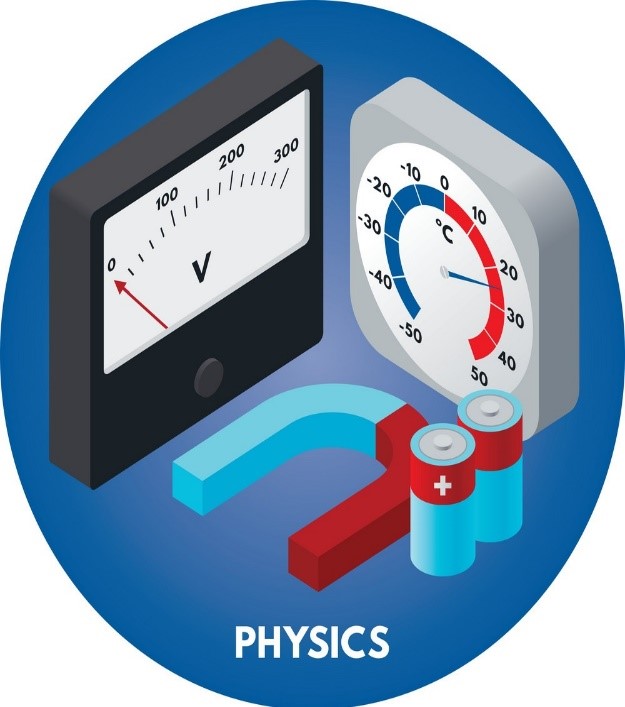
This course develops students’ understanding of the basic concepts of physics. Students will explore these concepts with respect to motion; mechanical, electrical, electromagnetic, energy transformation, hydraulic, and pneumatic systems; and the operation of commonly used tools and machines. They will develop their scientific investigation skills as they test laws of physics and solve both assigned problems and those emerging from their investigations. Students will also consider the impact of technological applications of physics on society and the environment. |
Grade 12 Political Science
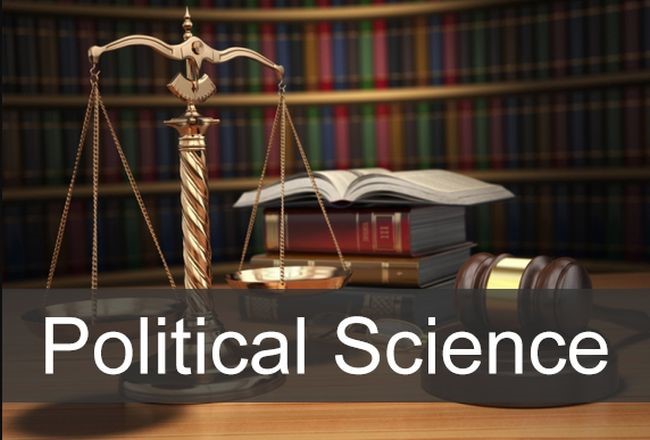
This course explores various perspectives on issues in Canadian and world politics. Students will explore political decision making and ways in which individuals, stakeholder groups, and various institutions, including governments, multinational corporations, and non-governmental organizations, respond to and work to address domestic and international issues. Students will apply the concepts of political thinking and the political inquiry process to investigate issues, events, and developments of national and international political importance, and to develop and communicate informed opinions about them.
Grade 12 Psychology

CISK Psychology introduces students to the science of psych. Students learn foundational knowledge regarding the scientific method, and human anatomy, and apply this to the study of memory, learning, stress, thought and personality, and states of consciousness. Students also analyze common psychological disorders career paths within Psychology. |
Grade 12 Sociology
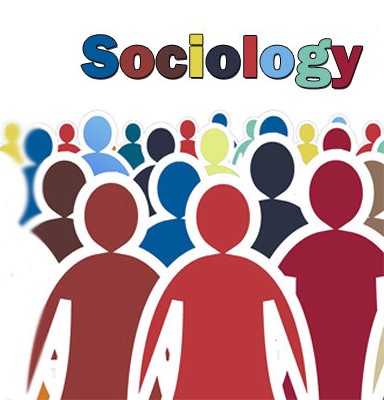
Human society is the most complex, unique and intriguing civilization to have ever existed. For those interested in exploring social behaviour and constructs in human society, Sociology provides an insightful understanding of how human society works as well as the functioning of human culture and customs. If you are aiming to study Sociology at an advanced level, Sociology is a suitable choice as it encompasses the study of various important aspects of society like social relations, social structure, interaction and mechanism. |
